What is noteworthy about Kyleakin Scotland? What Scotch Whiskey is brewed nearby? Did the Macgregor Clan live there? Did the Davidson Clan Live there?
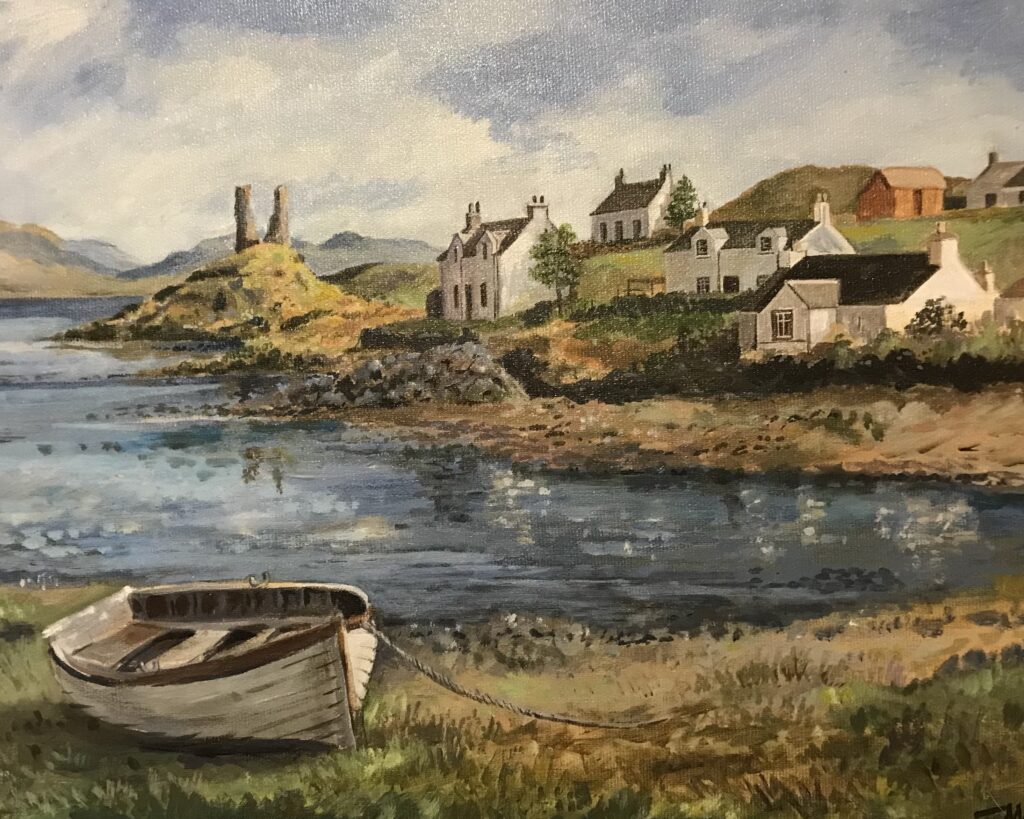
Kyleakin is a small village located on the east coast of the Isle of Skye in Scotland2. It is not a well-known tourist destination, but it is located in a beautiful natural setting.
When was the bridge at Kyleakin built? What toll was involved? How did the toll get removed and did this remove all tolls in Scotland and Why?
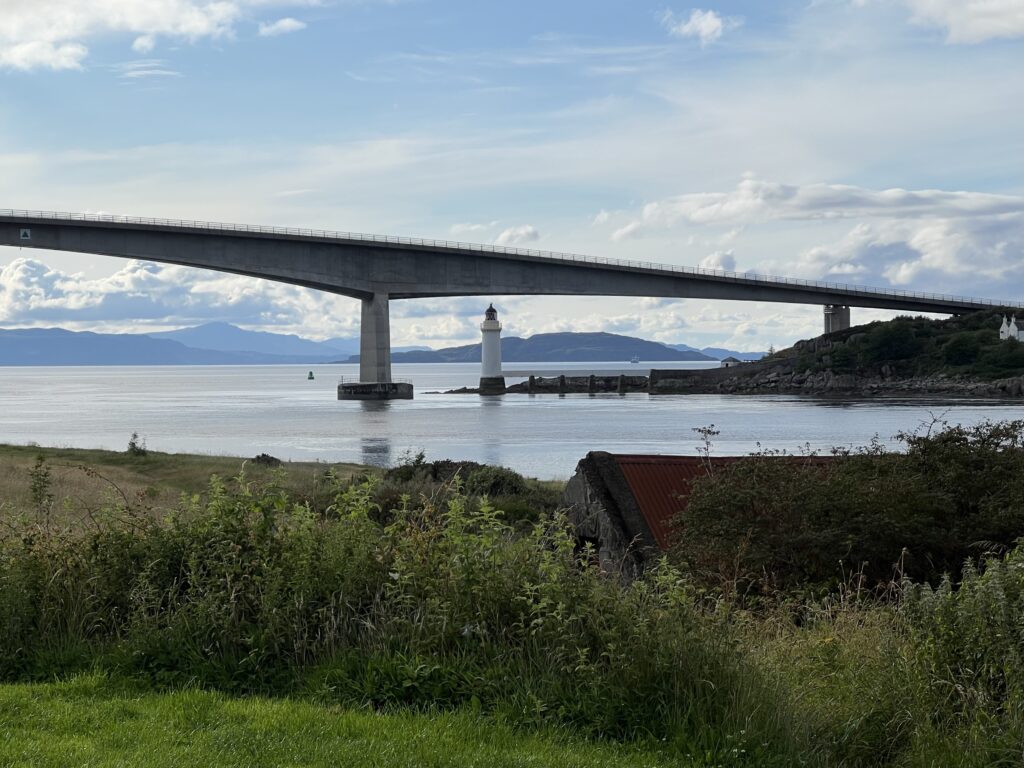
The bridge at Kyleakin, known as the Skye Bridge, was built in 19956. When the bridge first opened, tolls were implemented based on the fares of the ferries it replaced1. The tolls charged for crossing the bridge were initially quite high, causing outrage among locals and visitors. Car drivers were charged up to £5.20 each way, compared to 40p on the Forth Road Bridge3.
The tolls on the Skye Bridge became a political issue, and after the 1997 General Election, the Labour-run Scottish Office introduced a scheme to subsidize tolls for locals, costing a total of £7 million4. With the transfer of responsibility for Scotland’s road network to the Scottish Executive, there was increased political pressure to remove the tolls.
On June 3, 2004, the Enterprise Minister in the Scottish Executive announced plans to buy out the bridge and abolish the tolls by the end of 20044. The bridge was eventually purchased for approximately £27 million, and toll collection immediately ceased on December 21, 20044.The removal of tolls on the Skye Bridge did not remove all tolls in Scotland. Tolls on other bridges and roads in Scotland still exist, such as the Forth Road Bridge and the Tay Road Bridge4. The removal of tolls on the Skye Bridge was a result of political pressure and the decision to buy out the bridge, rather than a blanket removal of all tolls in Scotland.In summary:
- The Skye Bridge at Kyleakin was built in 19956.
- Tolls were initially implemented on the bridge based on the fares of the ferries it replaced1.
- The tolls on the Skye Bridge were initially high, causing outrage among locals and visitors3.
- After political pressure and a buyout decision, toll collection on the Skye Bridge ceased on December 21, 20044.
- The removal of tolls on the Skye Bridge did not remove all tolls in Scotland4.
Were there any other tolls in Scotland that were removed after the Skye Bridge toll was abolished
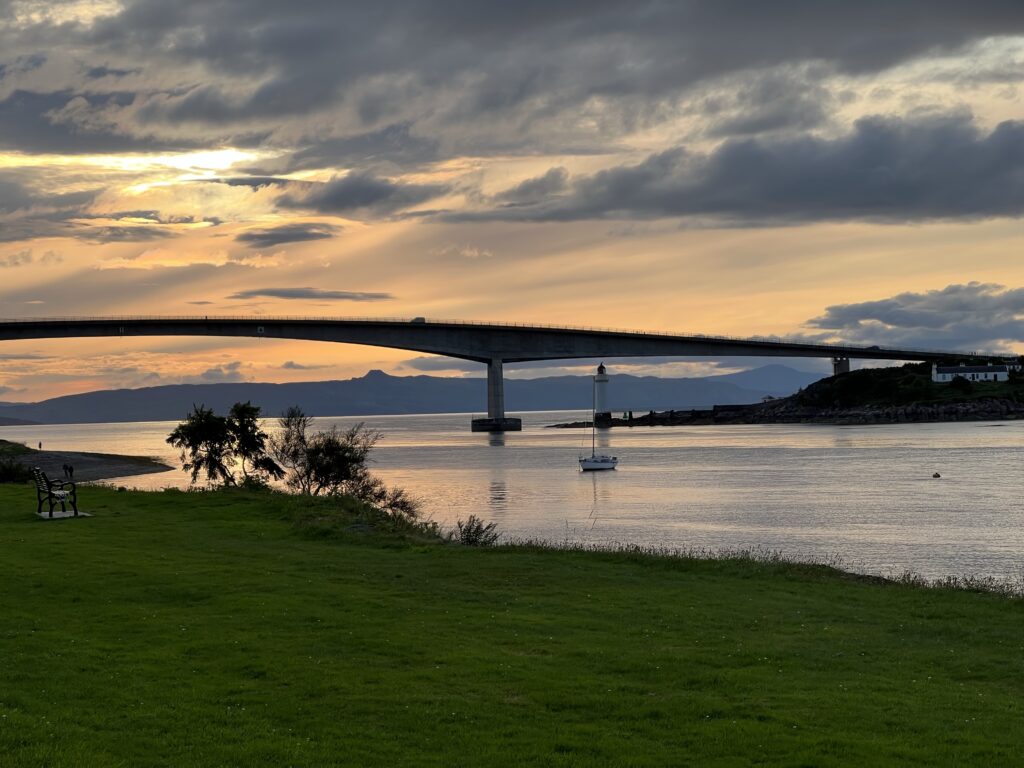
After the tolls on the Skye Bridge were abolished in 2004, there were other tolls in Scotland that were also removed. The Abolition of Bridge Tolls (Scotland) Act 2008 was passed by the Scottish Parliament to abolish tolls on all road bridges in Scotland2. This act removed the remaining tolls on the Forth Road Bridge and the Tay Road Bridge, as well as repealed legislation relating to the Erskine Bridge2.
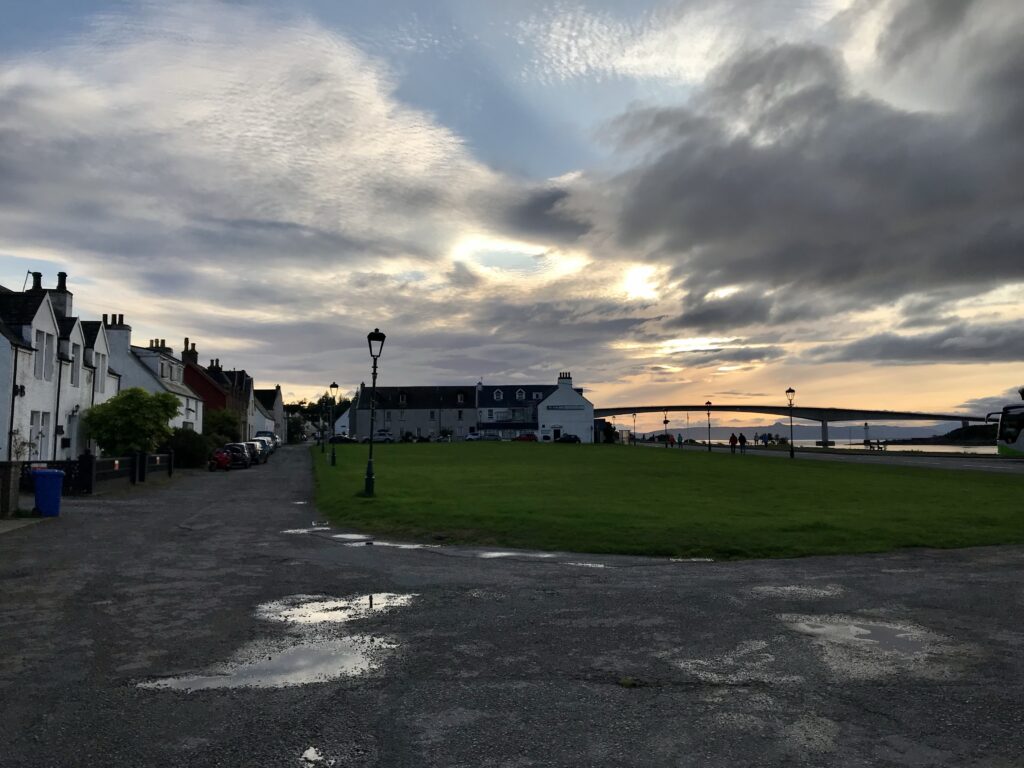
The decision to remove tolls on bridges was influenced by the controversy surrounding the tolls on the Skye Bridge and the political pressure to address the issue26. The tolls on the Skye Bridge had been a contentious topic since its opening, and their abolition in 2004 set a precedent for the removal of tolls on other bridges in Scotland24.
It is important to note that not all tolls in Scotland were removed. There may still be tolls on certain bridges or roads in Scotland that have not been abolished4. The removal of tolls on the Skye Bridge and other bridges was a result of specific legislative actions and political decisions, rather than a blanket removal of all tolls in Scotland.In summary:
- The Abolition of Bridge Tolls (Scotland) Act 2008 was passed to abolish tolls on all road bridges in Scotland2.
- This act removed the remaining tolls on the Forth Road Bridge and the Tay Road Bridge, as well as repealed legislation relating to the Erskine Bridge2.
- The decision to remove tolls on these bridges was influenced by the controversy surrounding the tolls on the Skye Bridge and political pressure26.
- Not all tolls in Scotland were removed, and there may still be tolls on certain bridges or roads4.
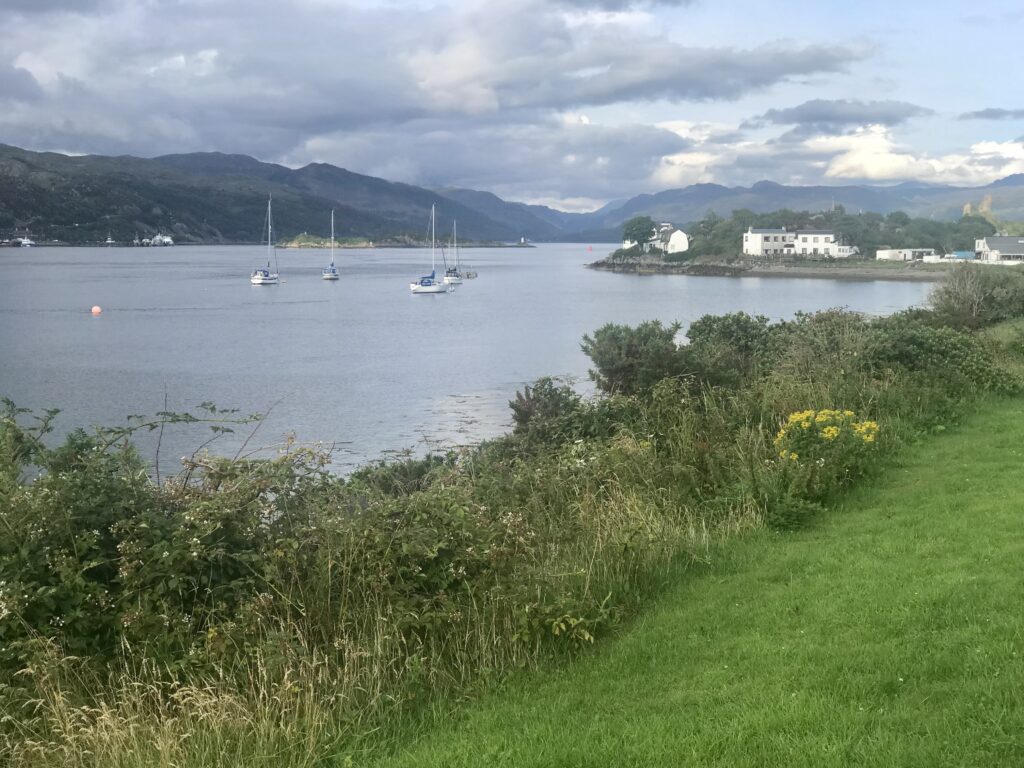
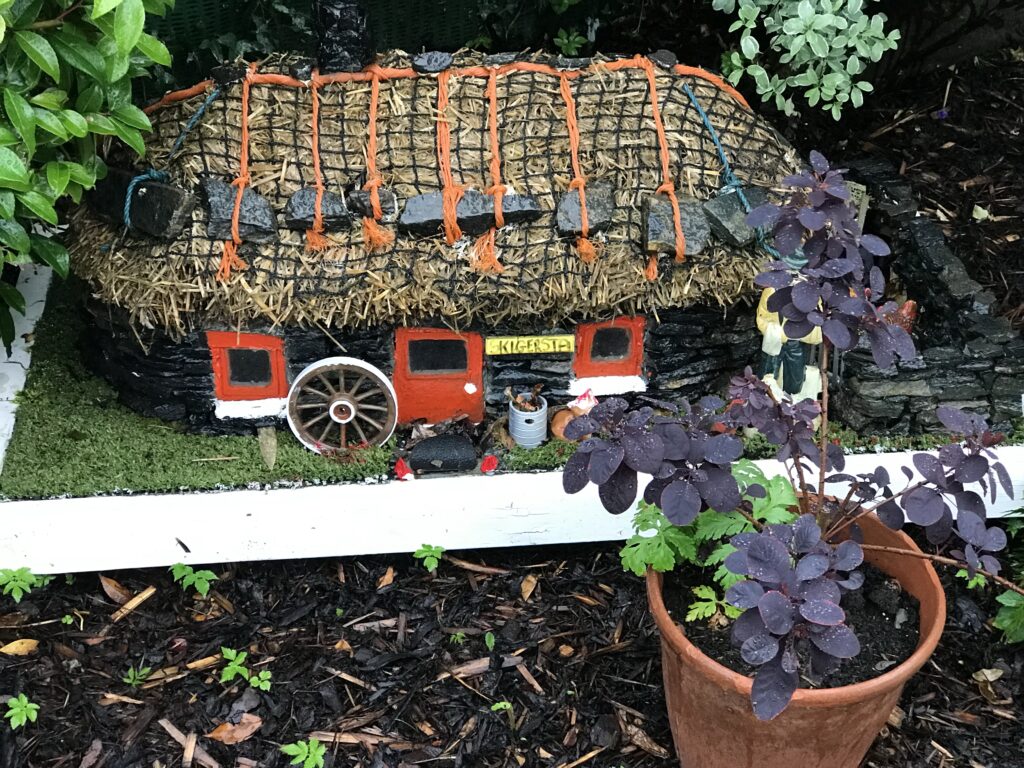
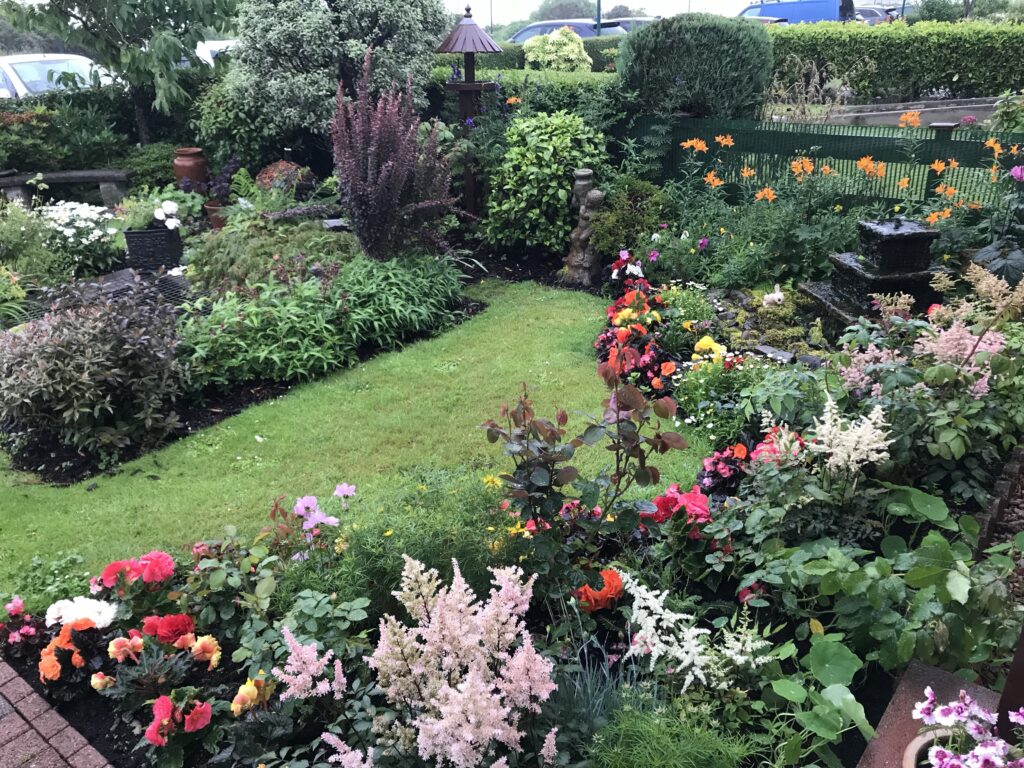
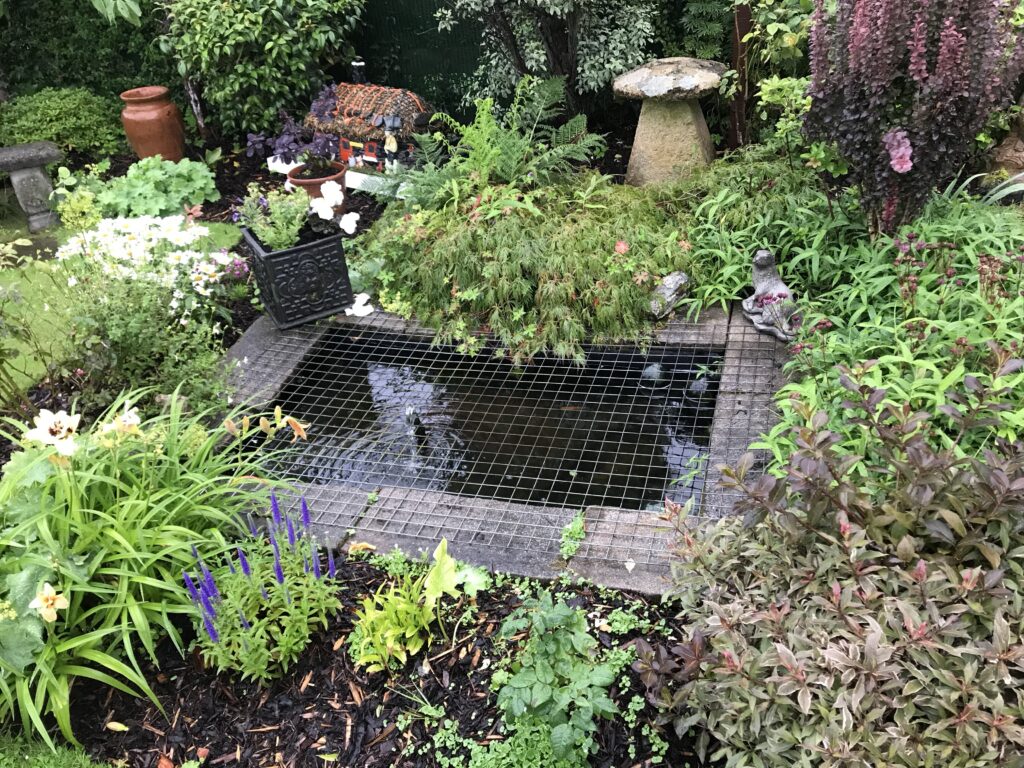
What is noteworthy about Portee Scotland? What Scotch Whiskey is brewed nearby? Did the Macgregor Clan live there? Did the Davidson Clan Live there?
Portree is a town located on the Isle of Skye in Scotland4. It is the largest town on the island and serves as a hub for tourism and commerce. There are several noteworthy things about Portree:
- Whiskey: Clan MacGregor whiskey is brewed nearby15. Clan MacGregor whiskey honors the MacGregors, one of Scotland’s oldest clans15.
- Clans: The MacLeod clan is associated with the Isle of Skye, where Portree is located2. The MacGregor clan is one of Scotland’s oldest clans and is associated with Clan MacGregor whiskey15.
In summary, Portree is a town located on the Isle of Skye in Scotland. Clan MacGregor whiskey is brewed nearby, and the MacLeod clan is associated with the Isle of Skye. The MacGregor clan is one of Scotland’s oldest clans and is associated with Clan MacGregor whiskey. It is unclear if the Davidson clan lived in Portree.
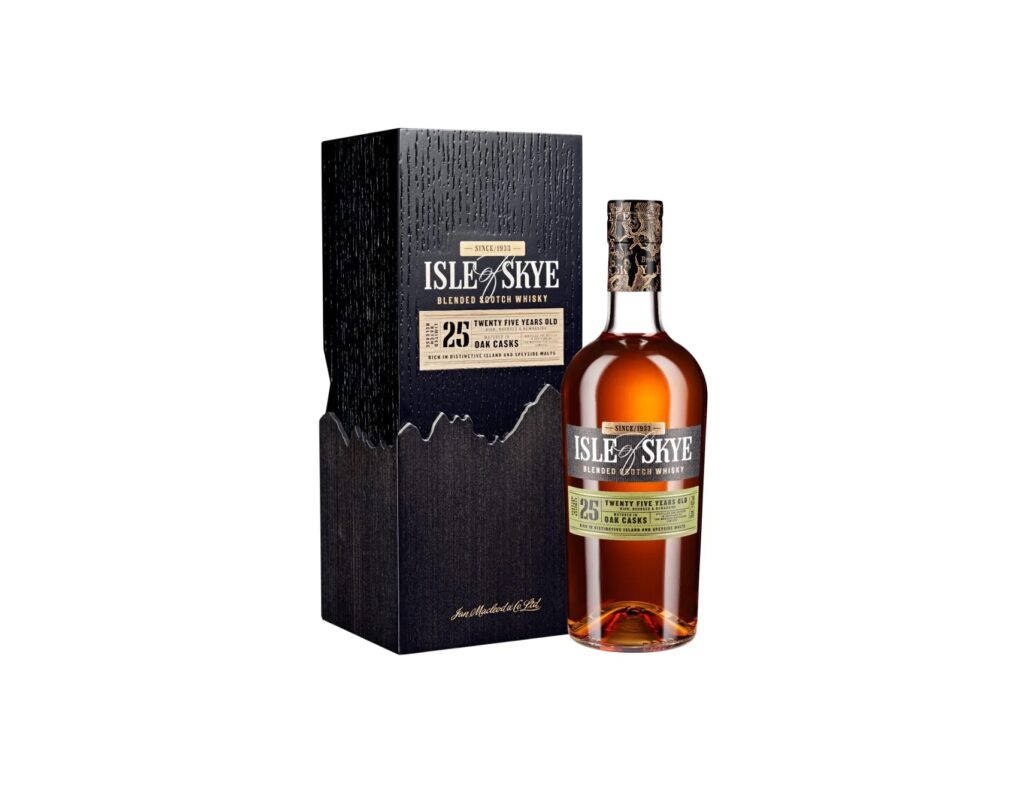
Ian Macleod Distillers is the owner of the Isle of Skye Blended Scotch Whisky brand, which is inspired by the dramatic landscapes of the island4.
What is the history of Portree Scotland
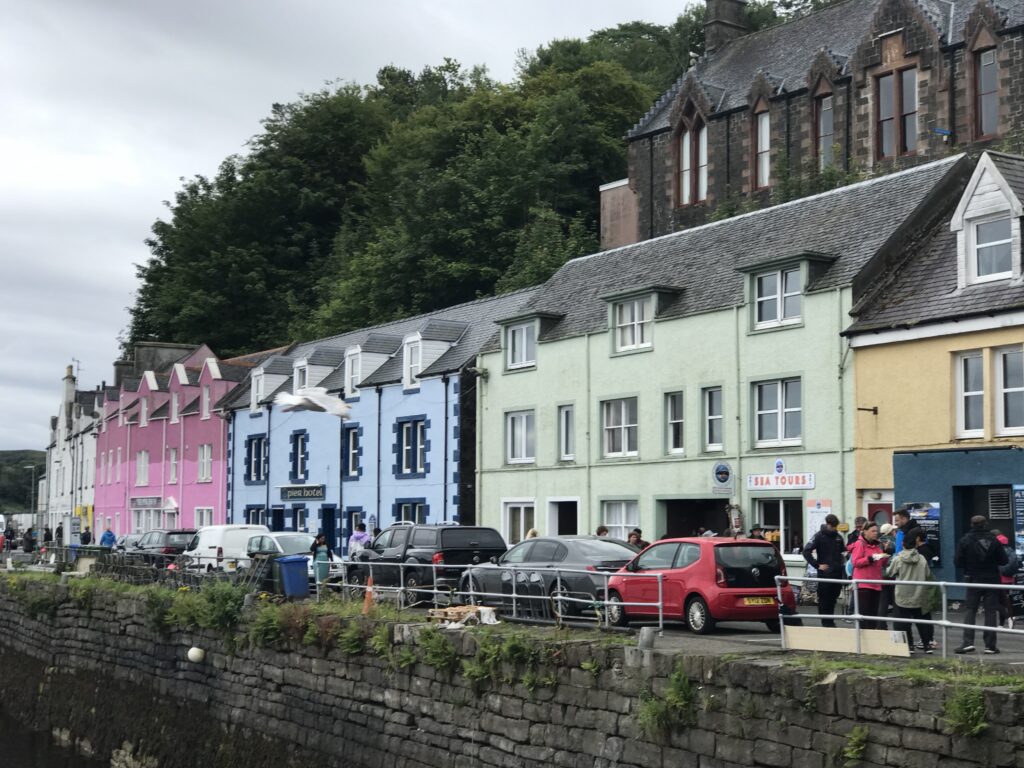
The name Portree or Port Righ, King’s Port in Gaelic, is popularly thought to derive from a visit by King James V (of Scotland) in 1540, but the area around the harbor was called Portree or Portray long before the arrival of the king1. The town has a harbor fringed by cliffs, with a pier designed by Thomas Telford4.
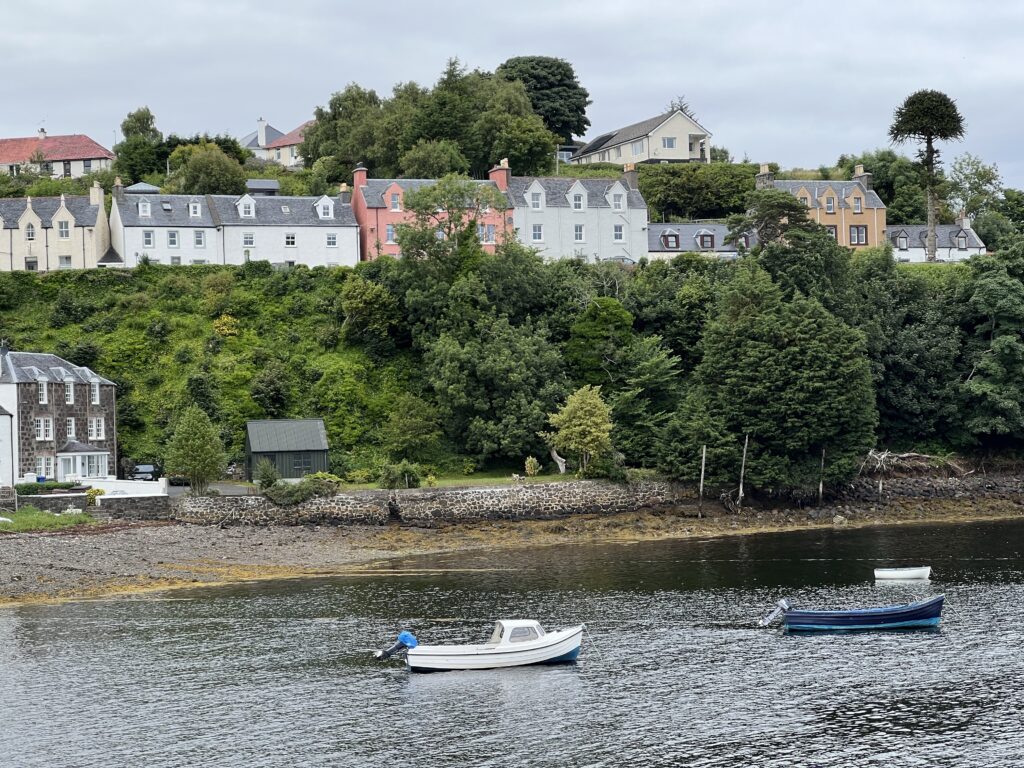
In the 1700s, the town was a popular point of departure for Scots sailing to America to escape poverty. This form of use repeated during the famine in the 1840s. Both times, the town was saved by an influx of boats, often going between mainland Scotland and the Outer Hebrides, who used Portree’s pier as a rest point. The town also began exporting fish at this time, which contributed greatly to the local economy4.
Today, Portree is the largest town on Skye and acts as the island’s capital. It is a hub for tourism and commerce, with banks, churches, cafes and restaurants, a cinema at the Aros Centre, a swimming pool, and library4.
What was the original purpose of Portree’s harbor
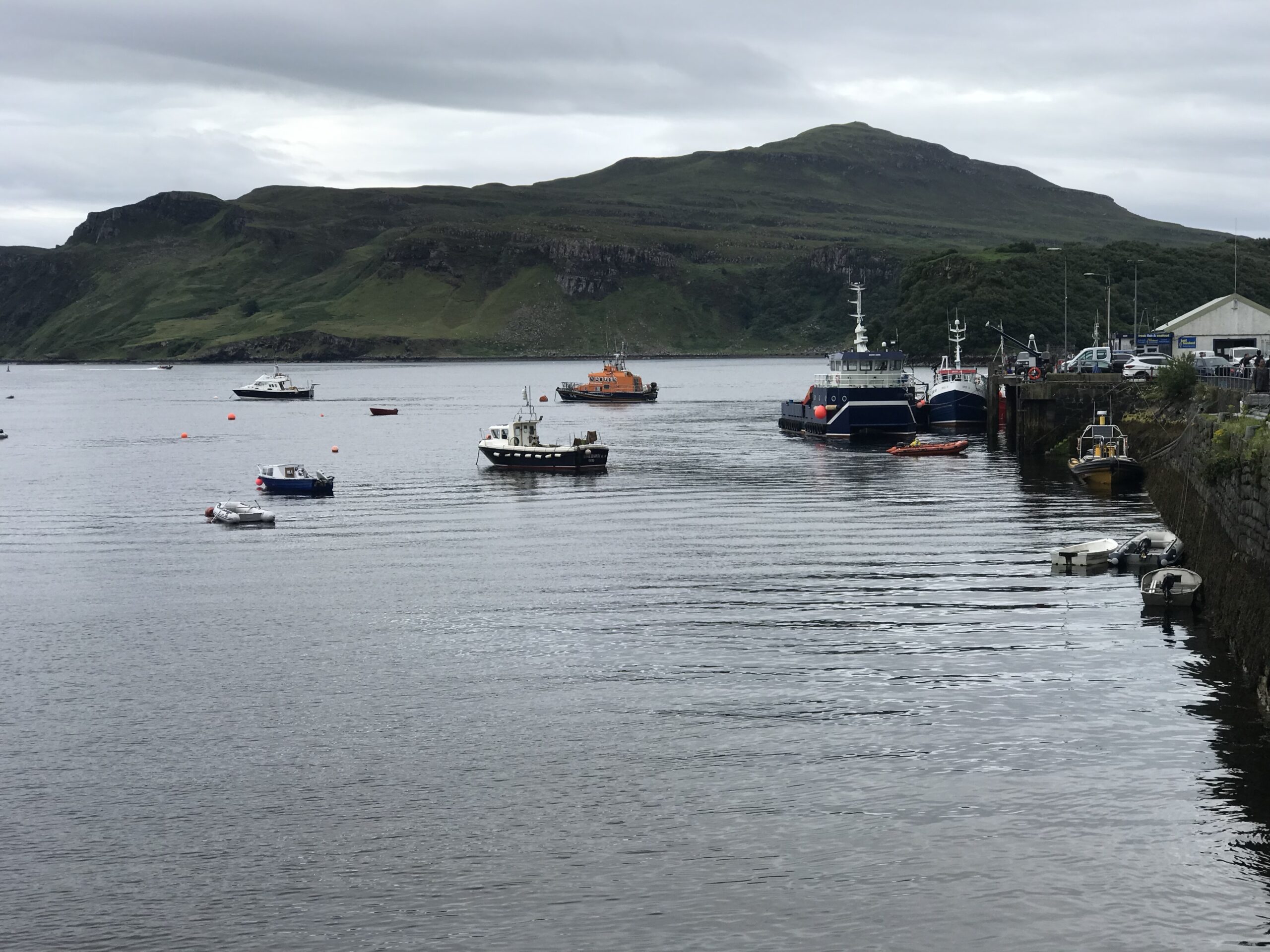
The original purpose of Portree’s harbor was to encourage fishing and serve as a point of departure for Scots sailing to America to escape poverty34. The harbor was developed as early as the 18th century to support the fishing industry3.
During the 1700s and the famine in the 1840s, Portree became a popular point of departure for Scots seeking better opportunities in America4. The harbor provided a vital connection for boats traveling between mainland Scotland and the Outer Hebrides, serving as a rest point for these journeys4.
Additionally, the harbor facilitated the export of fish, which contributed significantly to the local economy4.Over time, the harbor has continued to be a bustling hub for various activities, including fueling, fishing, salmon farming, and serving as a destination for cruise liners5.
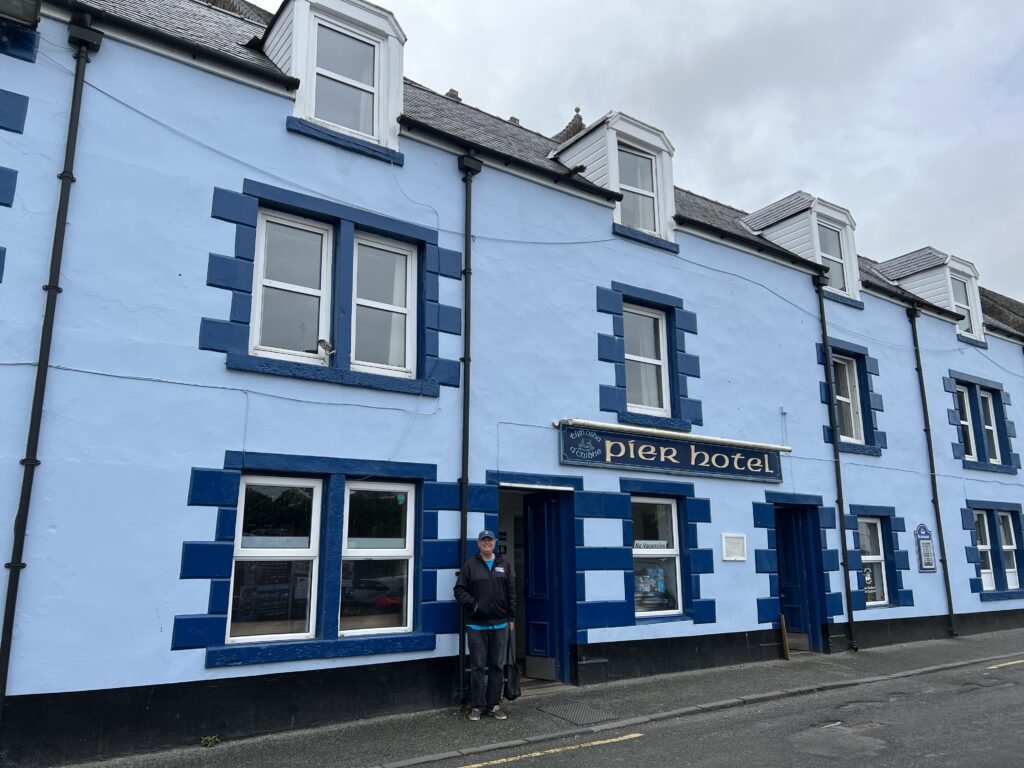
The pier designed by Thomas Telford in Portree is significant for several reasons:
- Historical significance: The pier was built in 1818-1820 and is over 200 years old4. It was once a port of call for steamboats carrying cargo such as livestock and coal4. The pier has been an integral part of the town’s history, serving as a vital connection for boats traveling between mainland Scotland and the Outer Hebrides4.
- Architectural significance: The pier was designed by Thomas Telford, a prominent Scottish civil engineer and architect13. Telford was responsible for designing many of Scotland’s most significant infrastructure projects, including roads, bridges, and canals1. The pier is an excellent example of Telford’s work and is considered an important part of Scotland’s architectural heritage1.
- Tourist attraction: The pier is a popular tourist attraction in Portree and is often featured in photographs and postcards6. Visitors can enjoy views of the harbor and the surrounding cliffs from the pier6. The pier is also a popular spot for fishing and is used by local fishermen to catch a variety of fish, including mackerel, herring, and cod4.
In summary, the pier designed by Thomas Telford in Portree is significant for its historical and architectural significance and is a popular tourist attraction in the town.
What is noteworthy about Sconser Scotland? What Scotch Whiskey is brewed nearby? Did the Macgregor Clan live there? Did the Davidson Clan Live there? What other Clans lived there?
Sconser, Scotland is a small village located on the Isle of Skye. While there is limited information specifically about Sconser, here is what we know:
- Clan MacGregor: Clan MacGregor, also known as Clan Gregor, is one of the oldest clans in Scotland4.They are said to be descended from Kenneth MacAlpin, the king4. There is a Scotch whisky called Clan MacGregor Blended Scotch Whisky, which honors the MacGregor clan235.
- Clan Davidson: Clan Davidson is a Highland Scottish clan and a member of the Chattan Confederation1. The clan’s historic seat is Tulloch Castle1. The Davidson clan has a motto, “Sapienter si sincere,” which translates to “Wisely if sincerely”1. There is no specific information indicating that the Davidson clan lived in Sconser, Scotland.
- Other Clans: While there is no specific information about other clans living in Sconser, Scotland, the Isle of Skye is known for its rich history and connection to various clans. Some notable clans associated with the Isle of Skye include Clan MacLeod, Clan MacDonald, and Clan MacKinnon.
Please note that the information provided is based on the search results available and may not be exhaustive.
What is the history of Sconser Scotland
Sconser, Scotland is a small crofting township located on the south shore of Loch Sligachan on the Isle of Skye. Here is a brief overview of the history of Sconser:
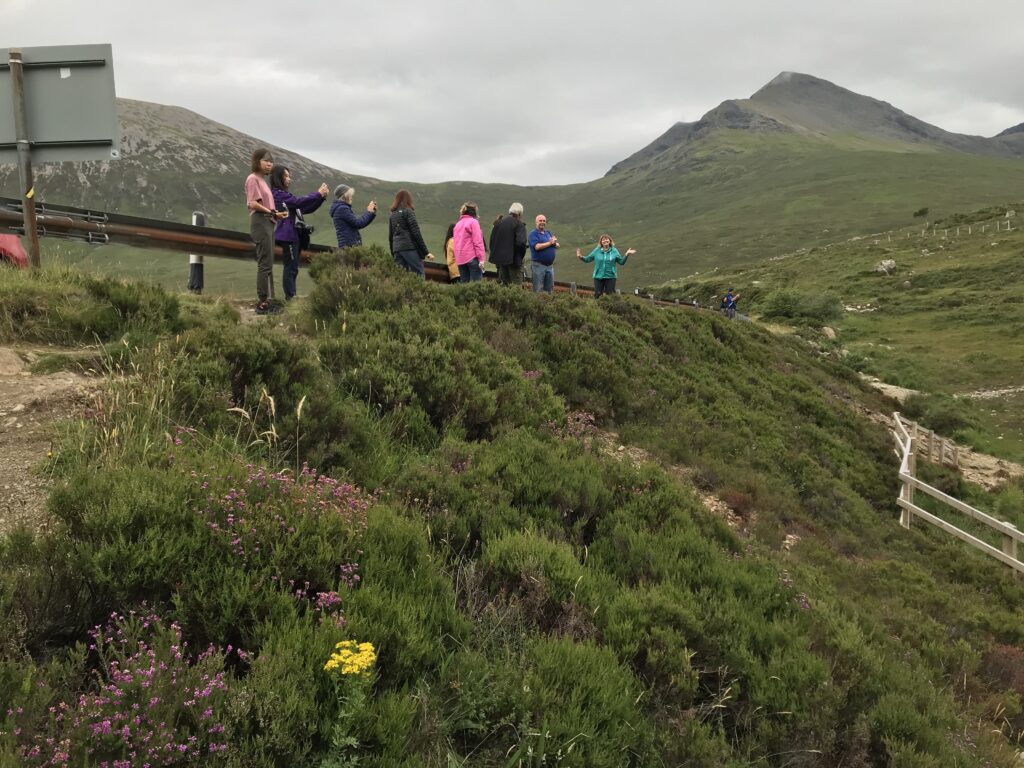
- Early history: The exact early history of Sconser is not well-documented. However, it is known that a large house was built for Clan MacLeod on the nearby island of Raasay in the 1500s3.
- Birthplace of John Mackenzie: Sconser was the birthplace of John Mackenzie (1856–1933), a professional climber. Sgurr Mhic Choinnich, a peak on the Isle of Skye, is named after him4.
- Crofting township: Sconser has a history of crofting, which is a traditional form of small-scale agriculture in the Scottish Highlands and Islands. The area has been home to crofting families for centuries, and it continues to be an important part of the local economy6.
While there is limited information available about the specific historical events and developments in Sconser, the area’s rich history and heritage can be explored further by visiting local museums, heritage sites, and engaging with the local community.Please note that the information provided is based on the search results available and may not be exhaustive.
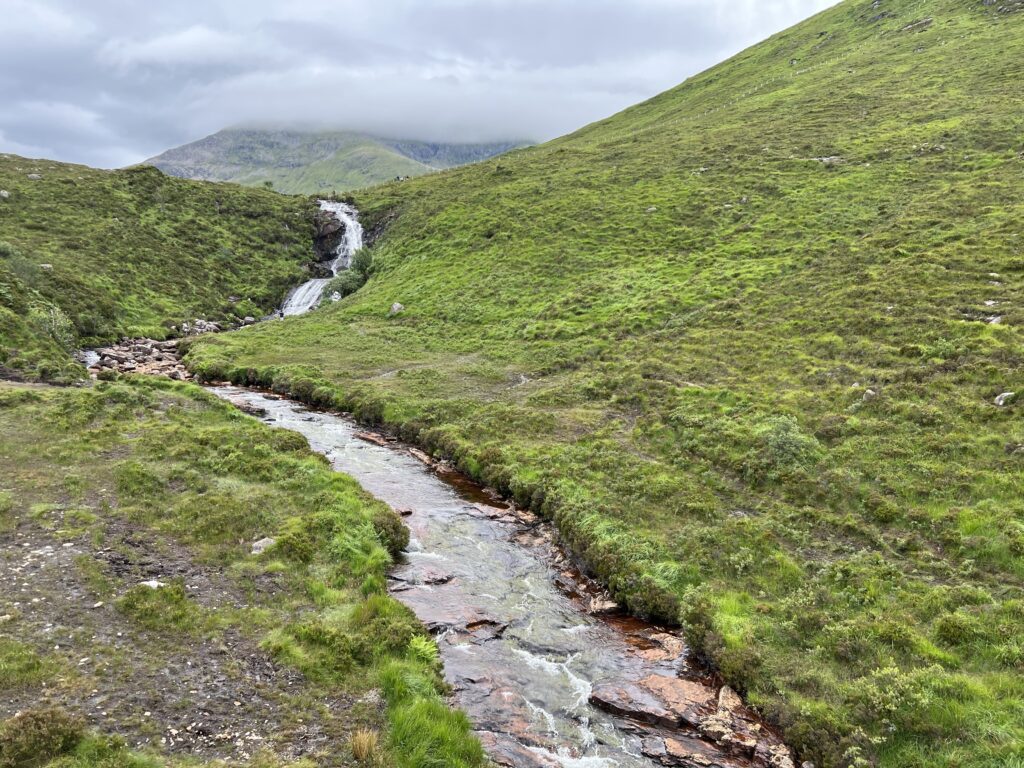
What is noteworthy about Sligachan Scotland? What Scotch Whiskey is brewed nearby? Did the Macgregor Clan live there? Did the Davidson Clan Live there? What other Clans lived there?
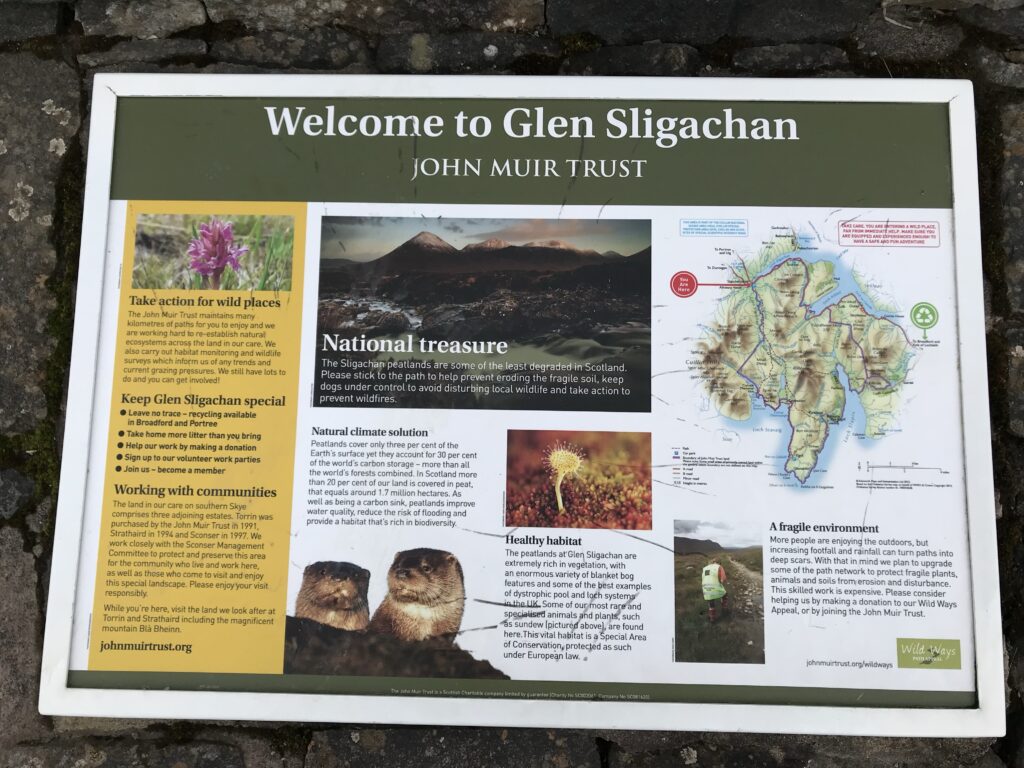
Sligachan is a small settlement on the Isle of Skye in Scotland, notable for its scenic views of the Cuillin mountains2. The nearby Talisker Distillery produces Talisker single malt Scotch whisky2. The MacGregor Clan is one of the oldest clans in Scotland and is also known as Clan Gregor13.
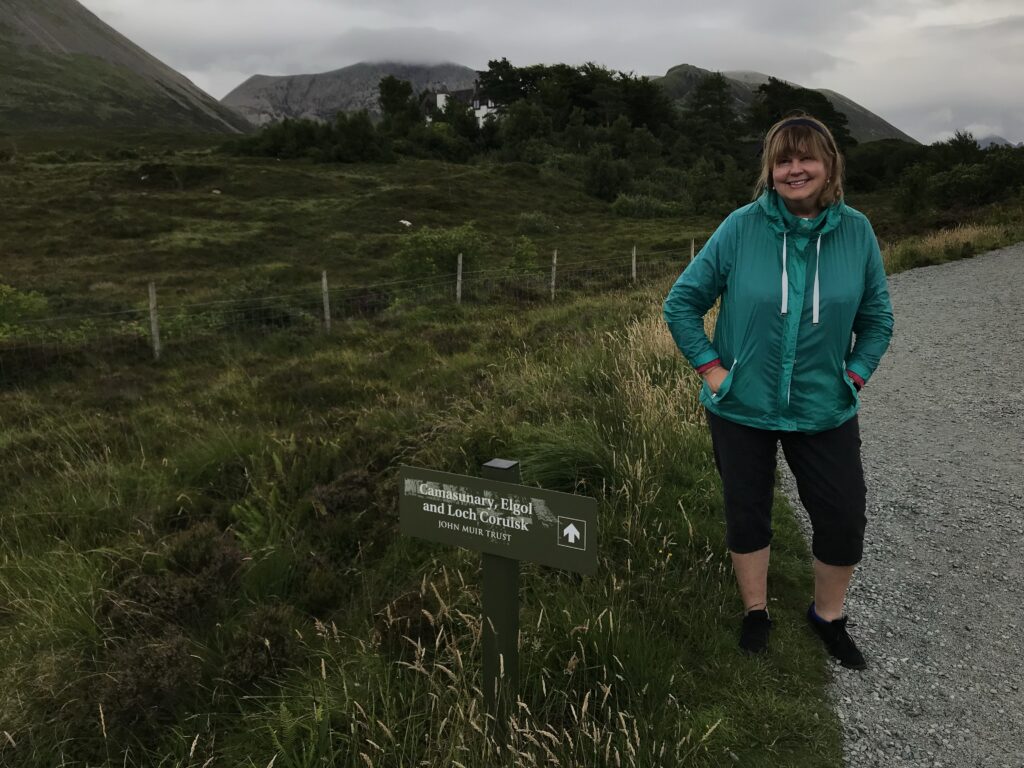
The MacGregor tartan is a popular design and is worn by many people around the world3. The Davidson Clan is also a Scottish clan, but there is no evidence that they lived in Sligachan2. Other clans that lived in the area include the MacLeod Clan, which has a castle on the nearby island of Raasay6.The MacKinnon Clan also lived in the area and had a stronghold at Dun Ringill2.
What is the history of Sligachan Scotland
Sligachan is a small settlement on the Isle of Skye in Scotland. The original inn was probably built in the 1700s, and half a mile nearer the head of the bay at a ford over the River Sligachan1. The name Sligachan is Gaelic. The area is known for its scenic views of the Cuillin mountains1.
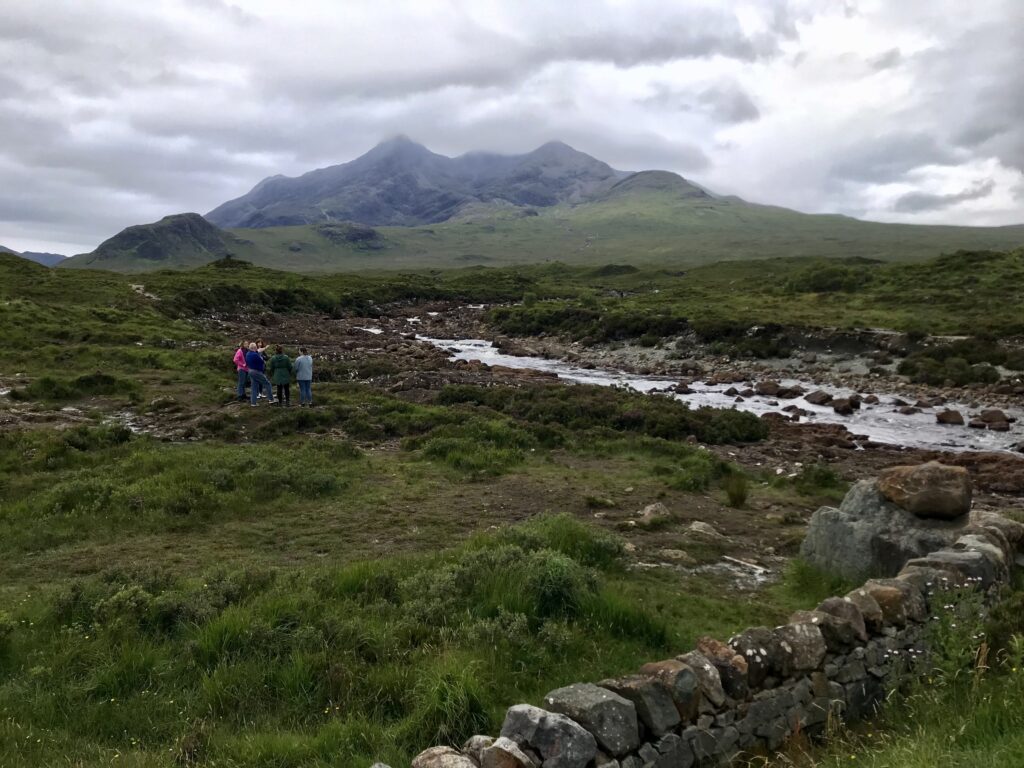
The River Sligachan has been enchanted by the fairies, and the story surrounds Scotland’s greatest ever warrior who lived here on Skye4.
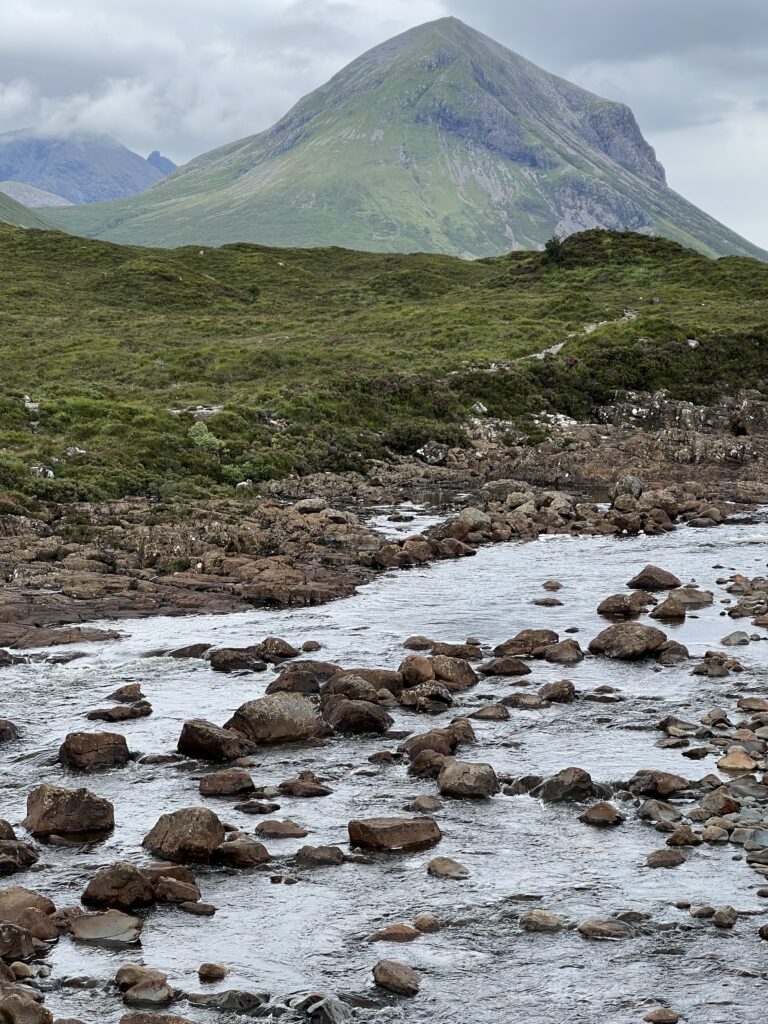
The Talisker Distillery, which produces Talisker single malt Scotch whisky, is located nearby2. The MacGregor Clan, also known as Clan Gregor, is one of the oldest clans in Scotland and claims an origin in the early 9th century6.The MacGregor tartan is a popular design and is worn by many people around the world3. There is no evidence that the Davidson Clan lived in Sligachan2.Other clans that lived in the area include the MacLeod Clan, which has a castle on the nearby island of Raasay, and the MacKinnon Clan, which had a stronghold at Dun Ringill2.
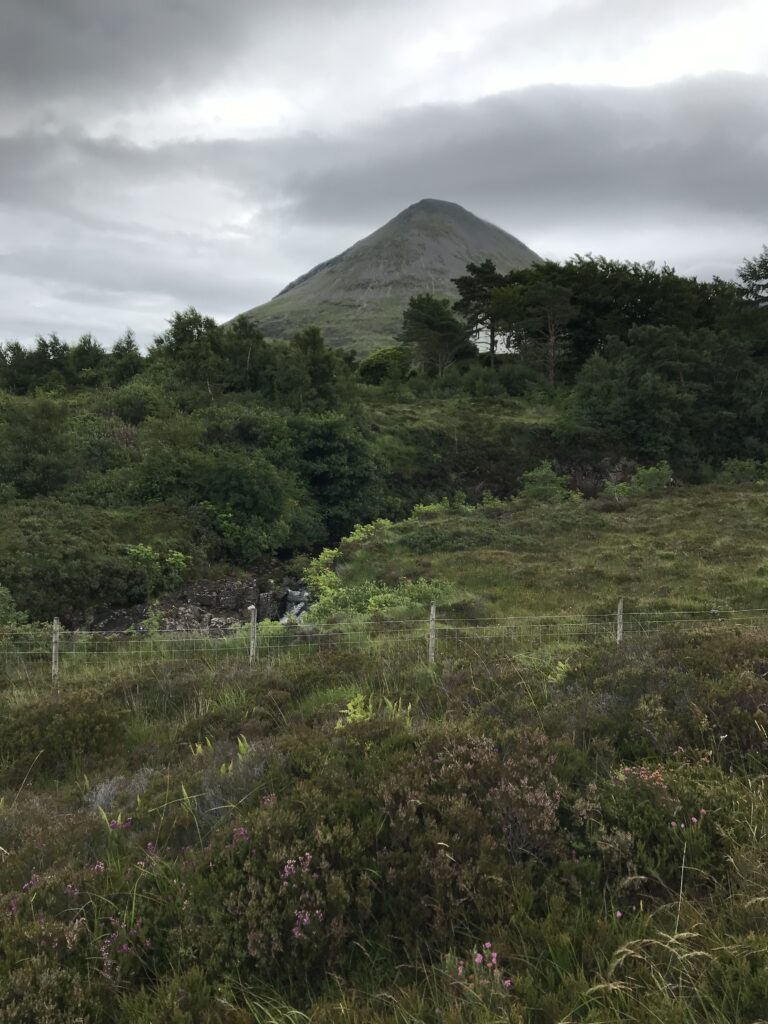
Talisker Distillery produces Talisker single malt Scotch whisky, which is not a blend135. Talisker Distillers Edition is double matured in Amoroso seasoned and American Oak casks, but it is not blended with other whiskies146. The Talisker Distillers Edition is a richer version of the original bottling, and the Amoroso Seasoned Casks impart a wonderfully rounded quality to the whisky6.
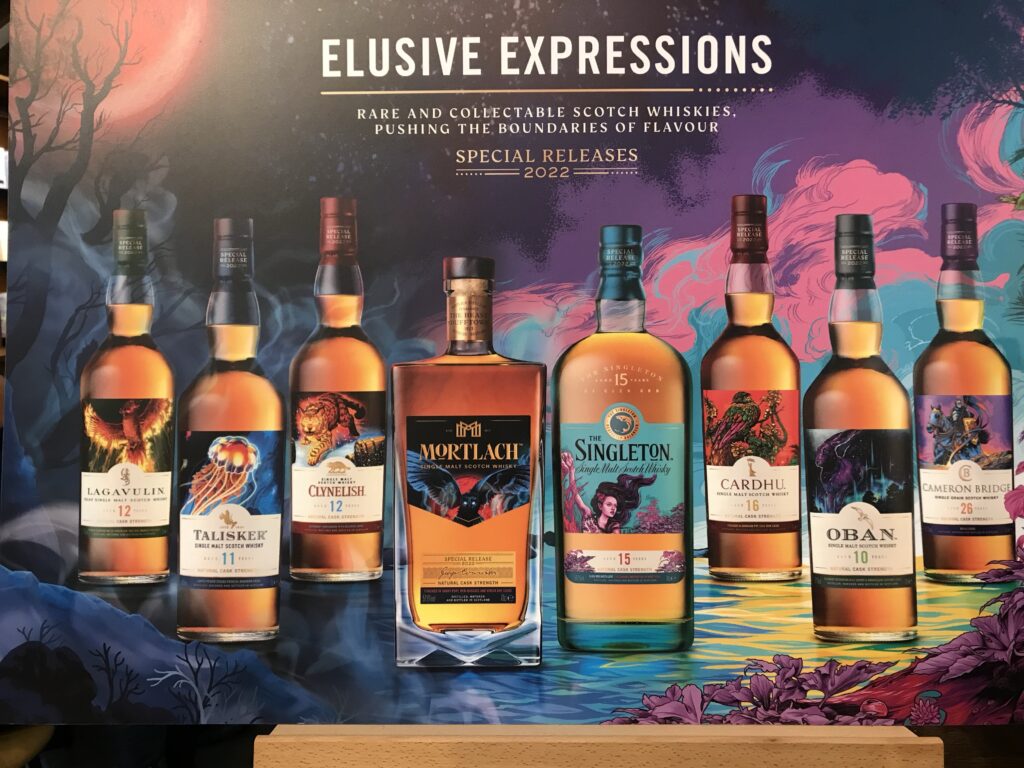
The distillery is located in Carbost, Scotland on the Minginish Peninsula on the Isle of Skye4. The Talisker Distillery is operated by Diageo, a British multinational alcoholic beverages company4. According to Kompass, Talisker Distillery has between 20-49 employees2. The Talisker Distillery produces Talisker single malt Scotch whisky, which is not a blend135.
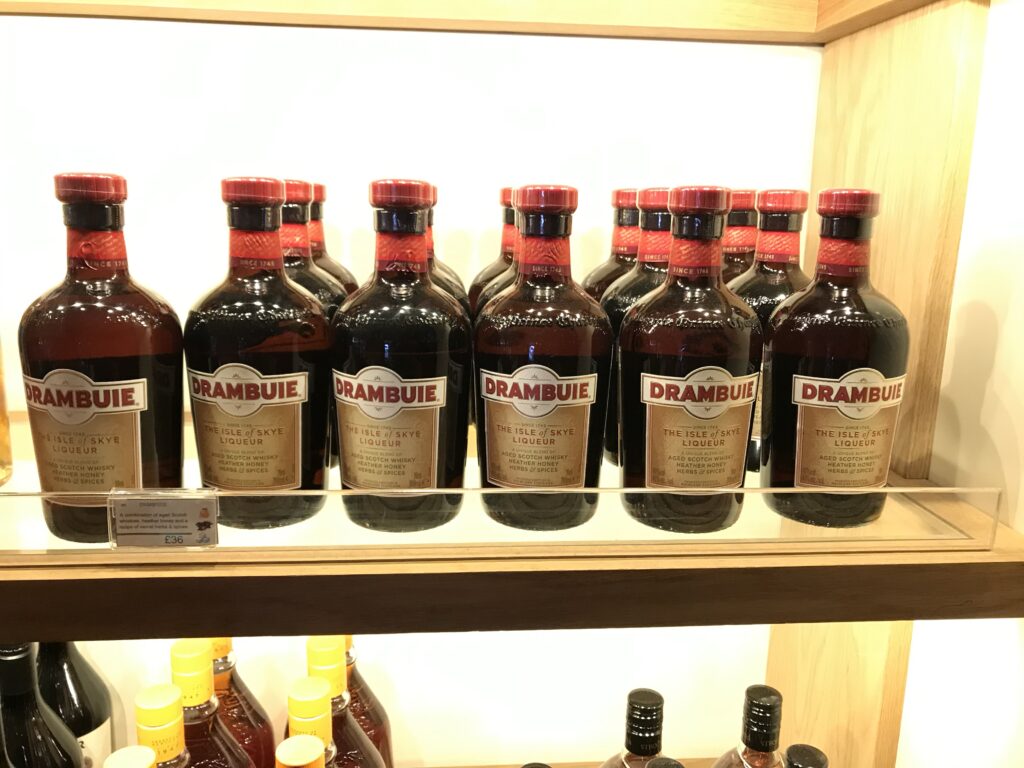
Dewar’s White Label Blended Scotch Whisky is a mix of both grain and malt whiskies1. The blend was created by A.J. Cameron in 1899, and it has established itself as one of the leading blended Scotch whiskies worldwide3. According to Dewar’s official website, John Dewar & Sons, the company blends its own whiskies, but it does not disclose the specific whiskies used in the blend3.Dewar’s White Label is a soft, fruity, and well-rounded whisky that is perfect for highballs and as an accompaniment to food34. Dewar’s White Label is 40% ABV and is available in 750mL and 375mL bottles4
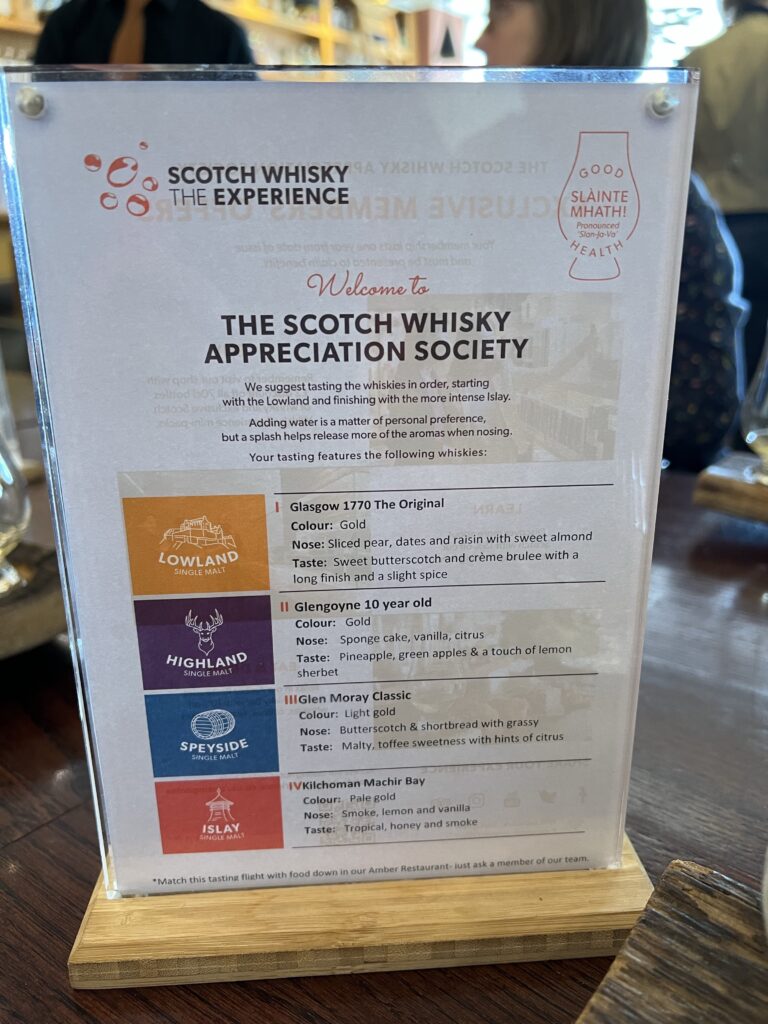
Talisker Distillery is not located in Speyside, but rather on the Isle of Skye, which is part of the Highland region of Scotland3. Talisker is a single malt Scotch whisky brand that is considered a premium whisky3. The brand is owned by Diageo and Talisker’s 10-year-old whisky has been nominated as part of their Classic Malts series3.Talisker has an annual output of three and a half million liters of spirit3. The malted barley used in production comes from Muir of Ord3. Talisker has an unusual feature—swan neck lye pipes3. A loop in the pipes takes the vapor from the stills to the worm tubs, which causes some of the alcohol to condense before it reaches the cooler. It then runs back into the stills and is distilled again3. Talisker’s 10-year scotch is classified in the highest (“Tier 1”) performance category by spirits ratings aggregator proof66.com3. In summary, Talisker Distillery is not located in Speyside, but rather on the Isle of Skye, which is part of the Highland region of Scotland.
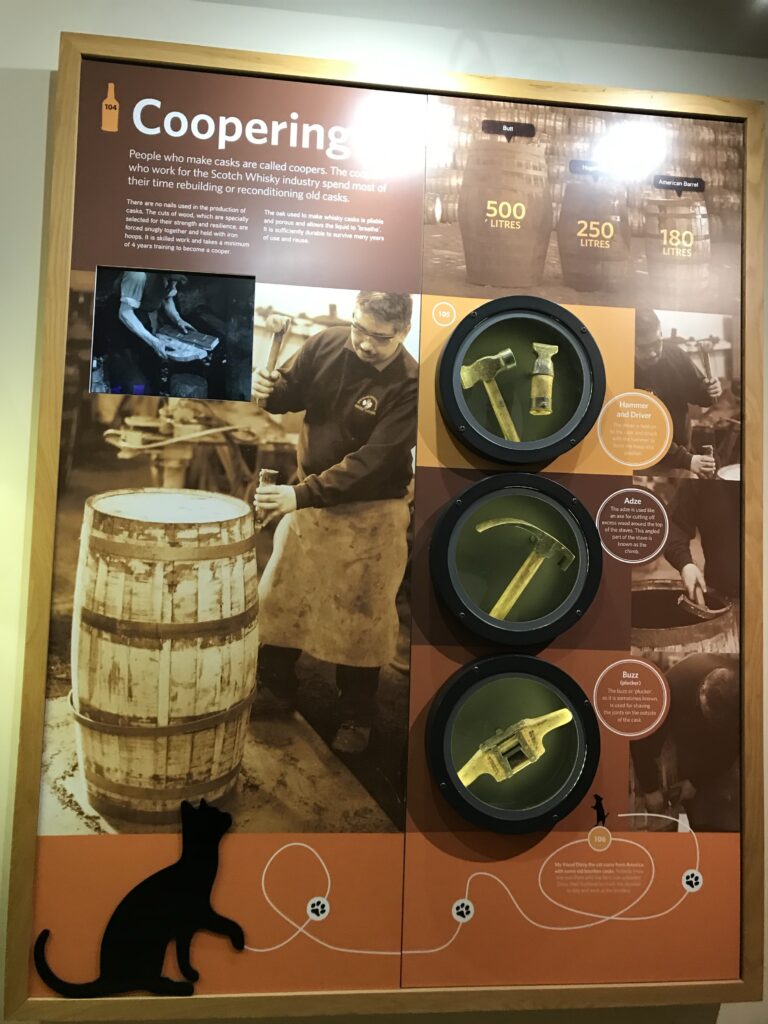
The Macgregor whisky is a blended Scotch whisky made by Clan Macgregor. It is made using fifteen of the finest malt and grain whiskies from the heart of Scotland15.While the specific whiskies used in the blend are not disclosed, online sources suggest that it is primarily made of malt whisky from the Kininvie Distillery, blended with other whiskies2. Clan Macgregor blended Scotch whisky is known for its exceptional quality, light and fragrant characteristics, and a well-balanced, smooth, mellow taste13. It has an ABV of 40% and is available in various bottle sizes34.
What can be added to single malt whiskey to make a blend? Is the blending done during distillation? When is the blending done?
Blending is the process of combining different single malt and grain whiskies to produce a blend that brings out the best qualities of each4. Blended scotches are made by blending single malts and grain whiskies1. A standard blend is made up of 70% grain and 30% malt2. The blending process is not done during distillation but after the whiskies have been aged separately14.Once the individual whiskies have been blended together, they are often returned to cask for a further period of maturation2. This process is called ‘marrying,’ a chance for the malts and grains to complete the aging process as a blended whisky2.
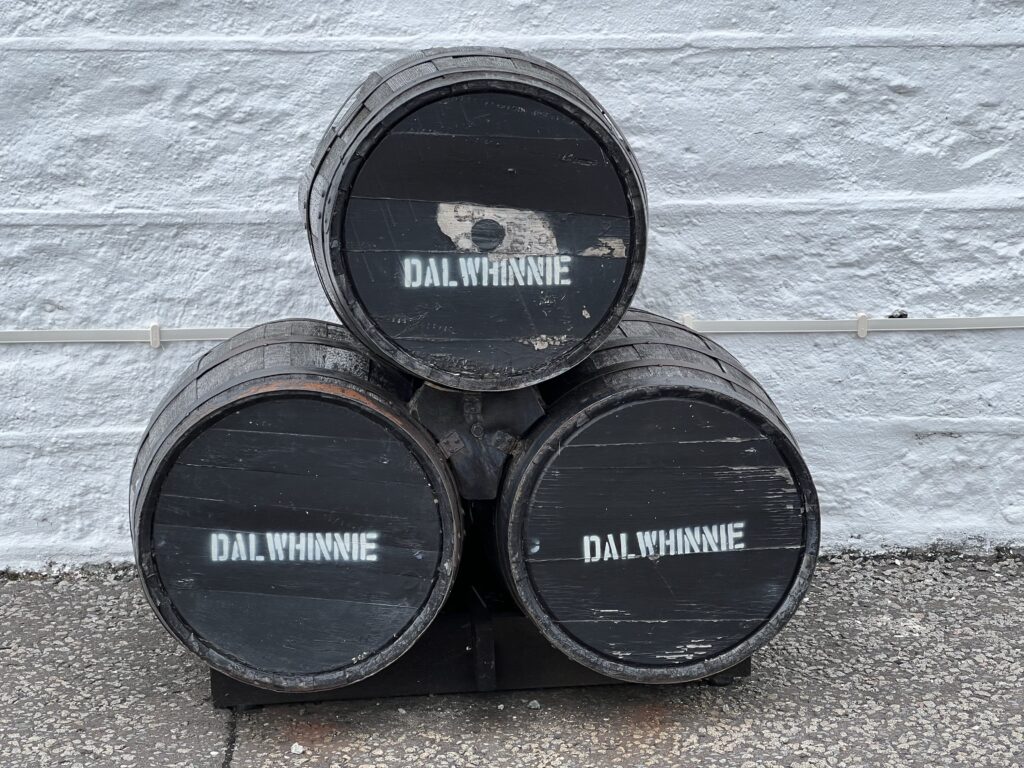
Bourbon, which is whiskey made in the U.S. with a sweet, rich flavor, is aged in new charred oak barrels. Many of those barrels are shipped to Scotland and reused to age Scotch whisky, which is typically more varied in taste and always matured in secondhand casks for at least three years.
Future of Scotch whisky lies in hands of U.S. president who doesn’t drink
Successful whiskey blending is achieved by combining whiskeys that balance and accentuate each other’s flavors5. The aim is to get people to understand whisky blending in a fun, educational way, especially from the scope of a master blender, who creates thousands of liters, consistently6. There are no hard and fast rules for creating a blended spirit, but it’s about finding the right nuance and balance3.

Can any type of grain whisky be used in blended whisky
Yes, any type of grain whisky can be used in blended whisky15. Blended Scotch whisky is typically made up of 70% grain whisky and 30% malt whisky3. The blending process is done after the individual whiskies have been aged separately4. Once blended, the whiskies are often returned to cask for further maturation, a process called “marrying”3. This allows the malts and grains to complete the aging process together as a blended whisky3. Grain whisky adds a smooth and soft flavor profile to the blend, complementing the characteristics of the malt whisky2.
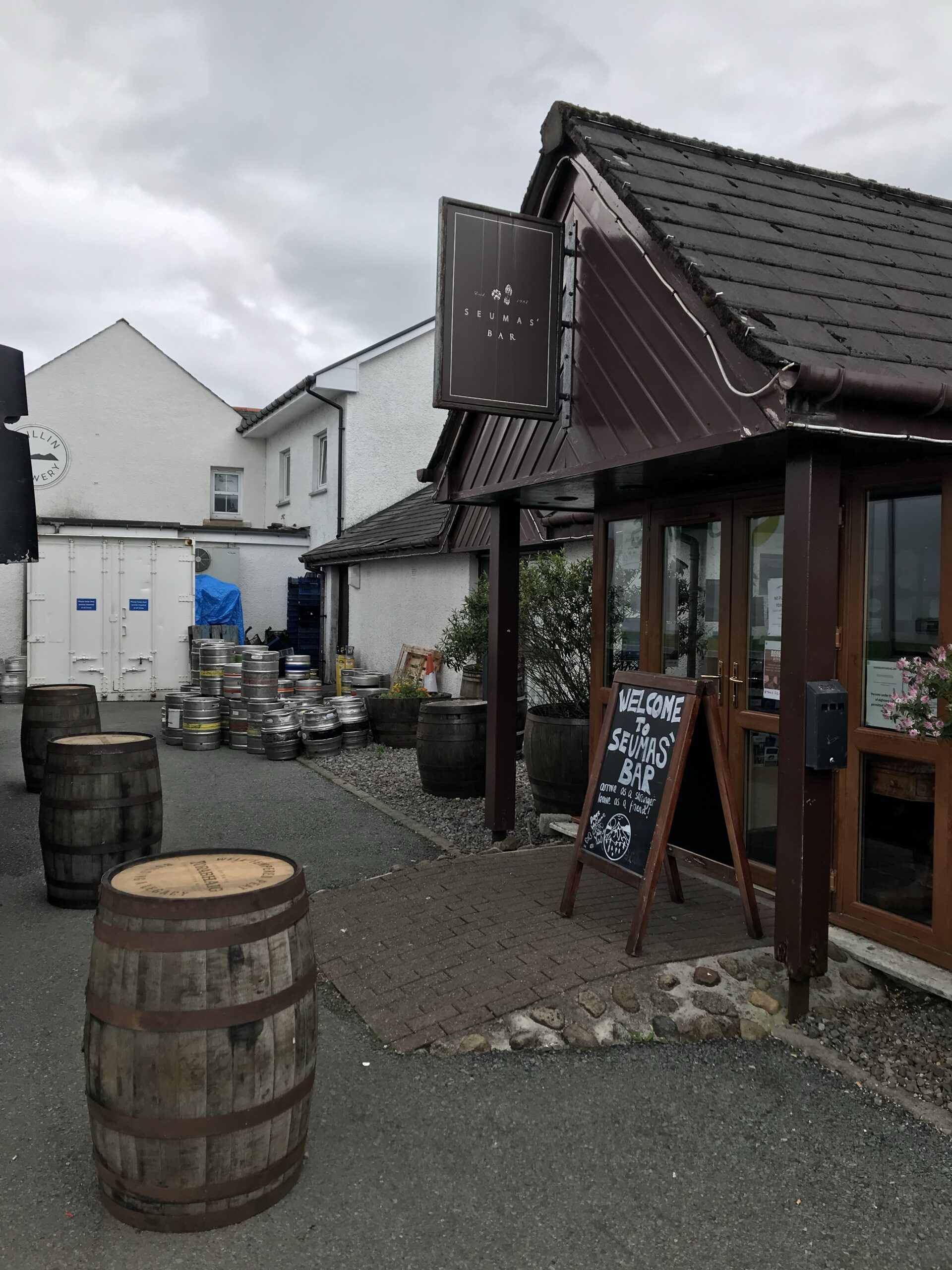
Grain whisky is made from a mix of cereal grains, typically wheat or corn, and is distilled in a continuous still1. It is an essential part of blended Scotch whisky and plays a crucial role in knitting together the flavors of the single malts5. Blended Scotch whisky is typically made up of 70% grain whisky and 30% malt whisky3. The photo to the left is of a craft brewer hopefully using River Sligachan water.
Argyll and Perthshire single malts Speyside whiskies?
Argyll and Perthshire are regions in Scotland known for their single malt whiskies. However, it is important to note that the specific mention of “Argyll and Perthshire single malts” may not be a widely recognized categorization in the whisky industry.
Speyside, on the other hand, is a well-known whisky-producing region in Scotland. It is located in the northeastern part of the country, around the River Spey in Moray and Badenoch and Strathspey3. Speyside is home to the greatest number of distilleries of any whisky-producing area in Scotland, including renowned brands such as The Glenlivet and Glenfiddich3.
While there is no specific information available about “Argyll and Perthshire single malts,” it is possible that whiskies produced in these regions may fall under the broader categorization of Highland whiskies. The Highland region is known for its diverse range of whisky styles, including those produced in Argyll and Perthshire1.In summary, Speyside is a recognized whisky-producing region in Scotland, known for its single malt whiskies. The mention of “Argyll and Perthshire single malts” may not be a widely recognized categorization, but whiskies produced in these regions may fall under the broader categorization of Highland whiskies.
Are Talisker Distillery single malts Speyside whiskies?
Talisker Distillery is not located in Speyside, but rather on the Isle of Skye, which is part of the Highland region of Scotland3. Talisker is a single malt Scotch whisky brand that is considered a premium whisky3.
The brand is owned by Diageo and Talisker’s 10-year-old whisky has been nominated as part of their Classic Malts series3.Talisker has an annual output of three and a half million liters of spirit3. The malted barley used in production comes from Muir of Ord3. Talisker has an unusual feature—swan neck lye pipes3. A loop in the pipes takes the vapor from the stills to the worm tubs, which causes some of the alcohol to condense before it reaches the cooler. It then runs back into the stills and is distilled again3. Talisker’s 10-year scotch is classified in the highest (“Tier 1”) performance category by spirits ratings aggregator proof66.com3. In summary, Talisker Distillery is not located in Speyside, but rather on the Isle of Skye, which is part of the Highland region of Scotland.
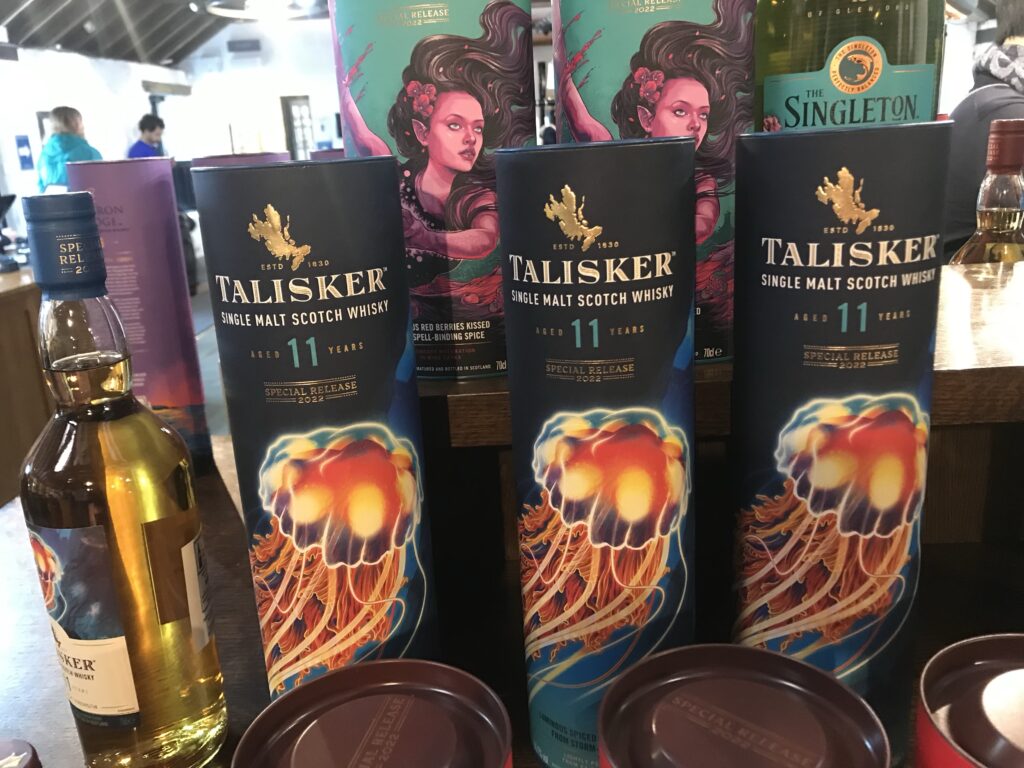
What are the highland single malt whiskies?
Highland single malt whiskies are produced in the Highland region of Scotland. This categorization includes whiskies produced in the Highland mainland as well as the islands around the perimeter of Scotland, with the exception of Islay1. The Highland region is known for its diverse range of whisky styles, offering a variety of flavors and characteristics3.Here is a list of some Highland single malt distilleries:
- AnCnoc
- Aberfeldy
- Ardmore
- Balblair
- Ben Nevis
- Blair Athol
- Clynelish
- Dalmore
- Dalwhinnie
- Deanston
- Drumguish
- Edradour
- Glencadam
- Glen Deveron
- Glen Eden
- Glendronach
- Glenfoyle
- Glen Garioch
- Glengoyne
- Glenmorangie
- Singleton of Glen Ord
- Glenturret
- Knockdhu
- Loch Lomond
- Loch Morar
- The Macallan
- Macphail
- McClelland
- Millburn
- Oban
- Old Fettercairn
- Old Pulteney
- Royal Brackla
- Royal Lochnagar
- Teaninich
- Tomatin
- Tullibardine
Please note that this is not an exhaustive list, as there are more distilleries in the Highland region. Each distillery has its own unique characteristics and flavor profiles, making Highland single malts a diverse and exciting category of whisky1.
In summary, Highland single malt whiskies are produced in the Highland region of Scotland, including both the mainland and the surrounding islands. There are numerous distilleries in the Highland region, each offering its own distinct flavors and styles.
what are the flavor profiles of Highland single malt whiskies
Highland single malt whiskies offer a diverse range of flavor profiles, showcasing the unique characteristics of the region. While there can be variations among distilleries, here are some common flavor profiles associated with Highland single malts:
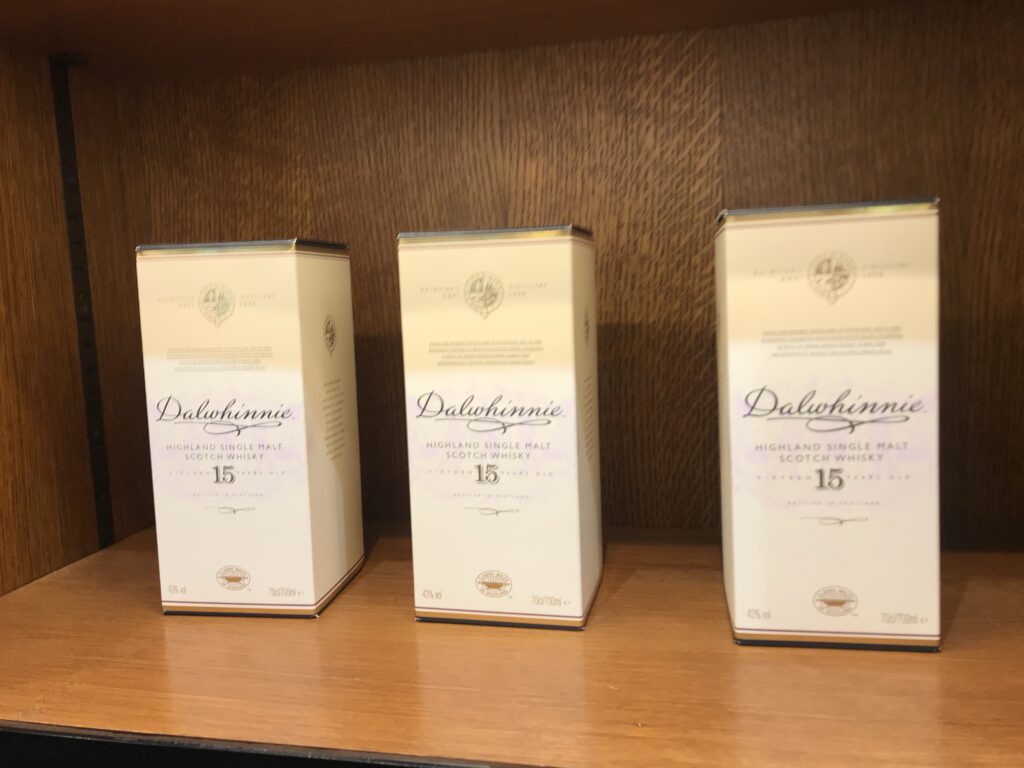
- Oak: Highland whiskies often exhibit notes of oak, which can contribute to flavors of vanilla, spice, and tannins4.
- Heather: Some Highland whiskies have a distinct heather note, adding floral and herbal elements to the flavor profile4.
- Dried fruit: Highland whiskies may feature flavors of dried fruits such as raisins, figs, or dates, adding a rich and sweet dimension4.
- Fruitcake: The flavor profile of Highland whiskies can include hints of fruitcake, with flavors of candied fruits and spices4.
- Smoke: While not as heavily peated as whiskies from other regions, some Highland whiskies may have a subtle smokiness, adding complexity to the flavor profile4.
- Sweet cereal: Highland whiskies from the northern regions can exhibit flavors of sweet cereal, providing a malty and grainy character4.
- Spicy: Highland whiskies are often known for their spiciness, with notes of cinnamon, nutmeg, or pepper4.
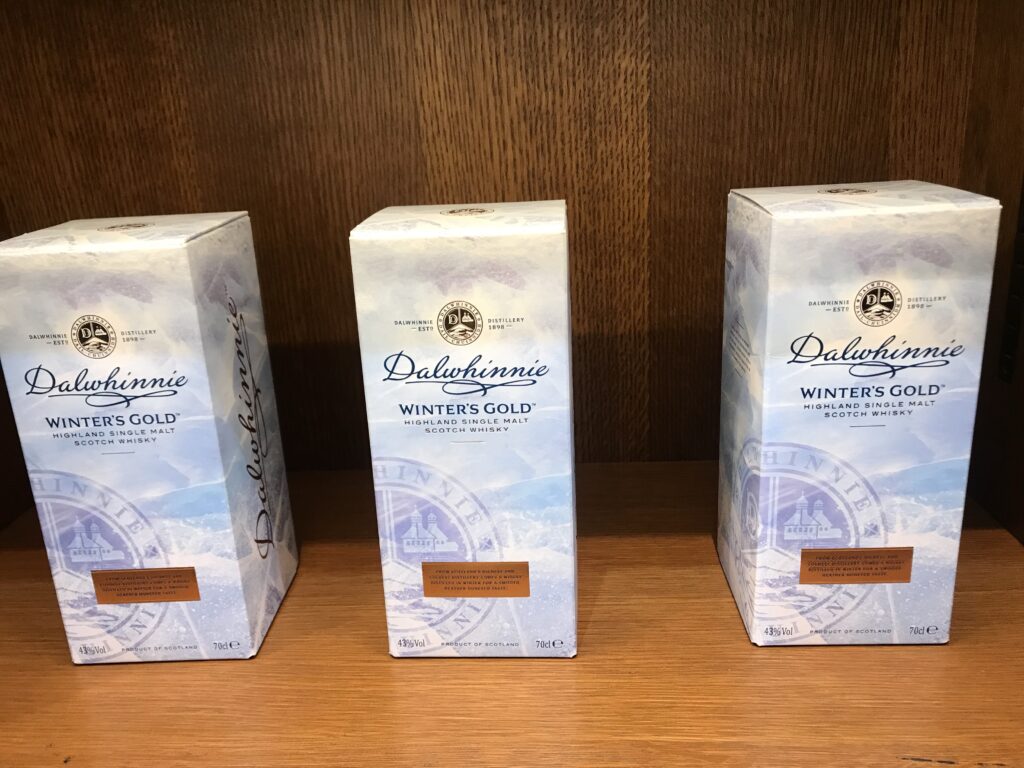
It’s important to note that these flavor profiles are generalizations and individual whiskies may exhibit variations within the Highland region. Exploring different distilleries and expressions within the Highland region can provide a wide range of flavors and experiences4.
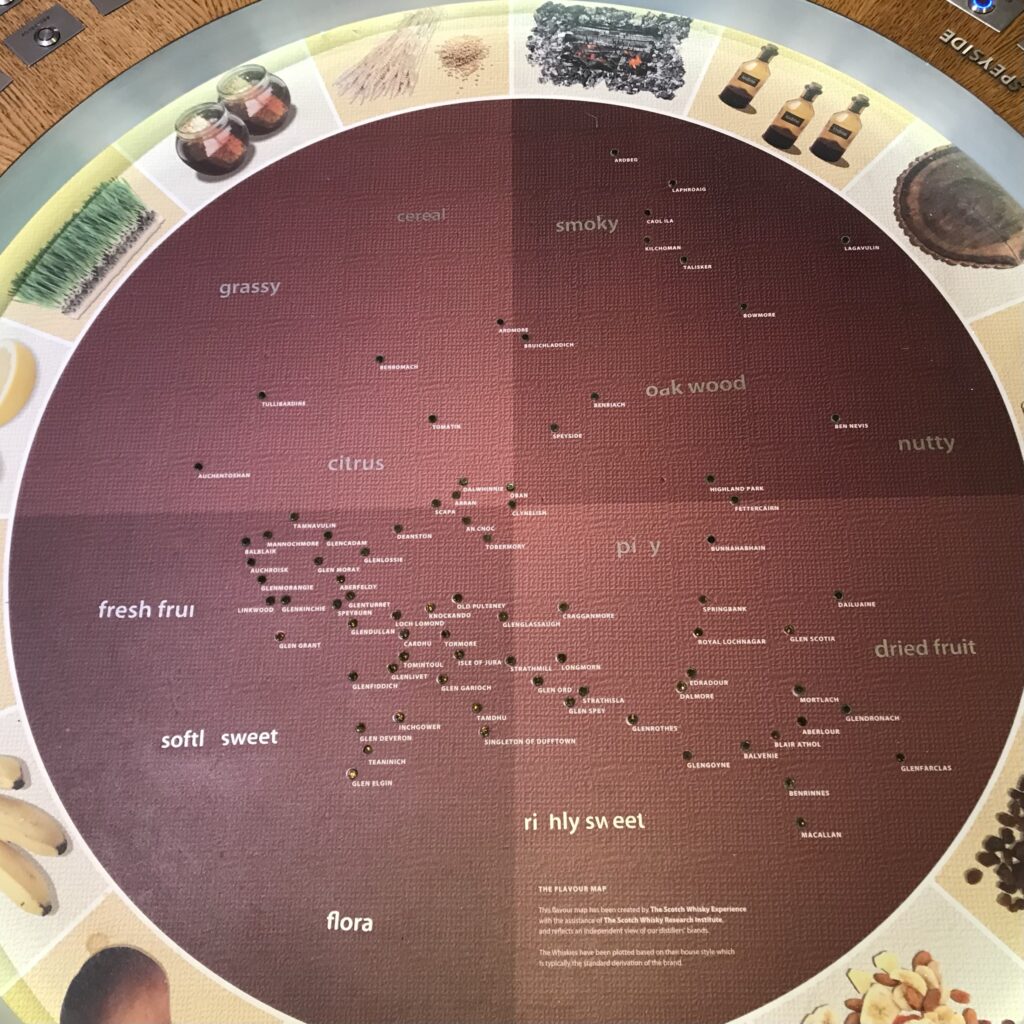
What are the speyside single malt whiskies?
Speyside is a region in northeastern Scotland, around the River Spey in Moray and Badenoch and Strathspey, that is known for producing single malt Scotch whiskies. Speyside has the greatest number of distilleries of any of the whisky-producing areas of Scotland, and the region’s whiskies are known for their fruity nature, ranging from ripe pears to sultanas, and some exhibit sweet, caramel, and fruity notes1. The use of peat is not common in Speyside, so many of the whiskies are not smoky. Typically, most Speyside whisky is fruity, sweet, and nutty, featuring notes of apple, honey, vanilla, and spice14.Here is a list of some Speyside single malt distilleries:
- The Glenlivet
- Glenfiddich
- Aberlour
- Balvenie
- BenRiach
- Benromach
- Cardhu
- Cragganmore
- Glen Grant
- Glen Keith
- Glen Moray
- Glenrothes
- The Macallan
- Mortlach
- Singleton of Dufftown
- Strathisla
- Tamdhu
- Tomintoul
Please note that this is not an exhaustive list, as there are more distilleries in the Speyside region. Each distillery has its own unique characteristics and flavor profiles, making Speyside single malts a diverse and exciting category of whisky13456.
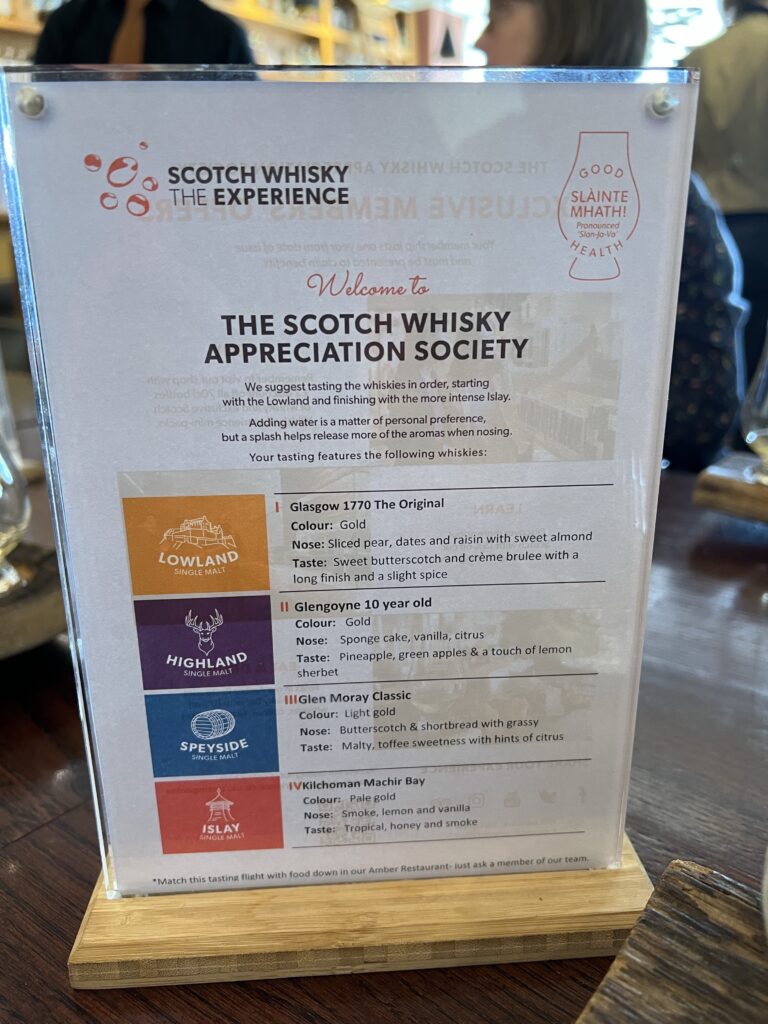
what are the flavor profiles of Speyside single malt whiskies
Speyside single malt whiskies are known for their fruity, sweet, and nutty flavor profiles, with notes of apple, pear, vanilla, nutmeg, dried fruit, oak, and malt1246.Many Speyside whiskies are aged in sherry casks, which can add a heavier and richer flavor to the whisky2.Speyside whiskies are generally not heavily peated, making them a good choice for new whisky drinkers2.According to The Scotch Malt Whisky Society, Speyside whiskies fall into their “Sweet, Fruity & Mellow” flavor profile category, which includes whiskies that are “delicate, sweet and fruity with a smooth, mellow character”3.Overall, Speyside single malt whiskies are known for their approachable and easy-drinking nature, making them a popular choice for both novice and experienced whisky drinkers1246.
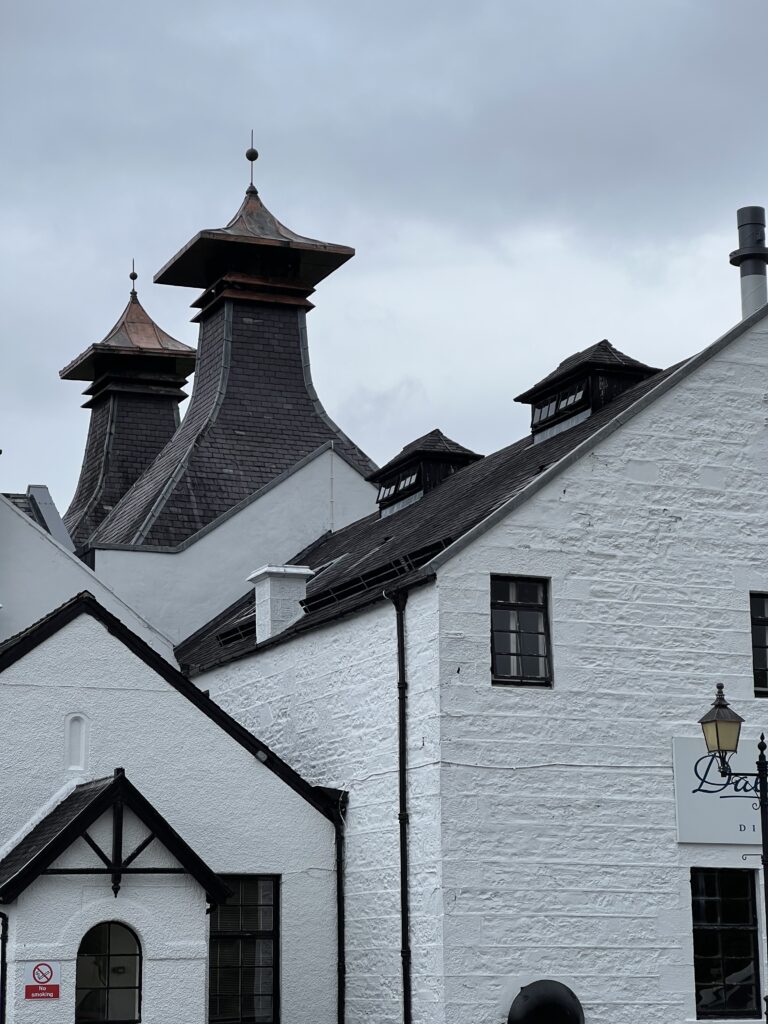
What is noteworthy about Sligachan Scotland? What Scotch Whiskey is brewed nearby? Did the Macgregor Clan live there? Did the Davidson Clan Live there? What other Clans lived there?
Sligachan is a small settlement on the Isle of Skye in Scotland, notable for its scenic views of the Cuillin mountains2. The nearby Talisker Distillery produces Talisker single malt Scotch whisky2. The MacGregor Clan is one of the oldest clans in Scotland and is also known as Clan Gregor13. The MacGregor tartan is a popular design and is worn by many people around the world3. The Davidson Clan is also a Scottish clan, but there is no evidence that they lived in Sligachan2. Other clans that lived in the area include the MacLeod Clan, which has a castle on the nearby island of Raasay6.The MacKinnon Clan also lived in the area and had a stronghold at Dun Ringill2.
What is the history of Sligachan Scotland
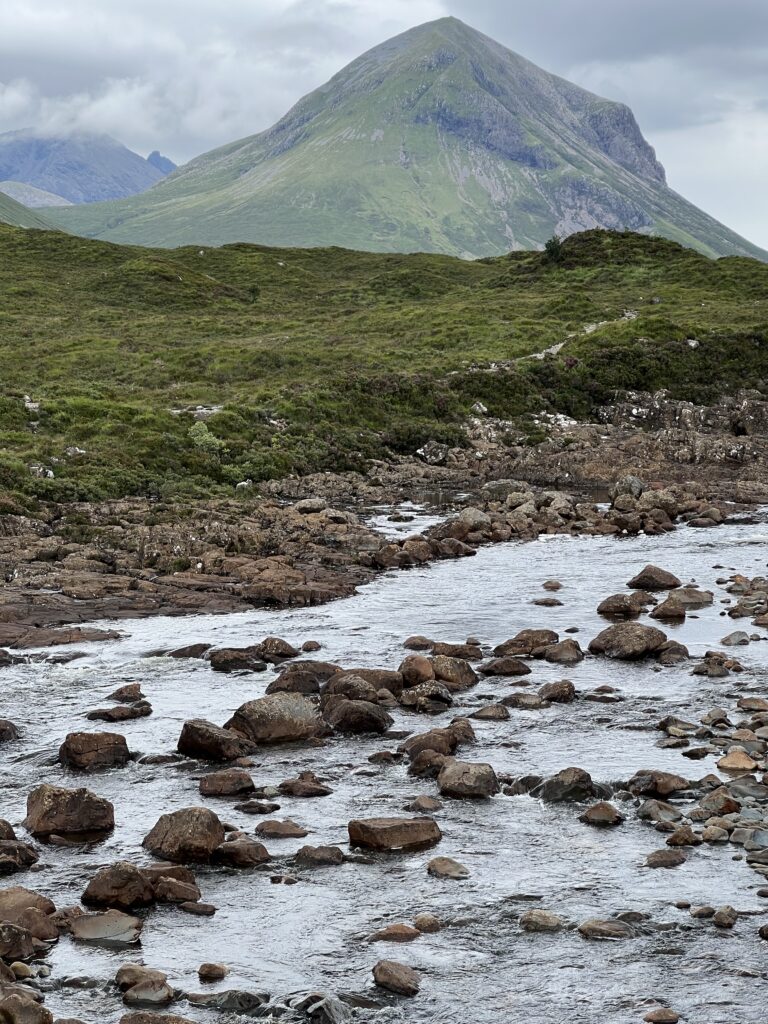
Sligachan is a small settlement on the Isle of Skye in Scotland. The original inn was probably built in the 1700s, and half a mile nearer the head of the bay at a ford over the River Sligachan1. The name Sligachan is Gaelic. The area is known for its scenic views of the Cuillin mountains1.
The River Sligachan has been enchanted by the fairies, and the story surrounds Scotland’s greatest ever warrior who lived here on Skye4. The Talisker Distillery, which produces Talisker single malt Scotch whisky, is located nearby2.
Not William Wallace or Robert the Bruce but a legendary female fighter by the name of Scáthach. She was an expert in all forms of warfare and the greatest warriors came to train with her at The Fort of Shadows now known as Dunscaith Castle.
Dunscaith Castle, also known as Dun Scaich or Dun Sgathaich, is a ruined castle on the coast of the Isle of Skye, in the north-west of Scotland146. It is located in the Parish of Sleat, in the Highland council area, and in the former county of Inverness-shire4. The castle is also known as the “Fortress of Shadows”25. It is the legendary home of the warrior maiden Scáthach, after whom it is named4. The castle is featured in the Ulster Cycle of Irish mythology as the place where Scáthach trained the hero Cú Chulainn in the arts of combat4. The Irish name for the fort, Dun Scathiag, is derived from hers4. The ruins of Dunscaith Castle stand on a plug of rock on the edge of Loch Eishort, on the western side of the Sleat peninsula5. The Castle of Shadows is another name for Dunscaith Castle4.
Talisker Distillery was founded in 1830 by Hugh and Kenneth MacAskill1346. After a number of false starts, they acquired the lease of Talisker House from Clan MacLeod and opened the distillery in Carbost in 18313. The distillery was built on the shore of Loch Harport, despite opposition from the local clergy2. In 1879, it was purchased by a firm which became known as R. Kemp & Co. when it had a production capacity of 700 gallons per week3. The principal partner was A.G. Allan, Procurator-Fiscal for Elginshire. The other partner was Roderick Kemp, wine merchant of Elgin.
Talisker was acquired by Distillers Company in 1925 and is now part of Diageo3. In 1948, a fire broke out in the store of the distillery, but no whisky was lost3. The distillery was rebuilt and opened in 19625. During the year of 1972, the distillery was renovated and modernized. The malting floors were closed and the stills were replaced5. Talisker’s 10-year-old whisky has been nominated as part of Diageo’s Classic Malts series3.
The MacGregor Clan, also known as Clan Gregor, is one of the oldest clans in Scotland and claims an origin in the early 9th century6.The MacGregor tartan is a popular design and is worn by many people around the world3. There is no evidence that the Davidson Clan lived in Sligachan2.Other clans that lived in the area include the MacLeod Clan, which has a castle on the nearby island of Raasay, and the MacKinnon Clan, which had a stronghold at Dun Ringill2.
What is noteworthy about Glenbrittle Scotland? What Scotch Whiskey is brewed nearby? Did the Macgregor Clan live there? Did the Davidson Clan Live there? What other Clans lived there? When were fairies discovered there? What are midges?
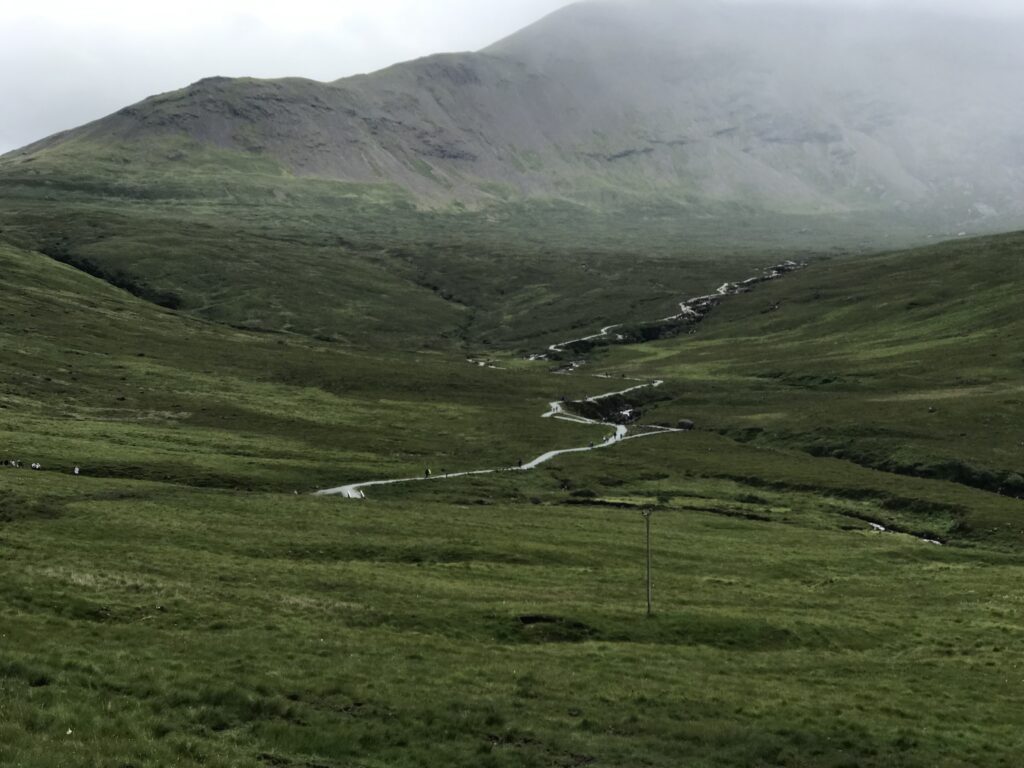
Glenbrittle is a valley located on the Isle of Skye in Scotland. It is known for its beautiful scenery, including waterfalls, pools, and mountains2. Portree is a town located on the Isle of Skye in Scotland. It was created as a fishing village at the beginning of the 19th century by the then Lord MacDonald13.The Talisker Distillery, which produces a single malt Scotch whiskey, is located nearby5. The MacGregor Clan lived in Glenorchy, Breadalbane, and Athol, and they all acknowledged Macgregor of Glenstrae3. Other clans that lived in the area include the MacAulay Clan4.
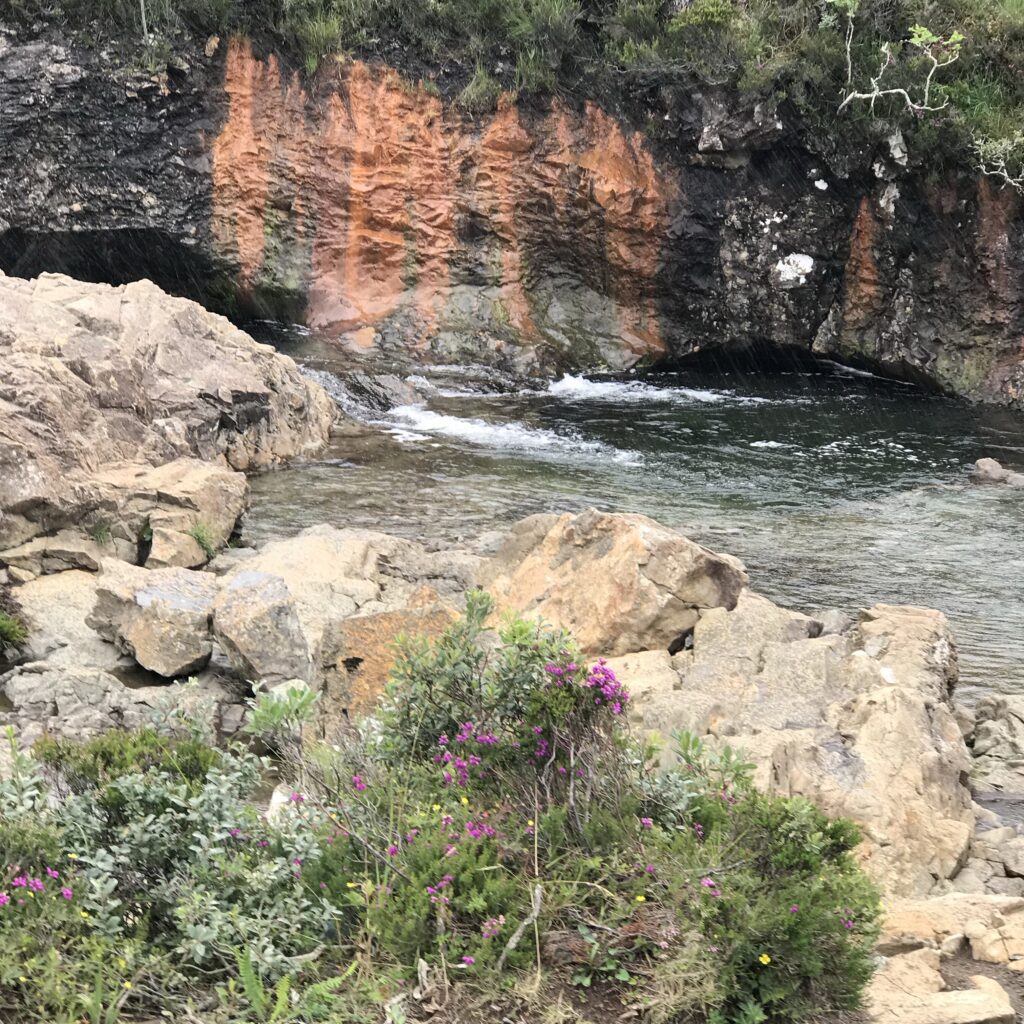
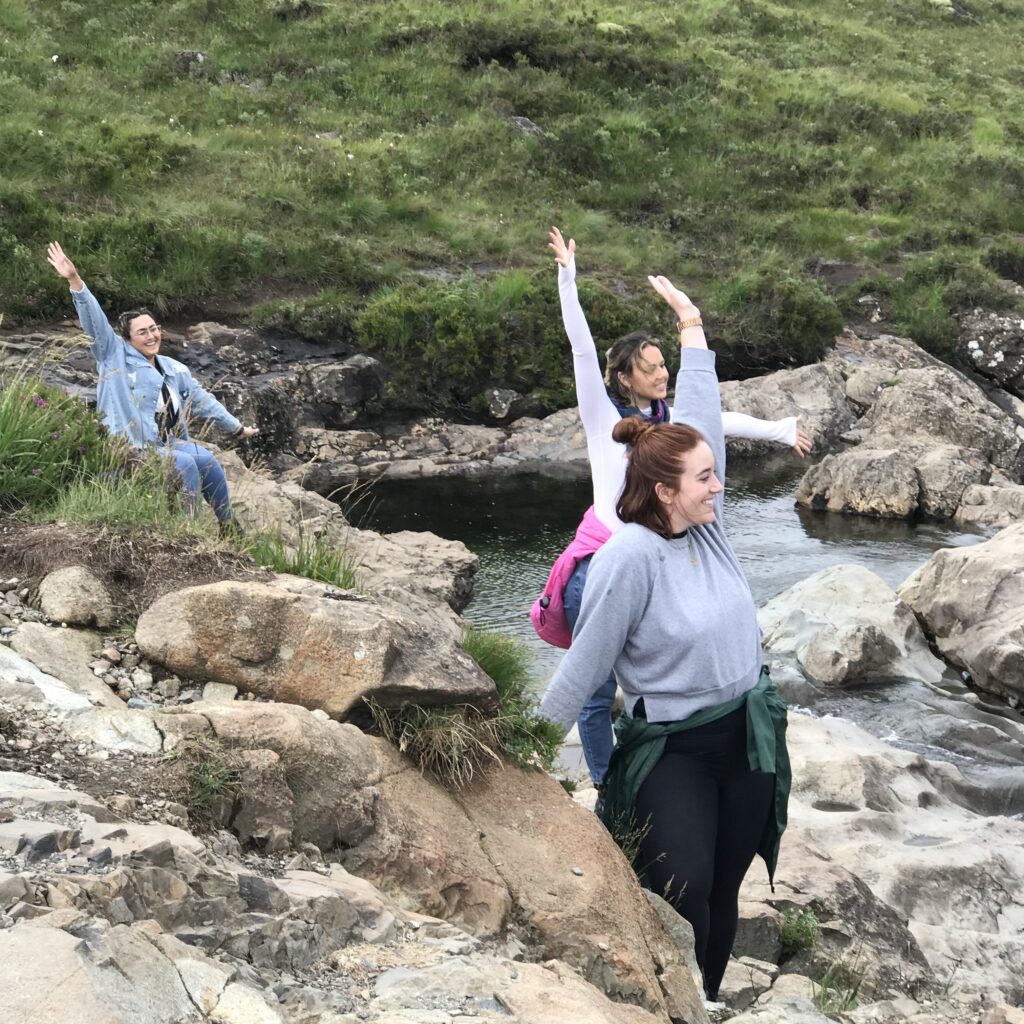
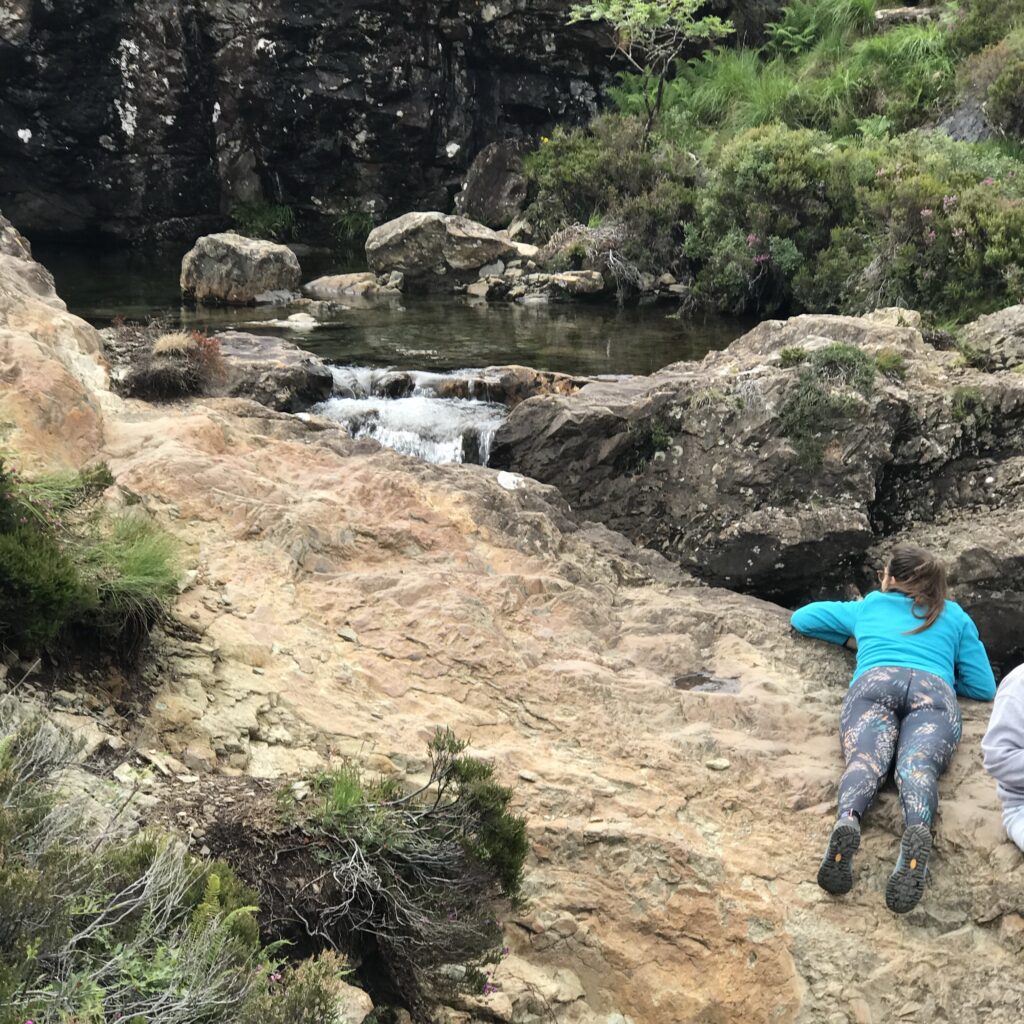
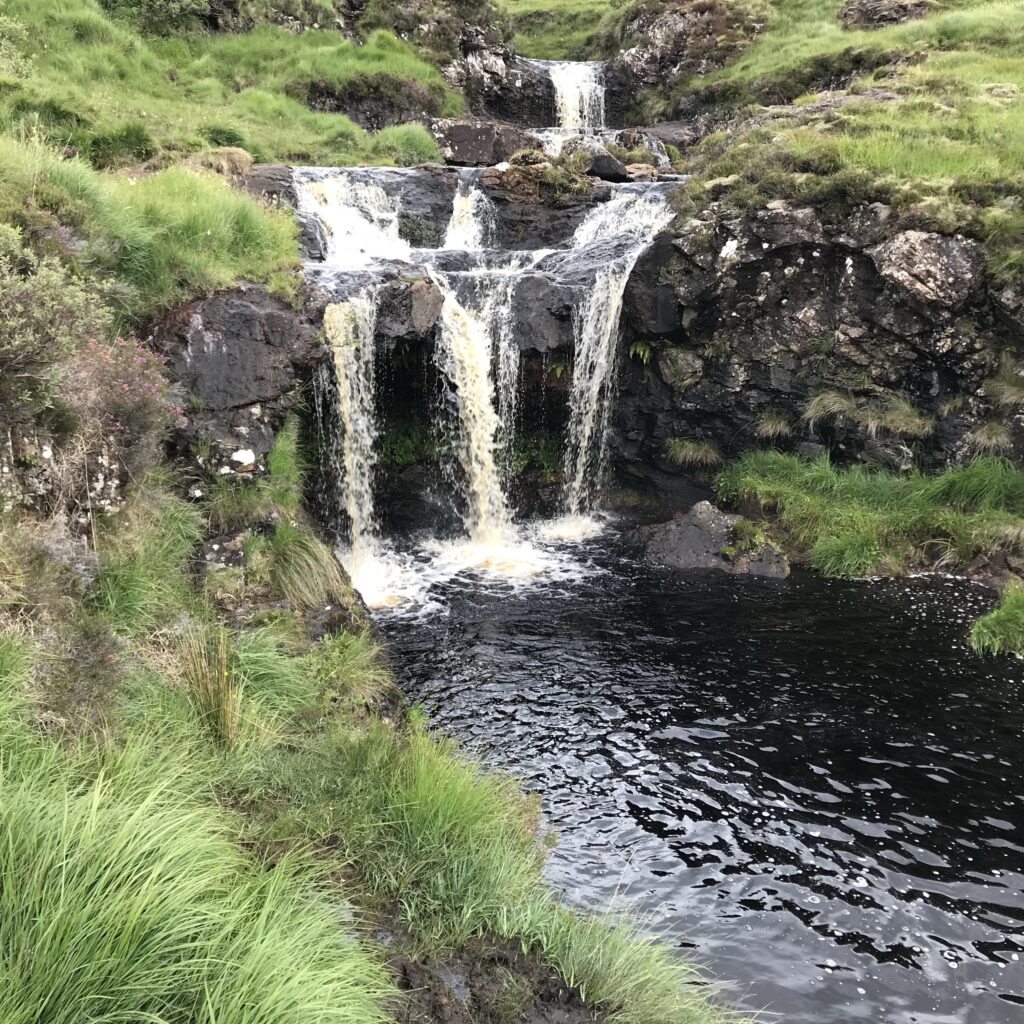
Fairy Glen, a magical landscape rich in dramatic rock formations, lush, cone-shaped hills, ponds, and waterfalls, is located on the Isle of Skye2. Midges are small flying insects that are common in Scotland and can be a nuisance to humans. They are similar to mosquitoes but do not transmit diseases2.
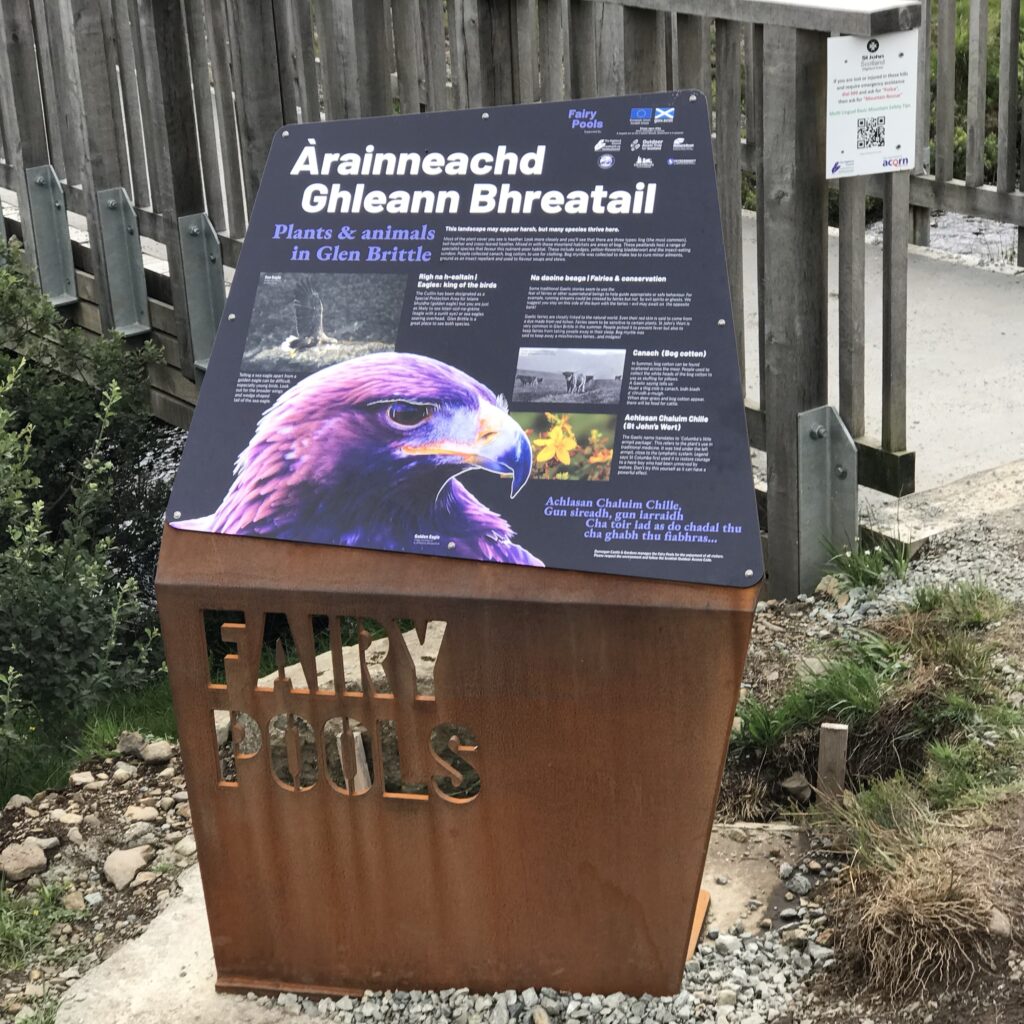
How close to Glenbrittle is glenorchy? Are Glenorchy, Breadalbane, and Athol in Glenbrittle? When did the Macgregors lose title to Glenorchy, Breadalbane, and Athol? Who took possession of Macgregor lands?
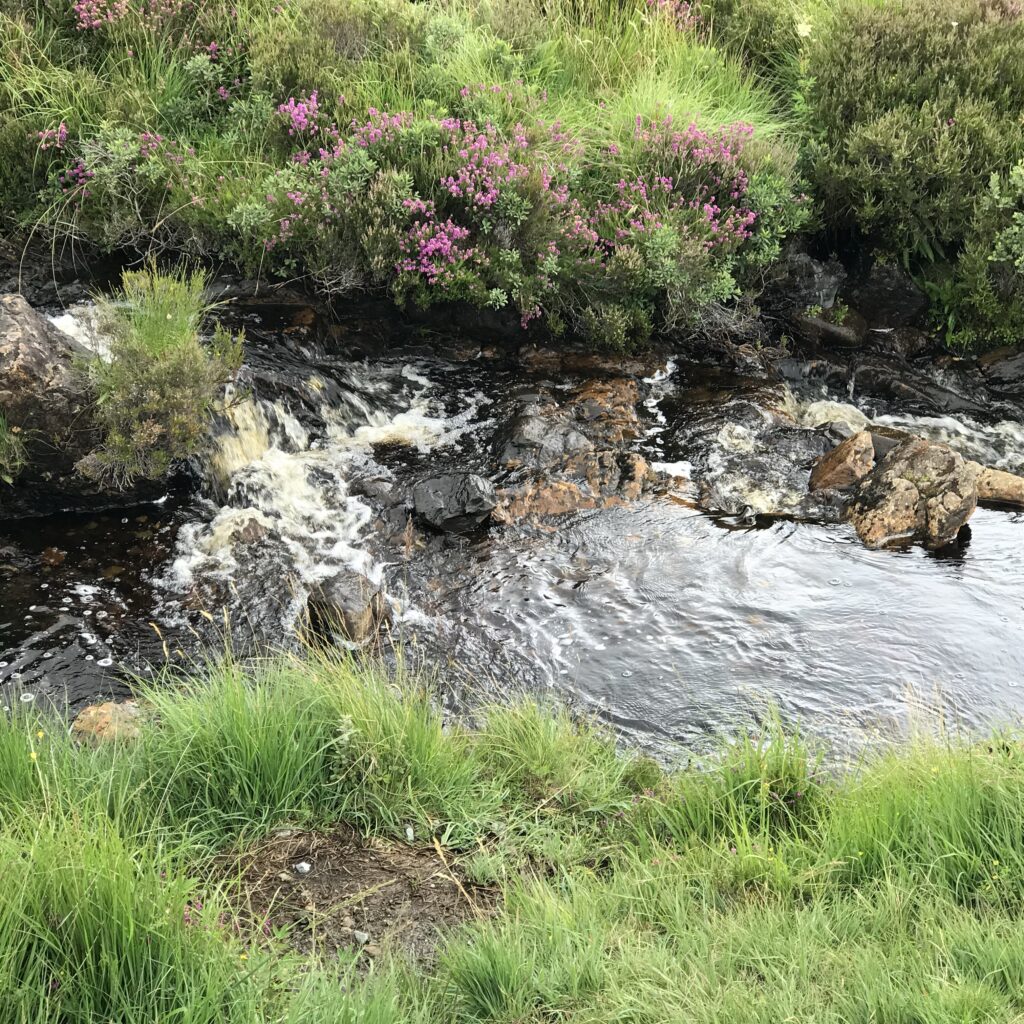
Glenorchy is not in Glenbrittle. Glenorchy, Breadalbane, and Athol are districts located in Argyll and Perthshire12. The MacGregors controlled these areas, including Glenorchy, Glenlochy, and Glenstrae, until they lost title to them. The exact date of when the MacGregors lost title to Glenorchy, Breadalbane, and Athol is not clear, but it was after King James VI outlawed the Clan from these lands in 16035. The struggle between the MacGregors of Glenstrae and the Campbells of Glenorchy was essentially a fight for control over the manpower, lands4. After the MacGregors lost title to these lands, they were taken over by other clans and families1.
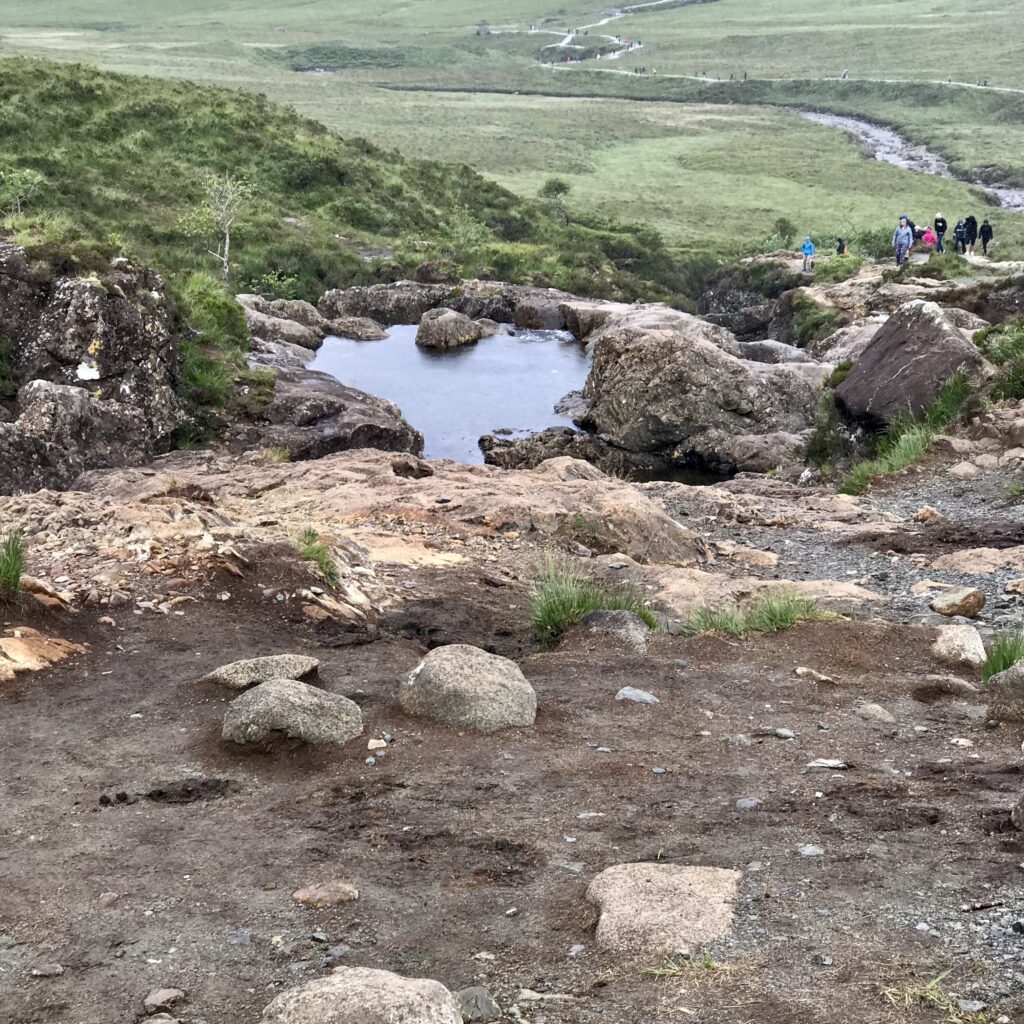
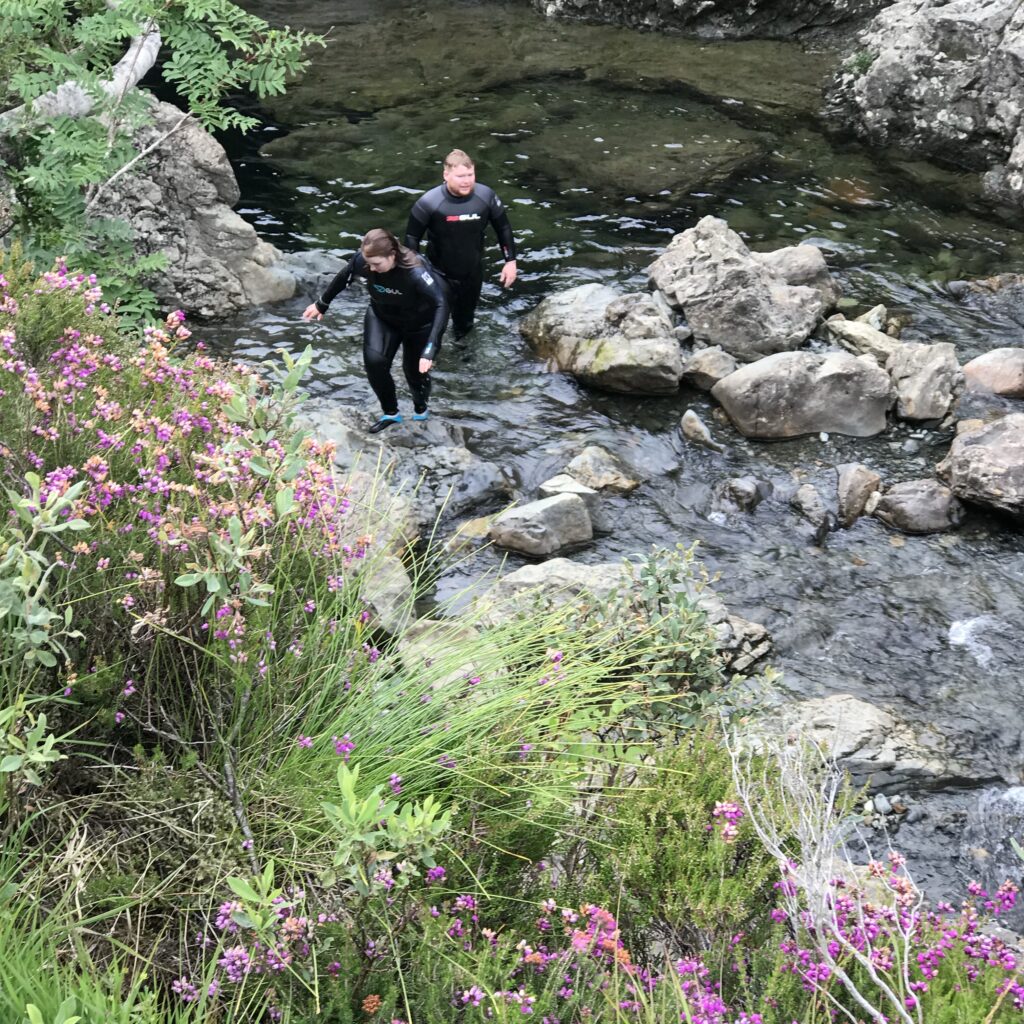
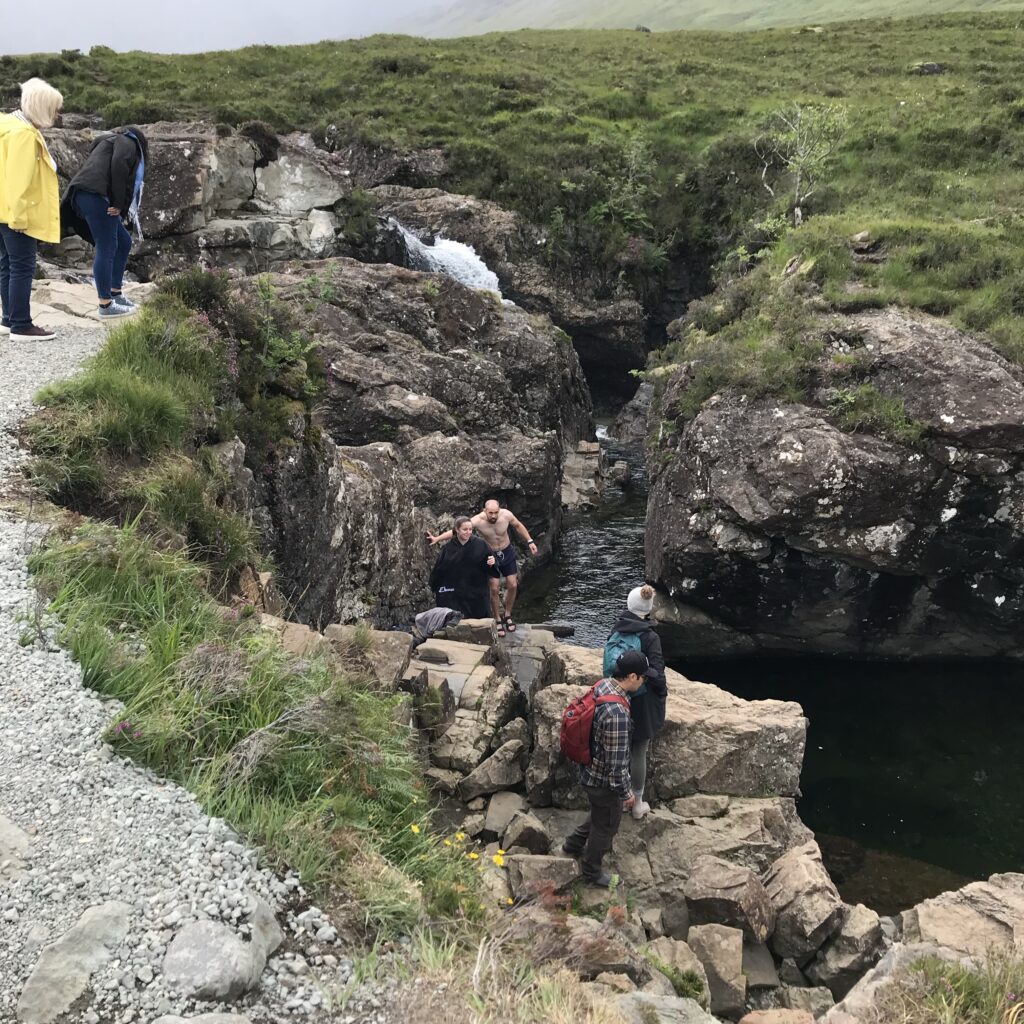
Is Argyll and Perthshire on the isle of sky?
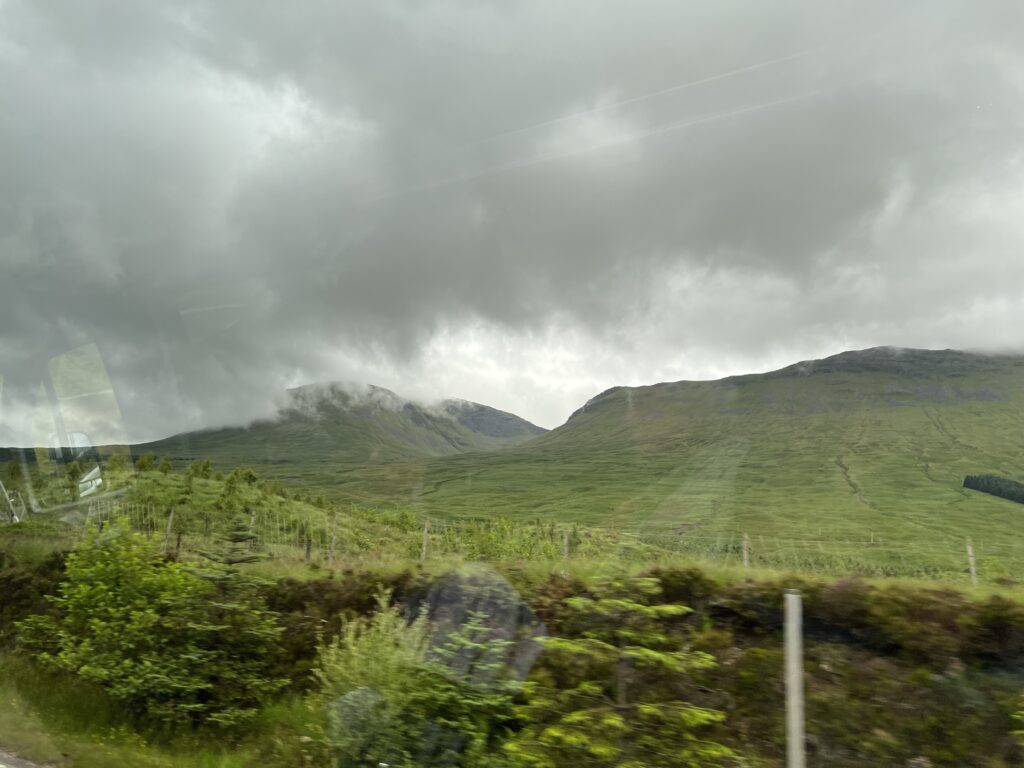
Argyll and Perthshire are not on the Isle of Skye. Argyll is a region located on the west coast of Scotland, bordering Inverness-shire to the north, Perthshire and Dunbartonshire to the east, and Renfrewshire and Ayrshire to the south-east56. Perthshire is a region located in central Scotland, north of the River Forth and south of the Cairngorms National Park46. The Isle of Skye is located off the west coast of Scotland, and it is part of the Inner Hebrides3.
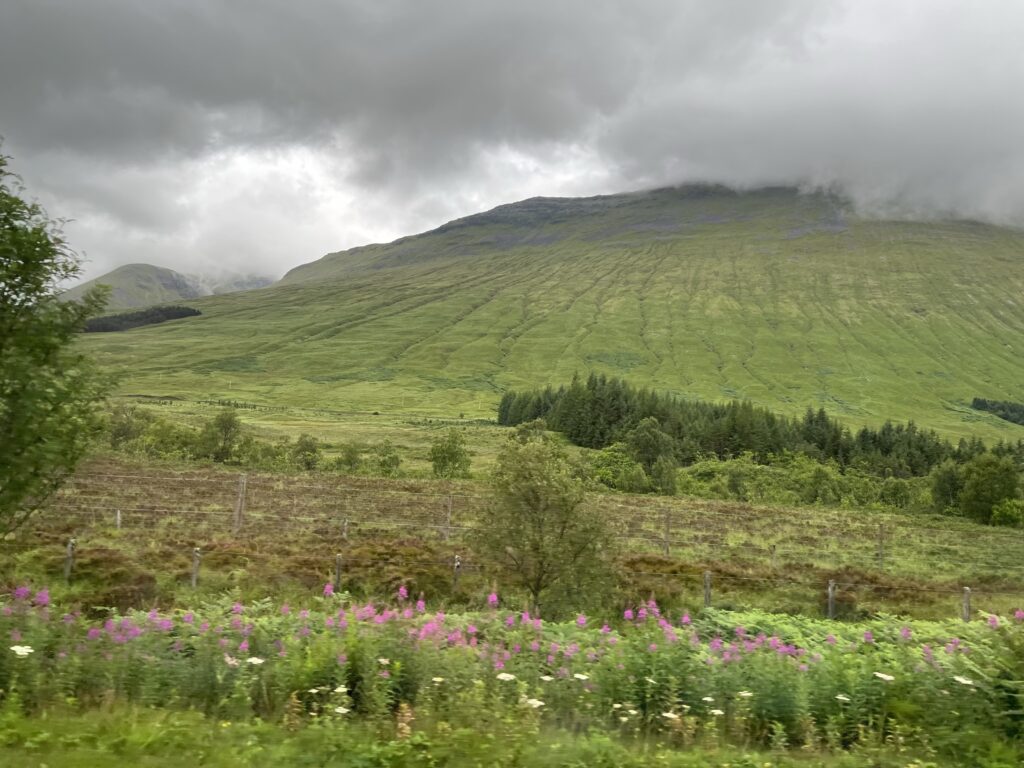
Rob Roy MacGregor levied blackmail from those whose cattle and estates he protected, and although an English garrison was stationed at Inversnaid, near Aberfoyle, he continually avoided falling into their hands. The year of his death was after 1738.
There are several single malt whisky distilleries in Argyll and Perthshire. In Argyll, the Oban Distillery produces the Oban 14-year-old single malt, which is one of Diageo’s Classic Malts13. In addition, the Mitchell’s Glengyle Distillery and the Glen Scotia Distillery are located in Argyll and Bute56. In Perthshire, the Aberfeldy Distillery produces a single malt that is blended with other whiskies2. Finally, the Ardnamurchan Distillery, located in Argyll, produces single cask releases of Highland single malt Scotch whisky4.
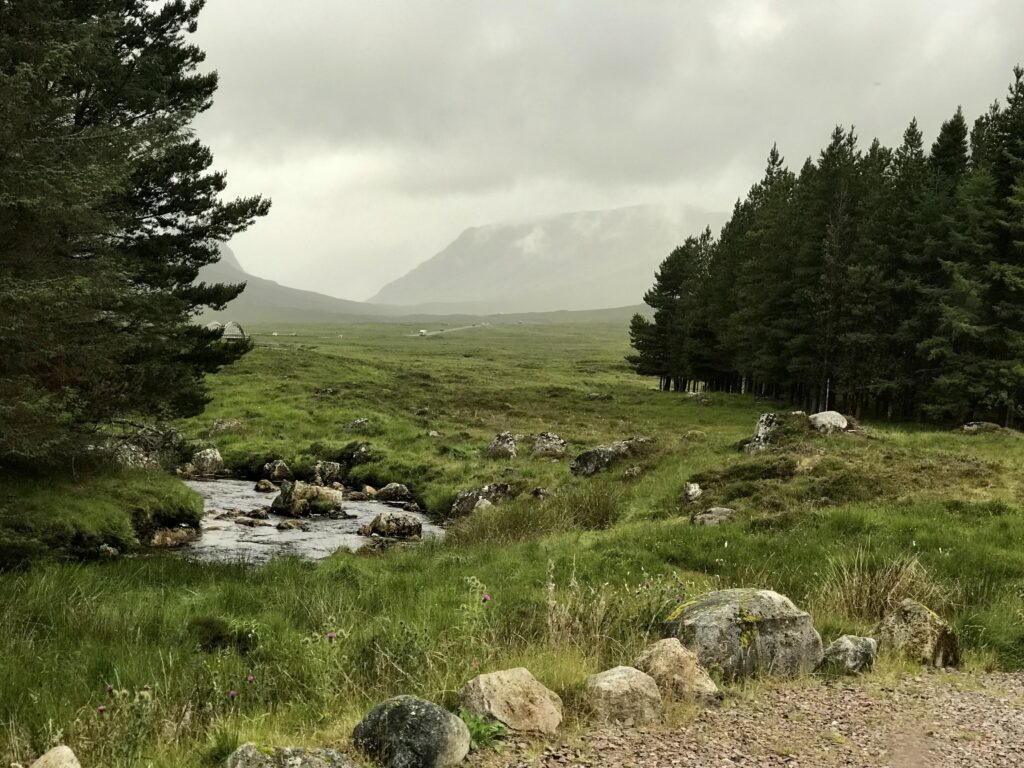
The previous three photos are Dalmally.
What flavor notes are single malt whiskies from Argyll and Perthshire none for?
Single malt whiskies from Argyll and Perthshire are known for their distinct flavor profiles. While the specific flavor notes can vary between distilleries, there are some general characteristics associated with whiskies from these regions. Here are the flavor notes that single malt whiskies from Argyll and Perthshire are known for:
- Coastal Influence: Due to their proximity to the coast, these whiskies often have a coastal feel. They may exhibit salty and briny characteristics, reminiscent of the sea1.
- Soft, Sweeter Peat Aroma: Some whiskies from these regions may have a soft and sweeter peat aroma. Peat is a type of fuel used in the malting process, and it can impart smoky and earthy flavors to the whisky1.
- Seaweed: Whiskies from these regions may also have subtle notes of seaweed. This can contribute to the overall maritime character of the whisky3.
It’s important to note that flavor profiles can vary between distilleries within Argyll and Perthshire, as each distillery may have its own unique production methods and aging processes. Therefore, it’s always recommended to explore different expressions from different distilleries to fully appreciate the range of flavors these regions have to offer.

what are some common flavor notes found in Speyside single malt whiskies
Speyside is a region in northeastern Scotland that is known for producing single malt whiskies with distinct flavor profiles. Here are some common flavor notes found in Speyside single malt whiskies:
- Fruity: Speyside whiskies are known for their fruity nature, with flavors ranging from ripe pears to sultanas3. Apple and pear are common flavors found in Speyside whiskies246.
- Sweet: Many Speyside whiskies have sweet notes, such as honey and vanilla2346. Some expressions may also have caramel and toffee notes6.
- Nutty: Speyside whiskies may have nutty flavors, such as almond and hazelnut36.
- Soft and Smooth: Speyside whiskies are often described as soft and smooth, with a gentle, elegant palate6. They may have a creamy texture and flavors reminiscent of ginger, cinnamon, and toast6.
- Sherry Influence: Many Speyside distilleries use sherry casks to age their whiskies, which can impart flavors of dried fruit, oak, and spice34.
It’s important to note that flavor profiles can vary between distilleries within Speyside, as each distillery may have its own unique production methods and aging processes. Therefore, it’s always recommended to explore different expressions from different distilleries to fully appreciate the range of flavors Speyside has to offer.
Sherry casks are commonly used to age Speyside single malt whiskies, and they have a significant impact on the flavor profile of the whisky. Here are some ways that sherry casks affect the flavor of Speyside whiskies:
- Sweetness: Sherry casks impart a certain sweetness to the whisky, with notes of vanilla, caramel, and honey15. This sweetness can balance out the natural bitterness of the whisky and make it more palatable.
- Dried Fruit: Sherry casks can also add flavors of dried fruit, such as raisins and apricots, to the whisky14.This can give the whisky a rich and full-bodied taste.
- Nuttiness: Sherry casks may also contribute nutty flavors, such as almonds and hazelnuts, to the whisky1.
- Spice: The oak from the sherry cask can give the whisky a hint of spice, such as cinnamon and nutmeg15.
- Chocolate and Coffee: Some sherry cask whiskies may also have notes of dark chocolate and coffee1.
It’s important to note that the specific flavor profile of a sherry cask-aged whisky can vary depending on the type of sherry used to season the cask, the length of aging, and the type of whisky1. However, in general, sherry casks tend to produce whiskies that are richer, sweeter, and more complex than whiskies aged in other types of casks5.
What is noteworthy about Struan Scotland? What Scotch Whiskey is brewed nearby? Did the Macgregor Clan live there? Did the Davidson Clan Live there? What other Clans lived there?
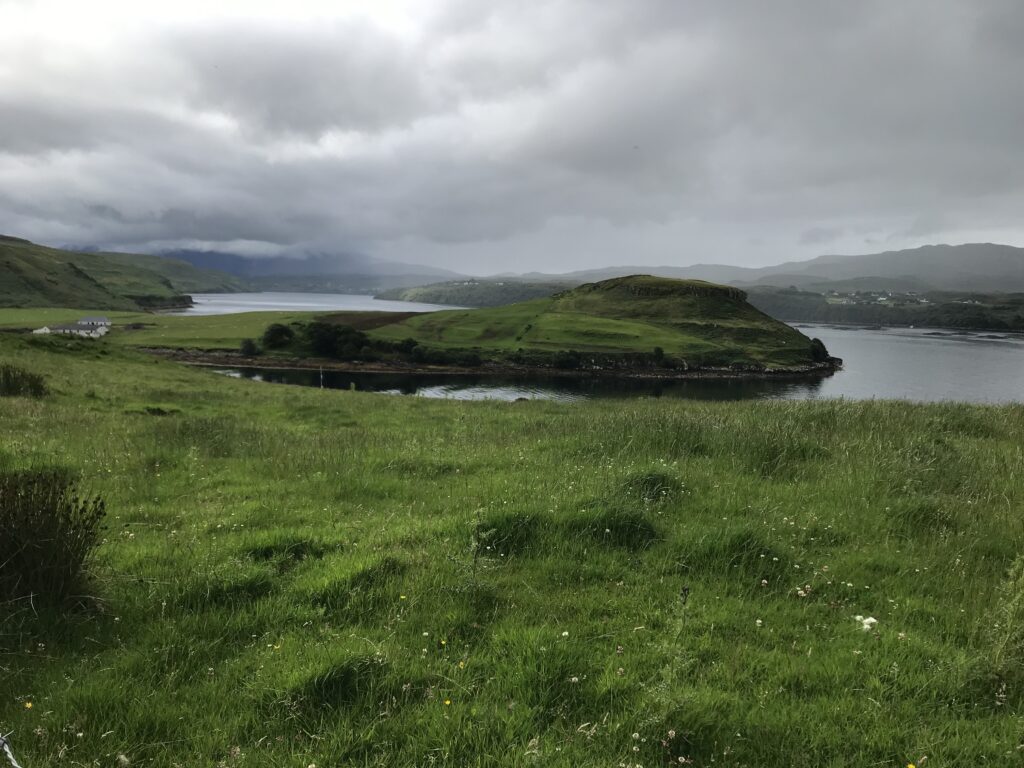
Struan is a village in Perthshire, Scotland. Here are the answers to the questions:
- Struan is the birthplace of Alexander Robertson of Struan, who was the chief of the Donnachaidh Clan and a poet1.
- The MacGregor Clan is one of the oldest clans in Scotland and is said to be descended from Kenneth MacAlpin, the king of Scotland in the 9th century. The MacGregor tartan is green and black, and their crest is a crowned lion rampant holding a dagger2.
- The Davidson Clan did not live in Struan, but they are a Scottish clan that originated in the Scottish Borders. Their tartan is green, navy blue, and black, and their crest is a stag’s head4.
- Other clans that lived in the area include the Robertson Clan, which is also known as the Donnachaidh Clan. Their tartan is red, green, and black, and their crest is a stag’s head with a cross between its antlers. The MacNicol Clan is another clan that lived in the area. Their tartan is green, blue, and black, and their crest is a boar’s head36.
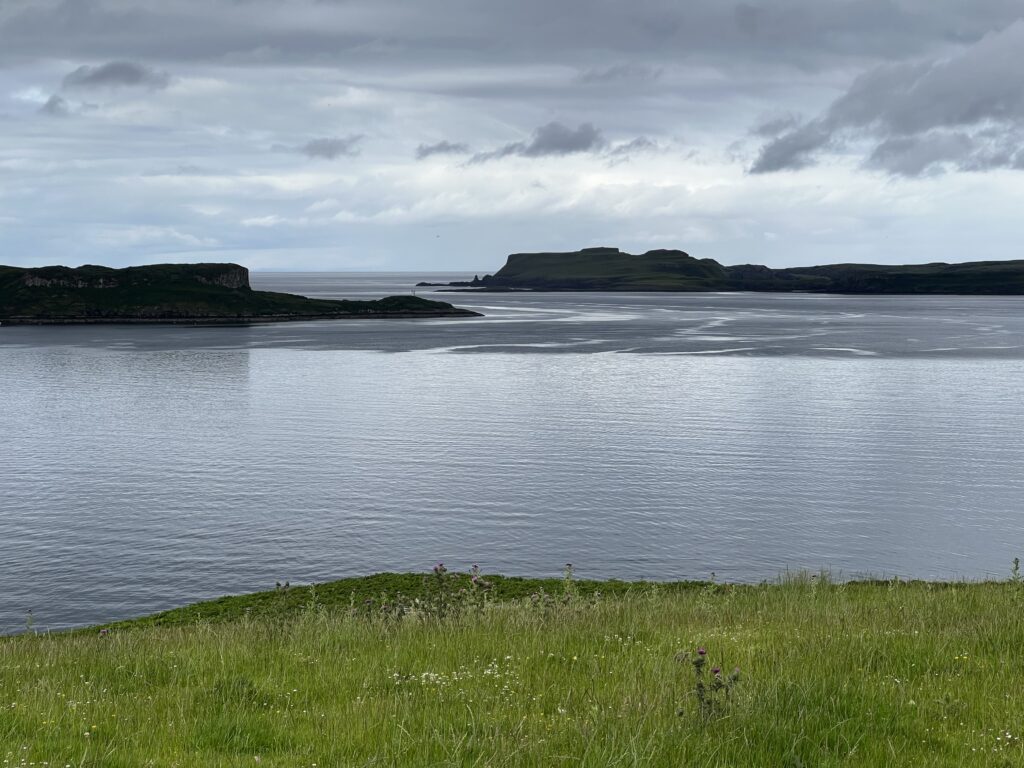
There is no information available on whether a Scotch whiskey is brewed nearby Struan.
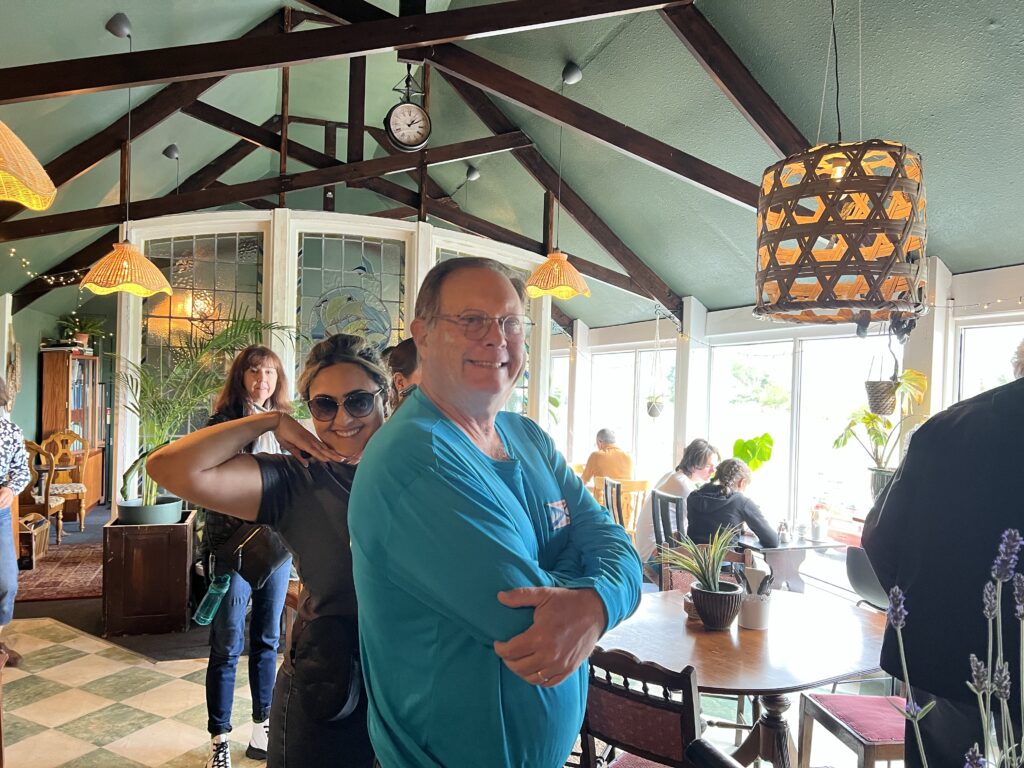
What is noteworthy about Perthshire Scotland? What Scotch Whiskey is brewed nearby? Did the Macgregor Clan live there? Did the Davidson Clan Live there? What other Clans lived there?
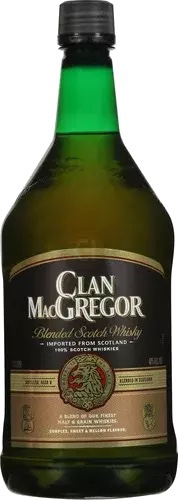
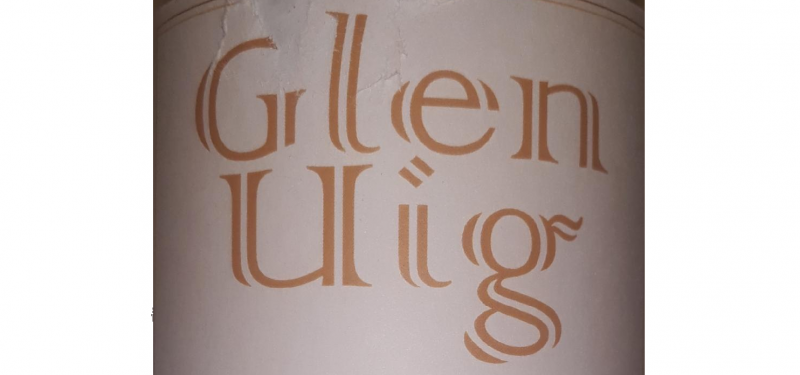
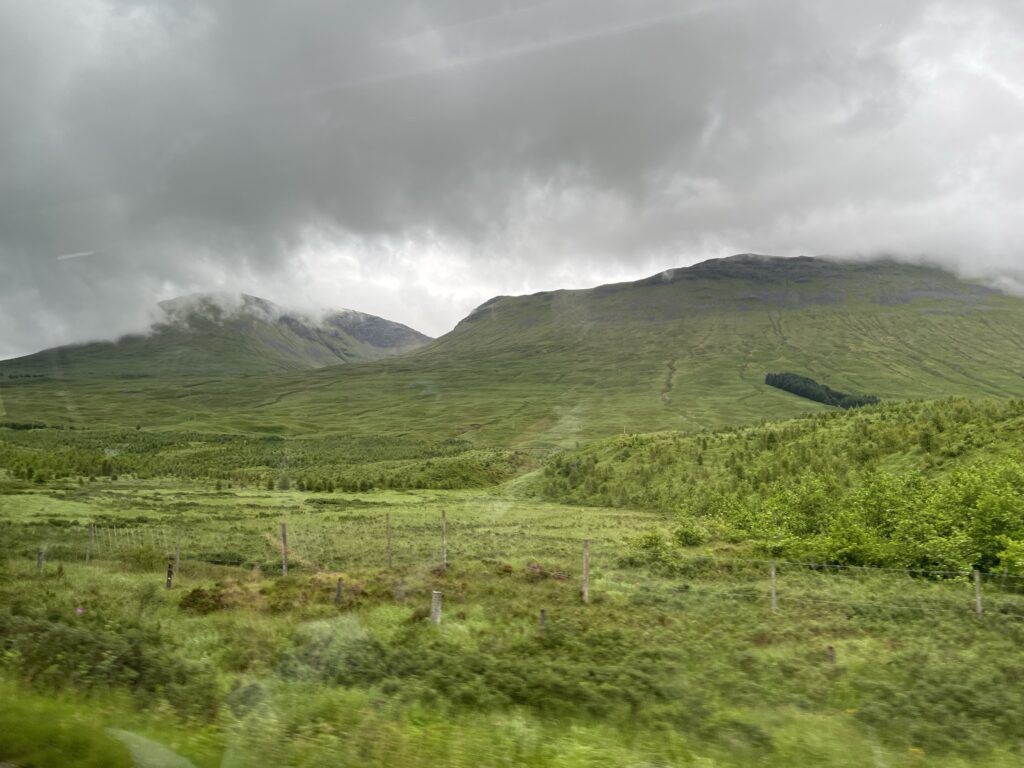
Perthshire is a historic county in central Scotland. Here are the answers to the questions:
- Perthshire is known for its beautiful landscapes, including mountains, forests, and lochs. It is also home to many historic castles and houses, such as Blair Castle and Scone Palace4.
- There are several Scotch whiskies brewed in Perthshire, including Aberfeldy, Dewar’s, and Edradour4.
- The MacGregor Clan is one of the oldest clans in Scotland and is said to be descended from Kenneth MacAlpin, the king of Scotland in the 9th century. The MacGregor tartan is green and black, and their crest is a crowned lion rampant holding a dagger1.
- The Davidson Clan did not live in Perthshire, but they are a Scottish clan that originated in the Scottish Borders. Their tartan is green, navy blue, and black, and their crest is a stag’s head3.
- Other clans that lived in Perthshire include the Robertson Clan, which is also known as the Donnachaidh Clan. Their tartan is red, green, and black, and their crest is a stag’s head with a cross between its antlers5. The MacNicol Clan is another clan that lived in the area. Their tartan is green, blue, and black, and their crest is a boar’s head6.
what is the history of Glendale Scotland
The history of Glendale, Scotland is marked by significant events and the struggle for crofting freedom. Here are some key points:
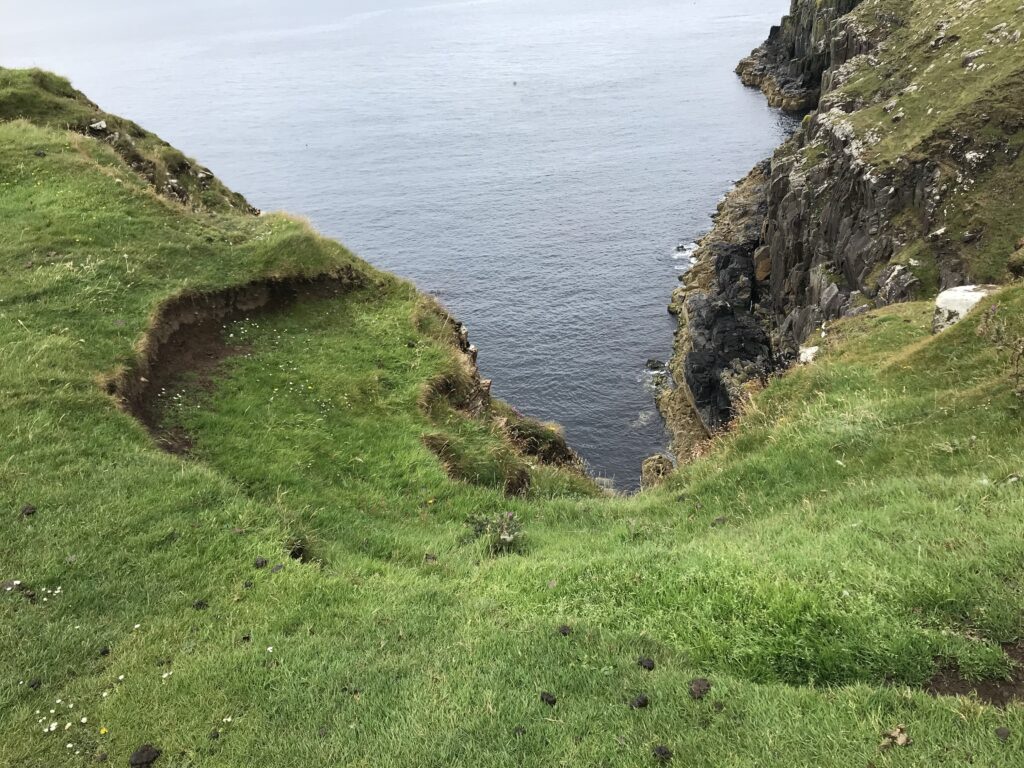
- Glendale Martyr: In 1883, John MacPherson, known as the Skye Martyr, was arrested in Glendale. His arrest played a pivotal role in emancipating tenant crofters from the control of absentee landlords1.
- Community Ownership: Glendale became a community-owned estate in 1904. However, it took the crofters over 50 years to fully pay for the estate1.
- Crofting Freedom: Glendale Estate was born out of the desire for crofting freedom. A group of dedicated individuals fought against the power of landlords to establish the estate3.
- Highland Clearances: Glendale, like many other areas in the Scottish Highlands, experienced the impact of the Highland Clearances in the 19th century. Immigrants cleared from other north Skye estates settled in Glendale during the 1830s and 1840s56.
- Significance: The events that unfolded in Glendale were considered extraordinary and had a significant impact on the Highlands. Historian Neil Oliver emphasized the importance of communities remembering and teaching their own history to the wider community2.
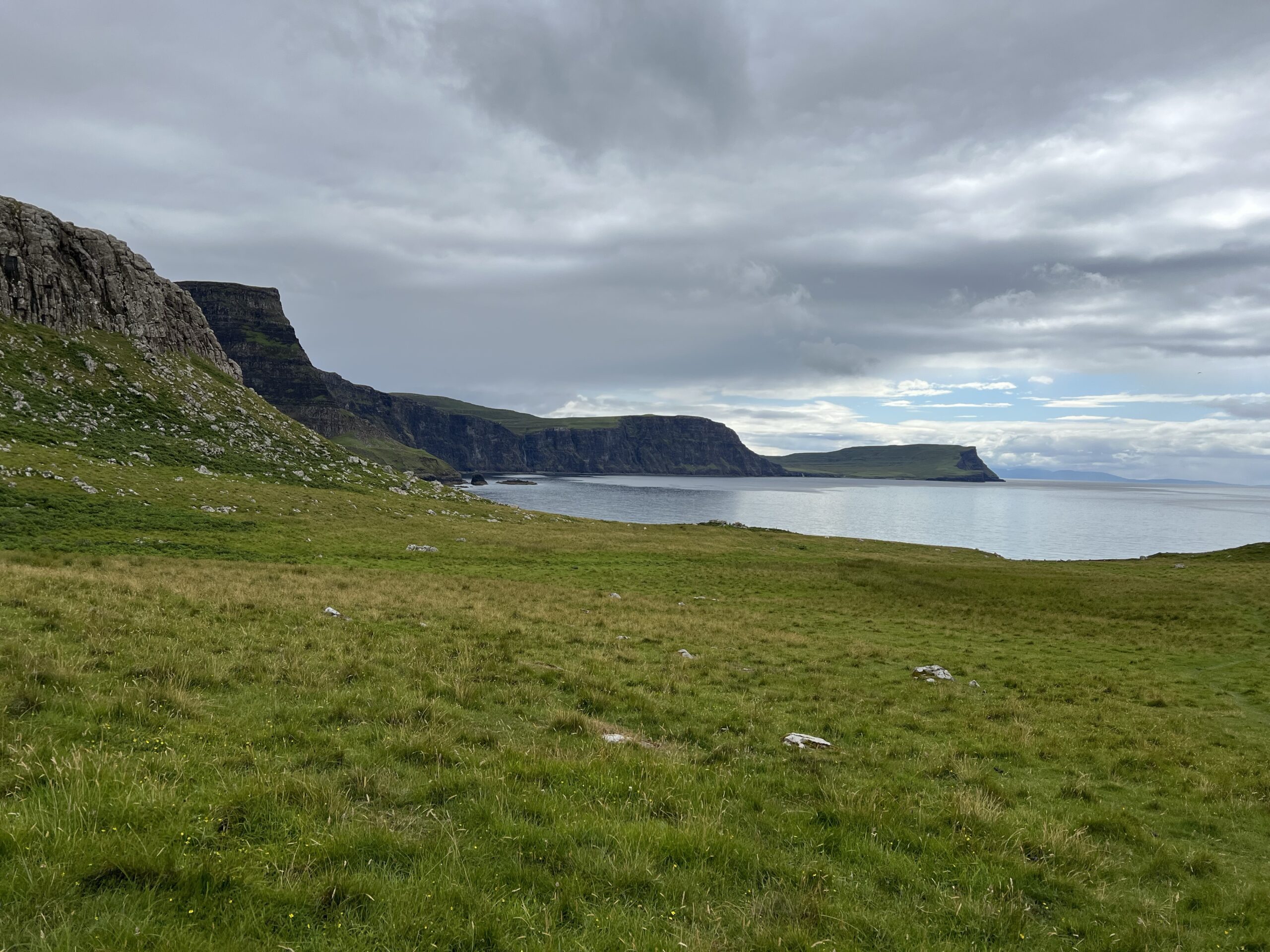
Overall, Glendale’s history is intertwined with the struggle for crofting freedom and the impact of the Highland Clearances. The events that took place in Glendale have left a lasting legacy on the community and its significance is recognized by historians4.
how did the community ownership of Glendale come about
The community ownership of Glendale began in 1904 when the estate was acquired by the government6.The estate was then sold to the crofters over a period of 50 years, with the last payment made in 19541. The idea of community ownership began with a small group of dedicated men who met to fight for crofting freedom2.
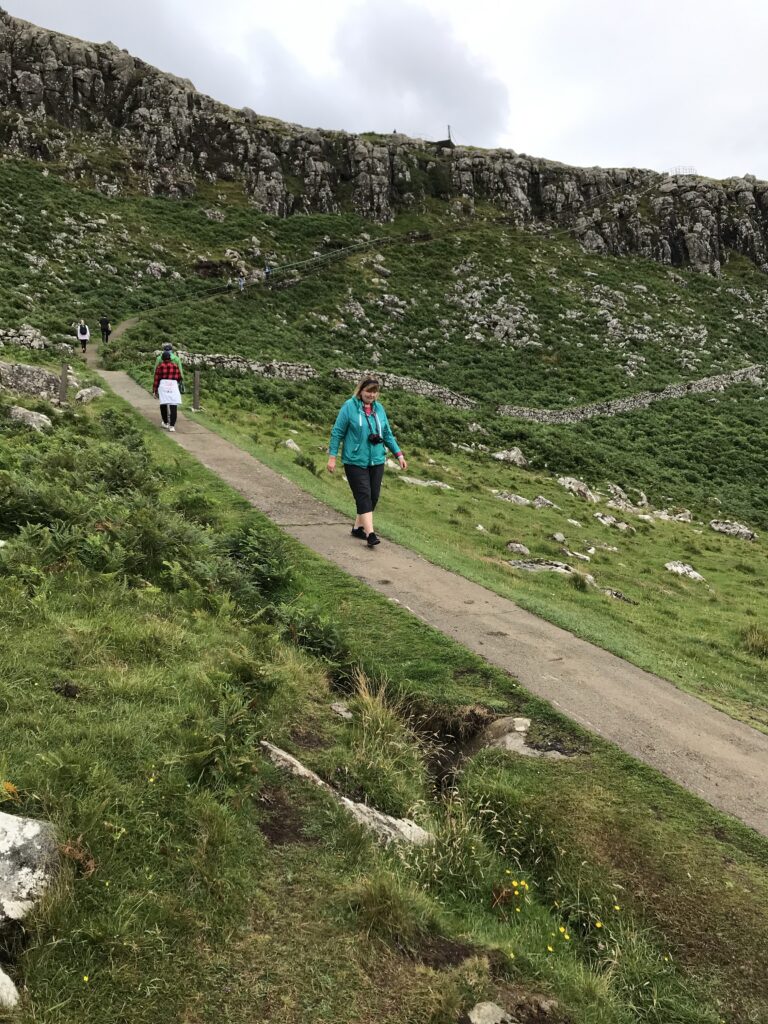
The community ownership of Glendale is unique and has been recognized as a significant part of the history of the Scottish Highlands4. Today, the estate encompasses several small crofting townships and is home to a shop, post office, cafes, and historic buildings1.
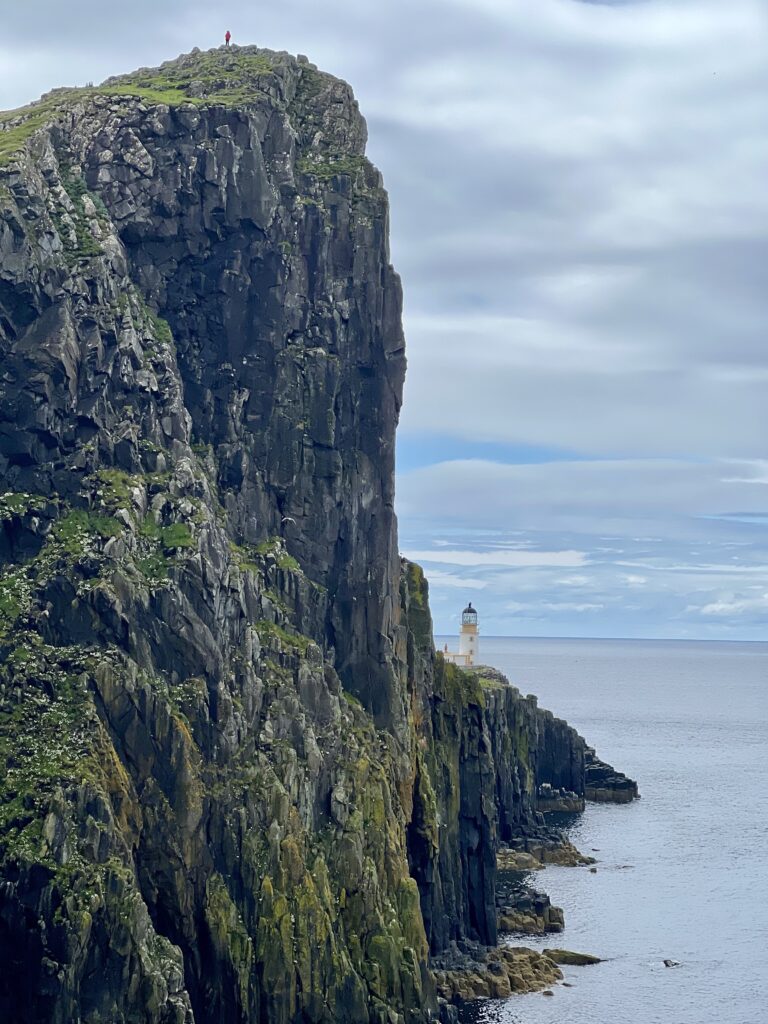
What are the crafters?
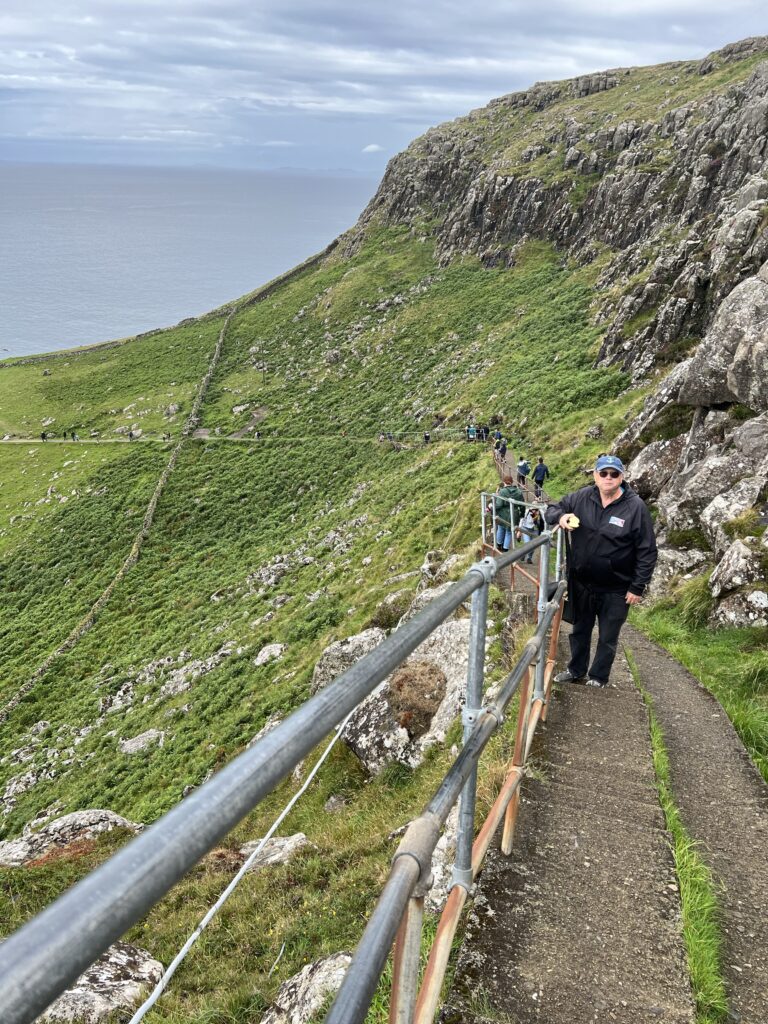
Crofters are small-scale farmers who traditionally lived in the Scottish Highlands and Islands. They typically farm on rented land, known as a croft, and raise livestock and crops for subsistence and sale. Crofting is a way of life that has been passed down through generations and is an important part of Scottish culture.
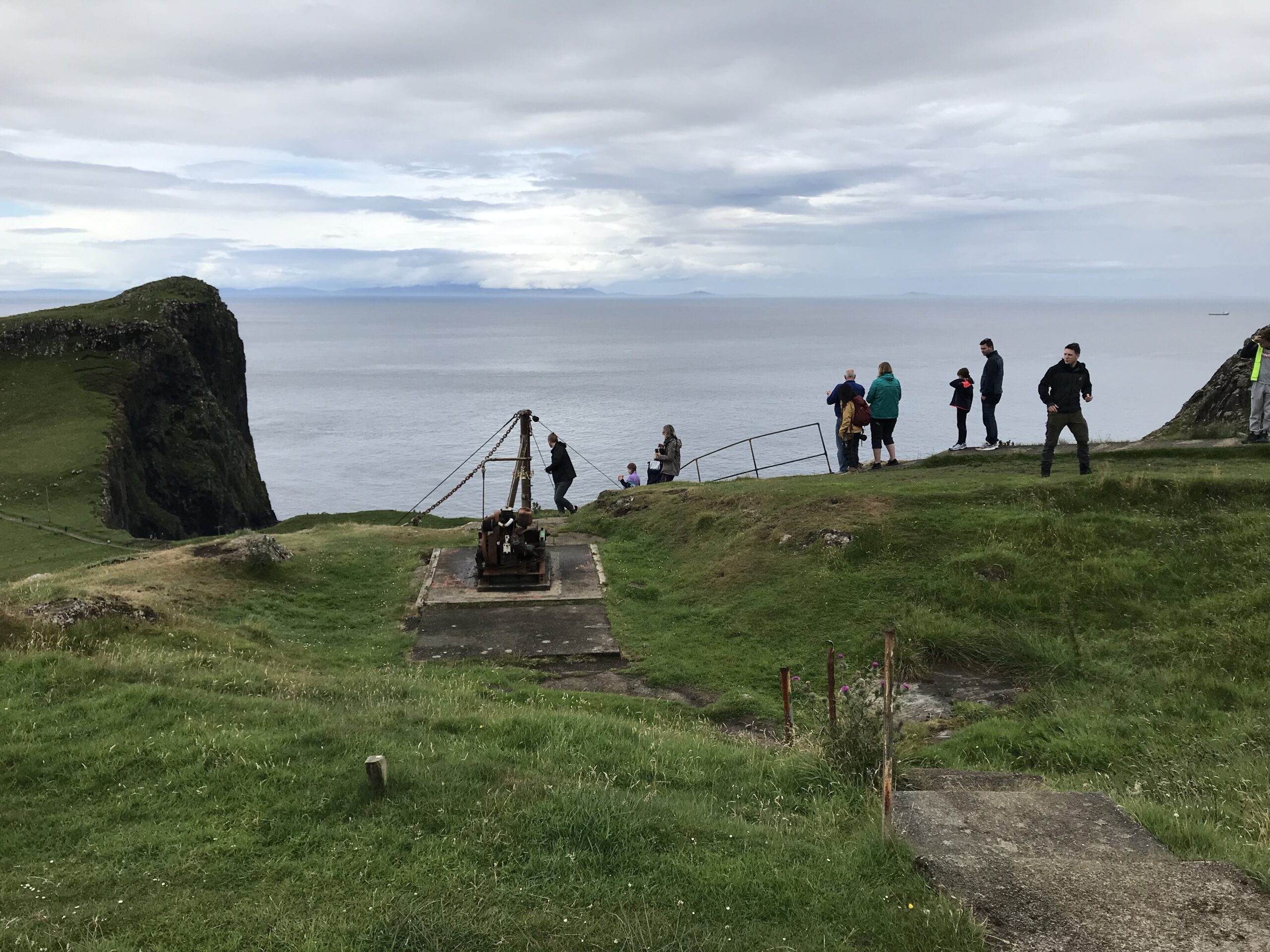
The crofters of Glendale, Scotland, played a significant role in the struggle for crofting freedom in the late 19th century. They fought against the power of absentee landlords and eventually acquired the Glendale Estate through community ownership in 1904123. The crofters of Glendale were known for their resilience and determination in the face of adversity, and their story has become a symbol of the struggle for land reform in Scotland3.
What is noteworthy about Dunvegan Scotland? What Scotch Whiskey is brewed nearby? Did the Macgregor Clan live there? Did the Davidson Clan Live there? Did other clans live there?
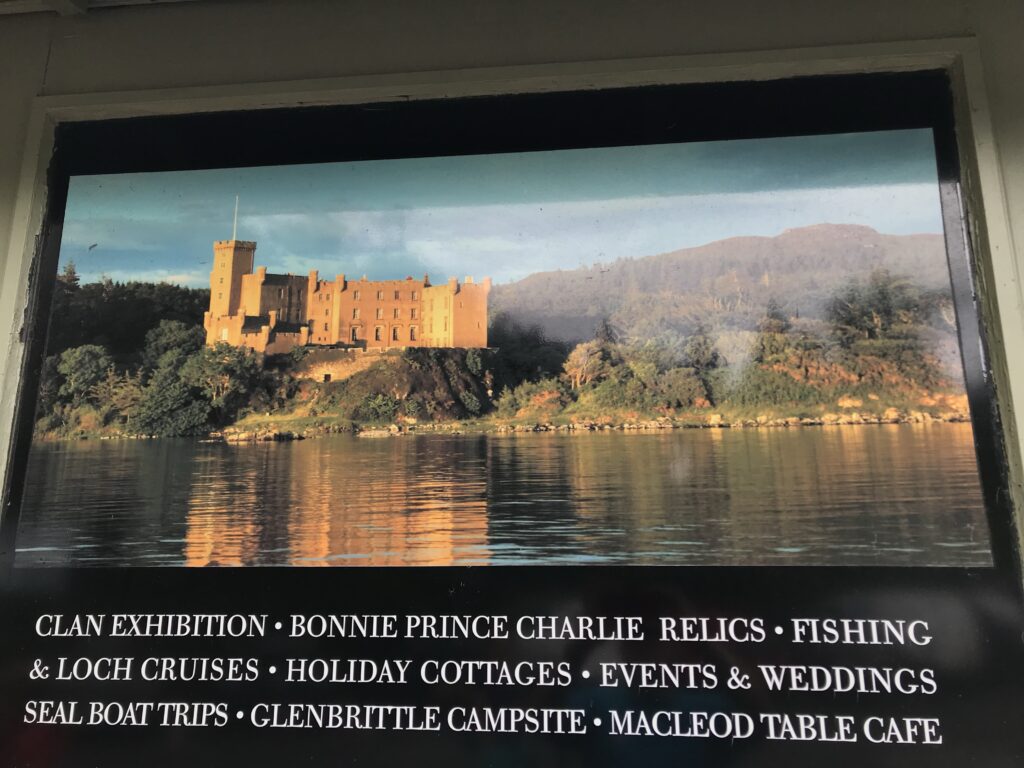
Dunvegan is a village on the Isle of Skye in Scotland, famous for Dunvegan Castle, the oldest continuously inhabited castle in Scotland and the ancestral home of the Chiefs of Clan MacLeod14. Clan MacGregor, one of the oldest clans in Scotland, is also associated with the area, and their whisky, Clan MacGregor Scotch, is brewed nearby26. The MacGregor Clan is said to be descended from Kenneth MacAlpin, the king of Scotland in the 9th century5. It is unclear whether the Davidson Clan lived in Dunvegan, as there is no mention of them in the search results. However, it is possible that other clans lived in the area, as Dunvegan is within the parish of Duirinish, and Duirinish Parish Church is at Dunvegan4.
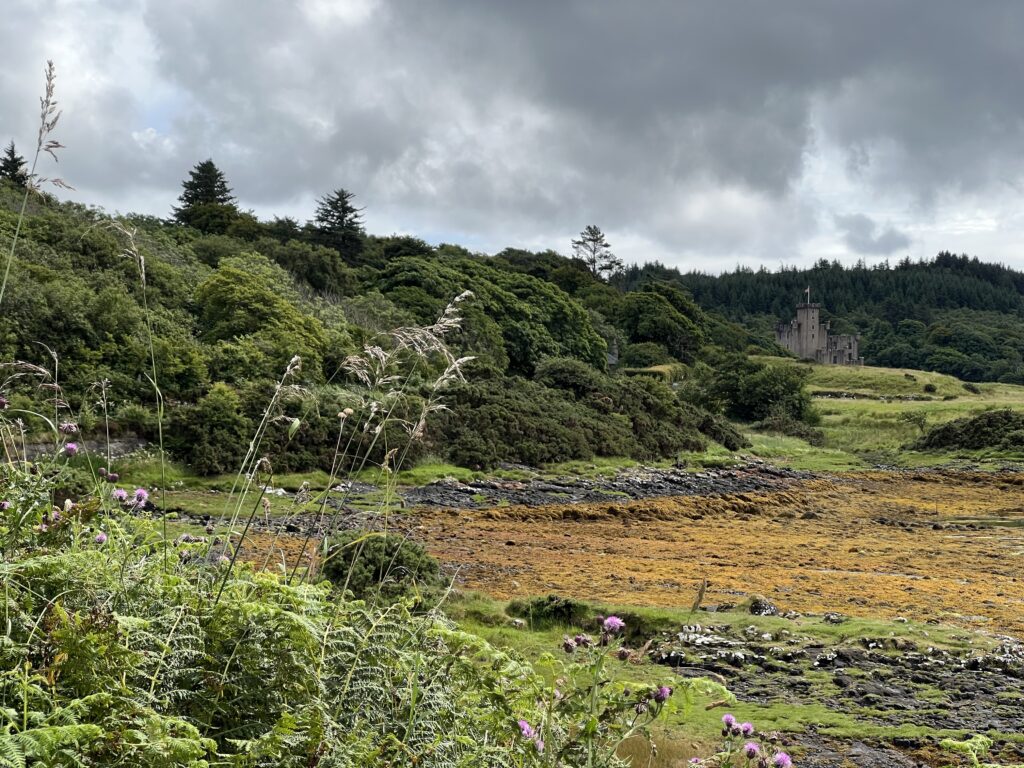
what is the history of Dunvegan Castle and the MacLeod Clan
Dunvegan Castle is located on the Isle of Skye in Scotland and is the oldest continuously inhabited castle in Scotland24. The castle has been the stronghold of the Chiefs of MacLeod for nearly 800 years and is the seat of the MacLeod of MacLeod, chief of the Clan MacLeod2346.
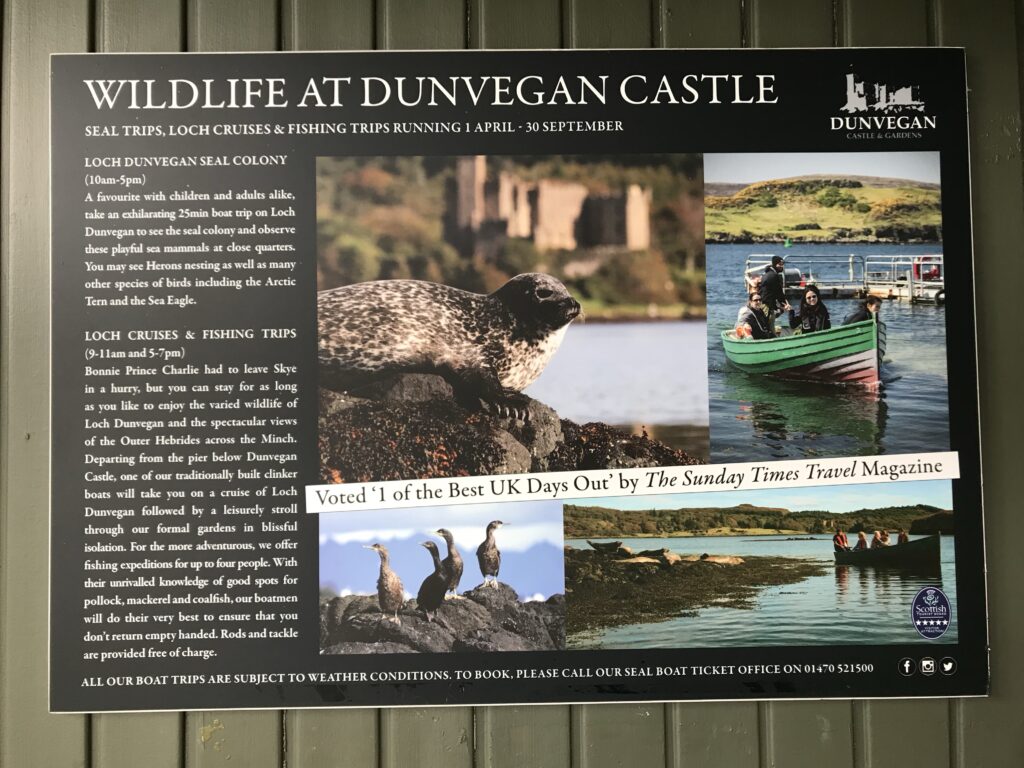
The castle was first built in the 13th century and developed over the centuries3. The whole castle was remodelled in a mock-medieval style in the 19th century3. Dunvegan has been continuously occupied by the chiefs of Clan MacLeod in an unbroken line stretching back for over 7 centuries and 30 generations4. The Macleods of Dunvegan have a long history dating back to the 13th century1. The MacLeod Clan is one of the oldest clans in Scotland and has its home at Dunvegan Castle12.
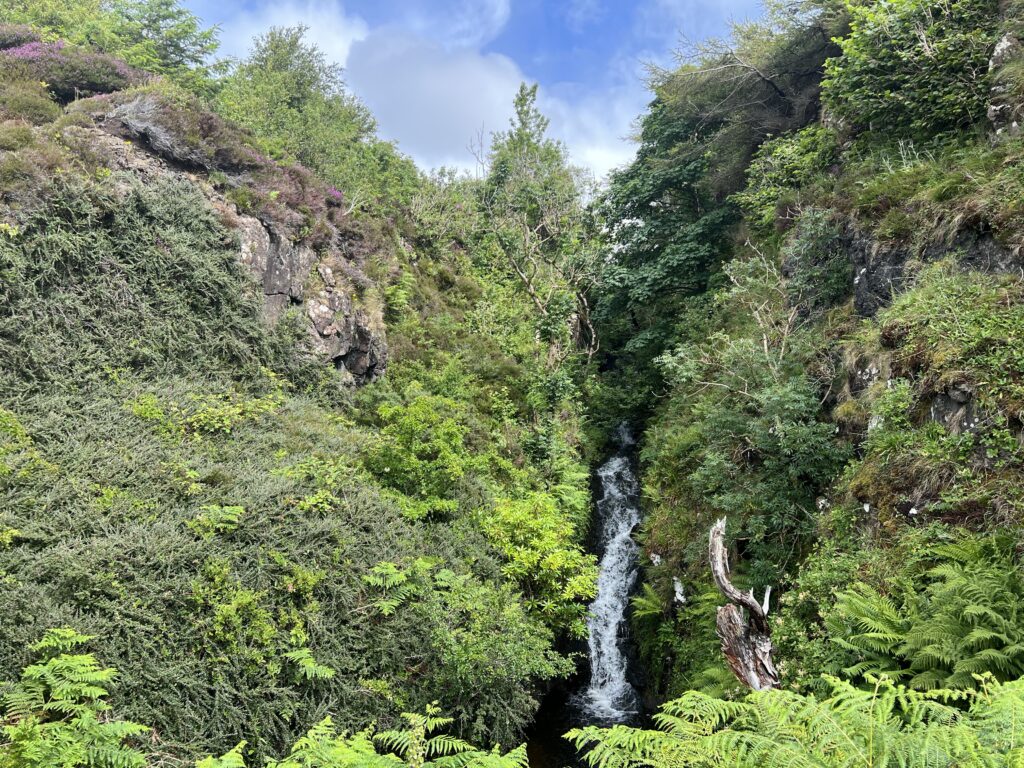
What is noteworthy about Balnacnoc Scotland? What Scotch Whiskey is brewed nearby? Did the Macgregor Clan live there? Did the Davidson Clan Live there?
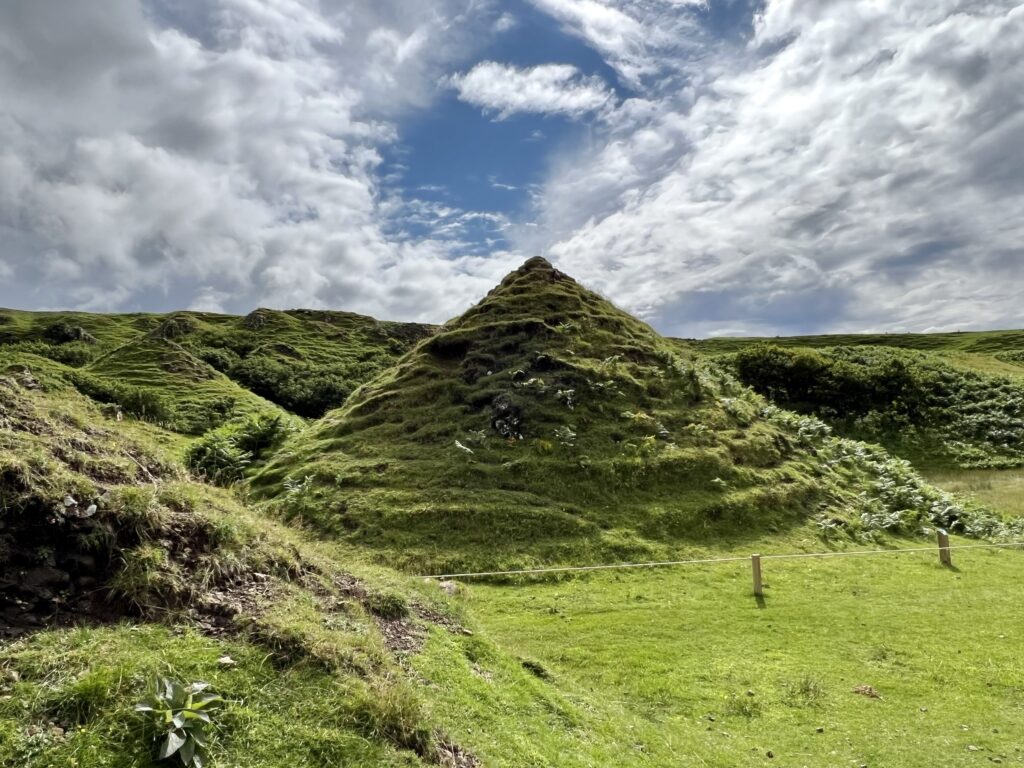
Balnacnoc is a small village located in the Scottish Highlands, known for its beautiful scenery and outdoor activities such as hiking and fishing.
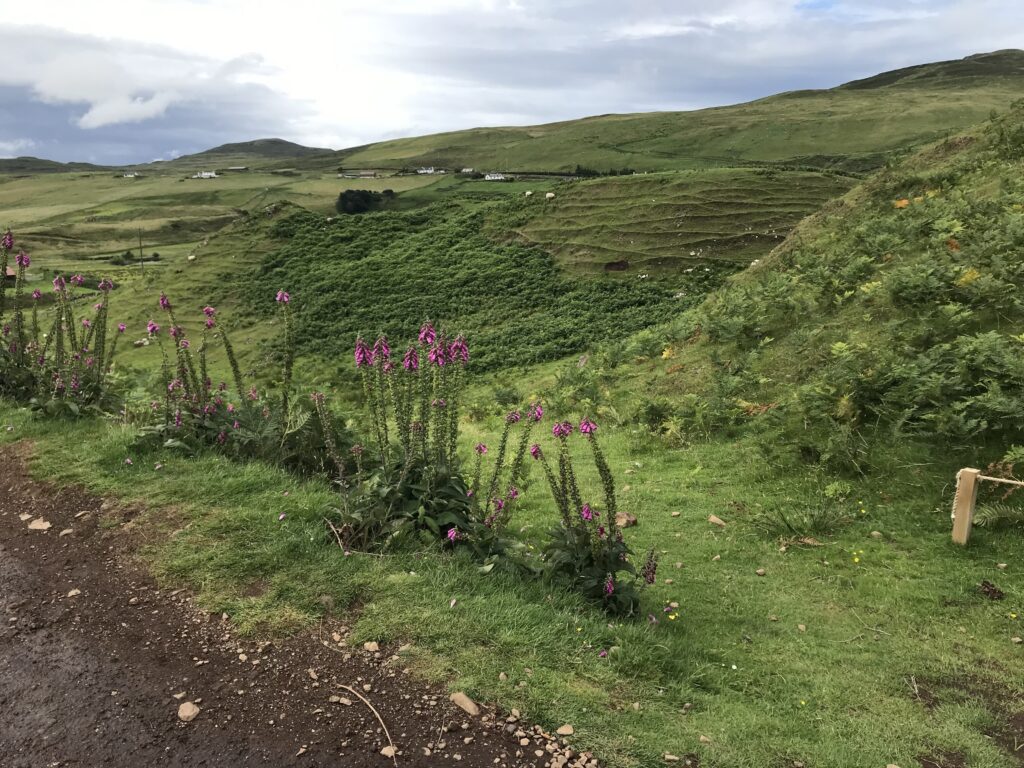
The Balnacnoc Village is located near the Isle of Skye and the town of Portree.
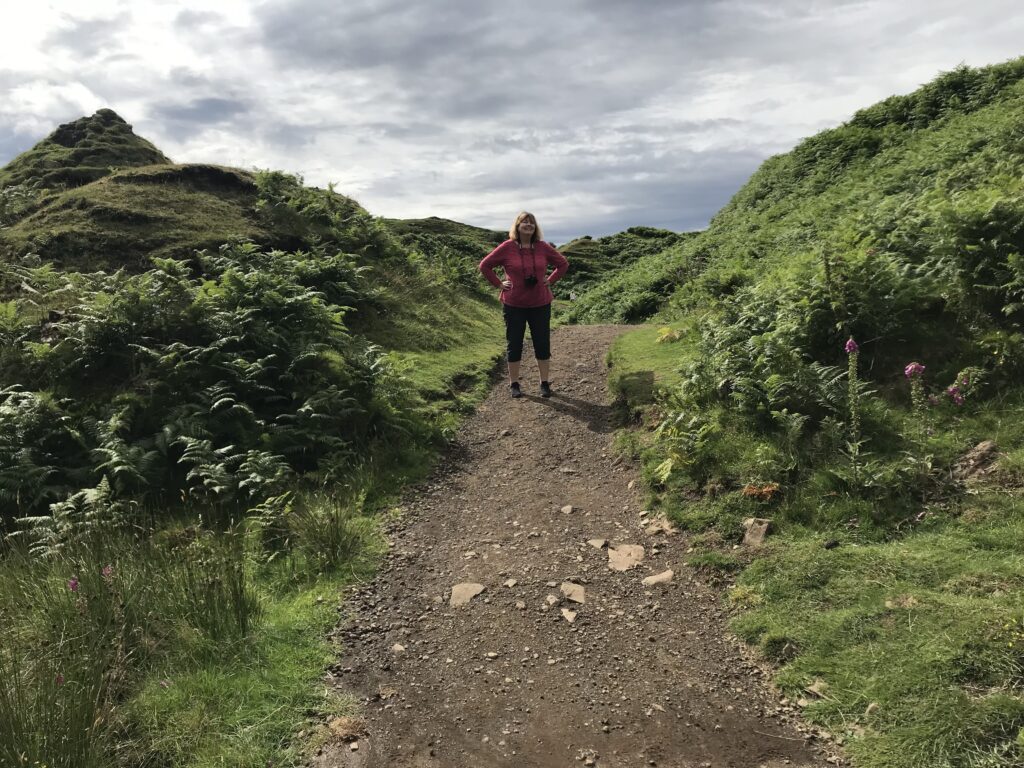
Clan MacGregor Blended Scotch Whisky is brewed nearby Balnacnoc, Scotland. It is made using fifteen of the finest malt and grain whiskies from the heart of Scotland123456.The MacGregor Clan is one of Scotland’s oldest clans, and Clan MacGregor Blended Scotch Whisky honors their renowned history that dates back to the 14th century23.
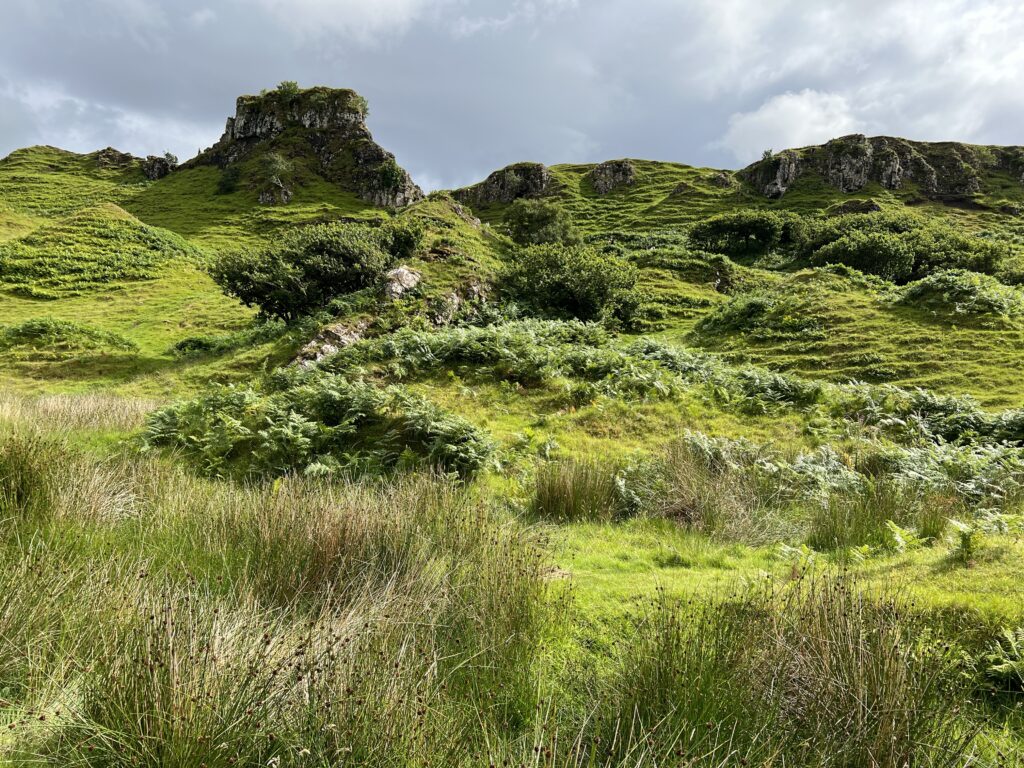
What is noteworthy about Uig Scotland? What Scotch Whiskey is brewed nearby? Did the Macgregor Clan live there? Did the Davidson Clan Live there?
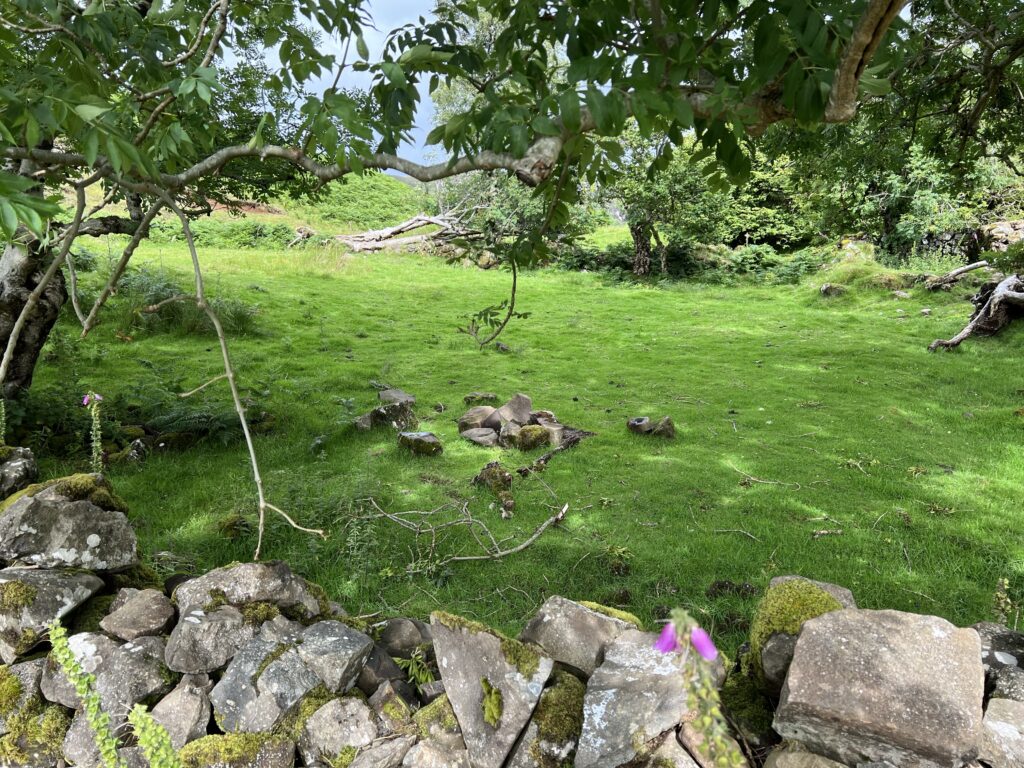
Uig is a small village located on the Isle of Skye in Scotland. It is known for its stunning scenery, including the Trotternish Ridge and the Fairy Glen. The village is also home to the Uig Hotel, which is a popular destination for tourists visiting the area1.There is no information available to suggest that any Scotch Whiskey is brewed specifically in Uig, Scotland.
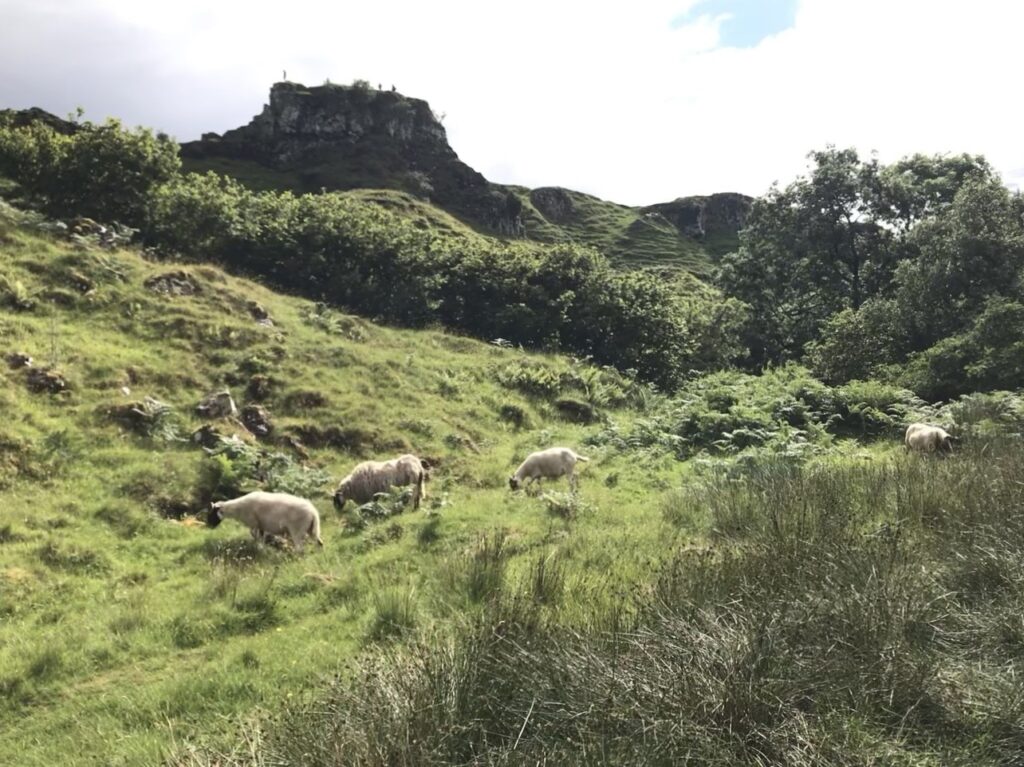
However, Glen Uig is a brand of Scotch Whiskey that is distilled in Scotland1. Glen Uig is one of the brands owned by the company that also produces Clan MacGregor Blended Scotch Whisky2.
The MacGregor Clan is one of Scotland’s oldest clans, and Clan MacGregor Blended Scotch Whisky honors their renowned history that dates back to the 14th century23. The Davidson Clan is a Scottish clan that originated in the Scottish Borders. There is no information available to suggest that the Davidson Clan lived in Uig, Scotland4.Overall, Uig is a beautiful village located on the Isle of Skye, and it is a popular destination for tourists visiting Scotland.
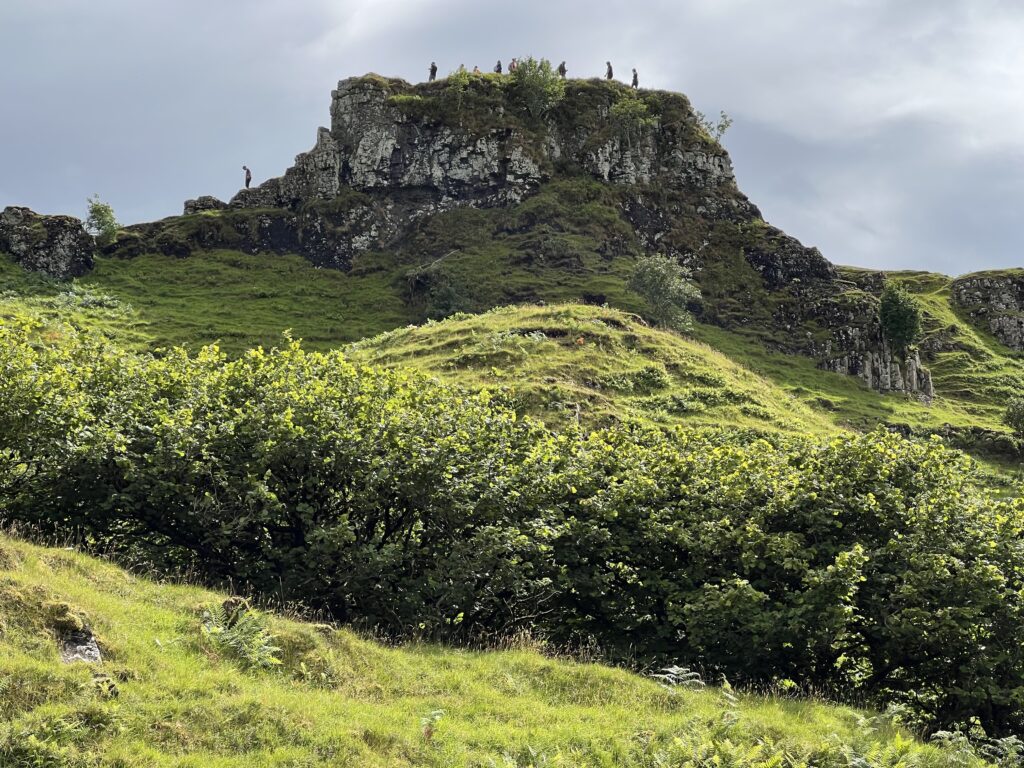
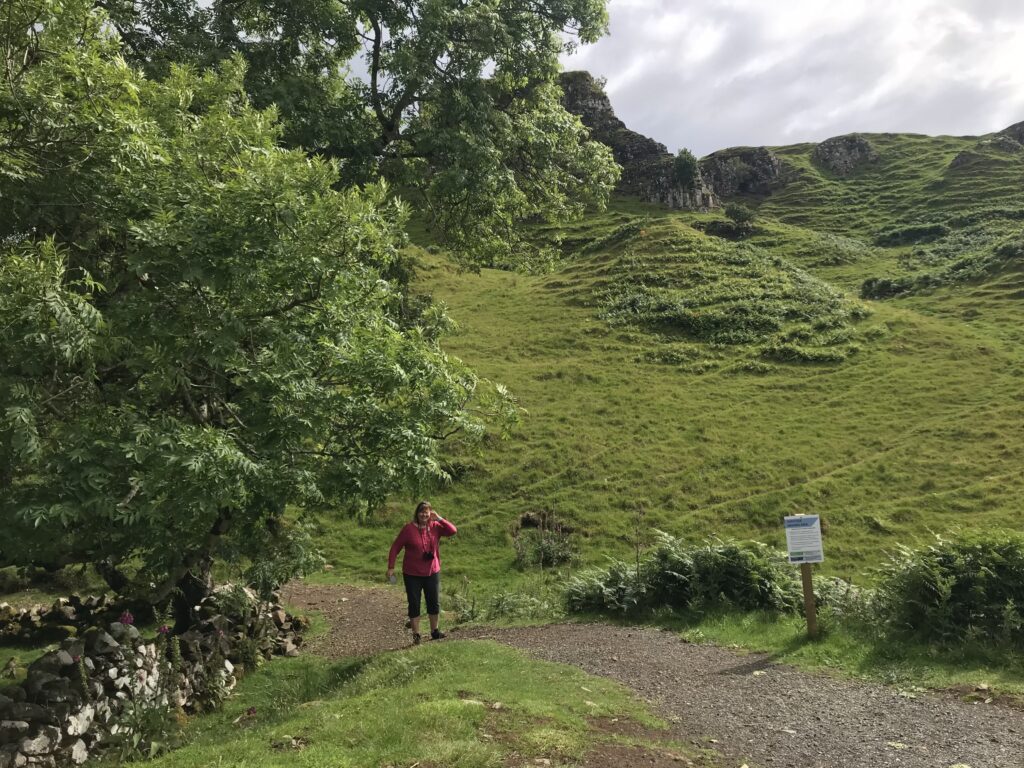
Scotch whisky, oh how it flows,
From the Isle of Skye, where the wind blows.
With hillsides rolling and fairy pools,
This Scottish island is full of jewels.
The MacGregors, a clan of old,
Their story is one that’s often told.
Rob Roy, a cattle dealer and rogue,
His legend lives on, like a Scottish brogue.
On the Isle of Skye, there’s much to see,
From hidden valleys to the shimmering sea.
Take a tour of the Highlands and whisky,
And explore the beauty that’s so risky.
Edinburgh Castle, a sight to behold,
Skip the line and hear stories told.
Learn about the kings and queens of old,
And see where the Royal Military Tattoo unfolds.
So raise a glass of Scotch whisky high,
To the Isle of Skye and the MacGregors nigh.
May their stories and beauty never die,
And may we always remember with a sigh.
The Scotch Whisky Experience is a visitor attraction located on Castlehill in the Old Town of Edinburgh, Scotland3. It offers guided tours and whisky tutoring sessions, as well as a shop, corporate spaces, and the Amber Restaurant & Whisky Bar3.
The facility aims to educate visitors about Scotch whisky, covering topics such as production, geography, and appreciation of Scotland’s native spirit4.
The vault at The Scotch Whisky Experience contains one of the world’s largest collections of Scotch whiskies2. It is not specified which specific whiskies are included in the vault, such as Glenlivet, Glenfiddich, or Glenmorangie. However, it is likely that a variety of single malts, including those starting with the word “glen,” are present in the vault2.
In terms of the regions of Scotland, Glenlivet is a Speyside whisky, while Glenfiddich and Glenmorangie are also known for their Speyside origins6.
The term “glen” in the name of a whisky typically refers to a valley or glen in Scotland, and it does not have a specific meaning in selecting a single malt whisky6.
Regarding the MacGregors, they were a Scottish clan that faced persecution and were involved in conflicts with other clans and the government in the past. It is not mentioned in the search results whether MacGregors were specifically taken to Edinburgh for trial and punishment.
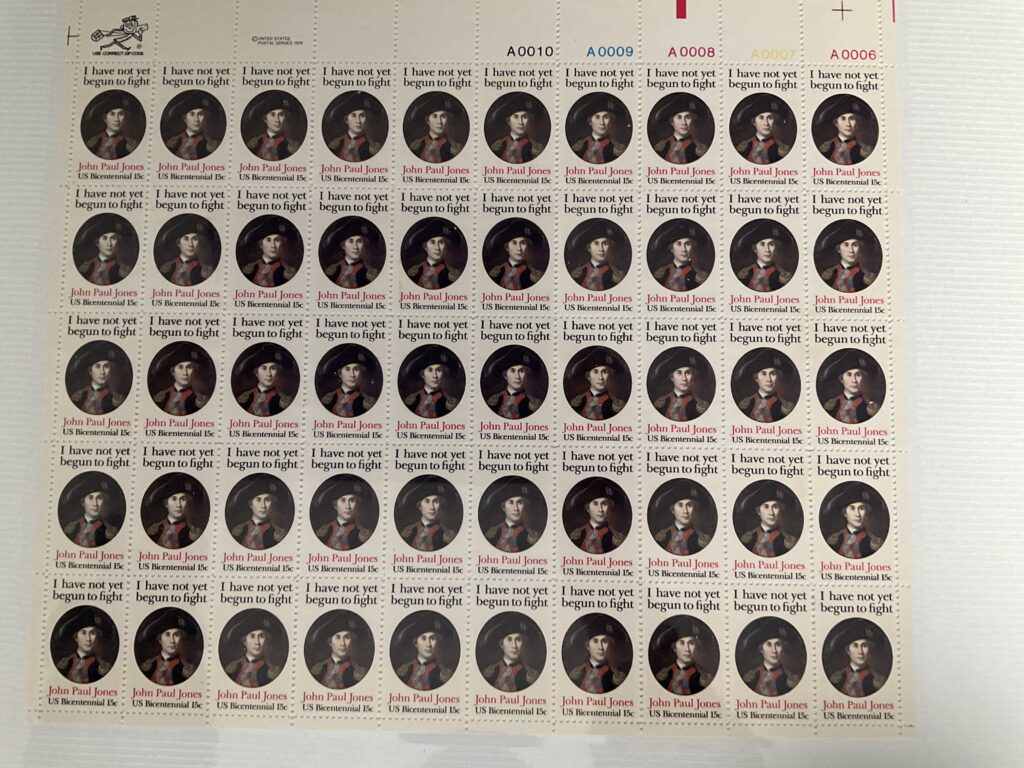
John Paul Jones, the renowned naval commander of the American Revolutionary War, was born in poverty in southwest Scotland on July 6, 1747. He was the fourth child of John Paul and Jean Duff, who had seven children in total. John Paul’s father, also named John Paul, was a gardener on the estate of Arbigland.
John Paul Jones’ formal education ended when he was apprenticed to his first ship at the age of 13. He later became a merchant shipmaster by the age of 21. John Paul Jones added “Jones” to his name to conceal his identity after being involved in killing a mutinous sailor in self-defense. The name “Jones” was taken from the bondsman who supported him while he was managing his late brother’s estate in Virginia.
Jones’s daring naval exploits, including his famous quote “I have not yet begun to fight,” have cemented his legacy as a pivotal figure in American history2. John Paul Jones’s legacy is evident in the honors he received, including a medal struck by the Congress of the United States, knighthood from England, and knighthood from France, reflecting the widespread recognition of his remarkable achievements2.
In summary, John Paul Jones is of historic interest due to his exceptional leadership, strategic prowess, and heroism as a naval commander during the American Revolutionary War. His famous quote “I have not yet begun to fight” encapsulates his indomitable spirit and has contributed to his enduring legacy as a key figure in American history2.
His family’s history in the USA is primarily linked to his own contributions as a naval commander and his legacy as a key figure in American history. Given his Scottish heritage, a scotch from the region of southwest Scotland, such as a Lowland or Campbeltown single malt, might be a fitting choice to evoke memories of his upbringing.



Is this one from the Island as well? https://deliawhisky.de/en-in/products/talisker-the-distillers-edition-2022
https://www.tastingtable.com/1461989/underrated-scotch-whiskies-need-to-buy/